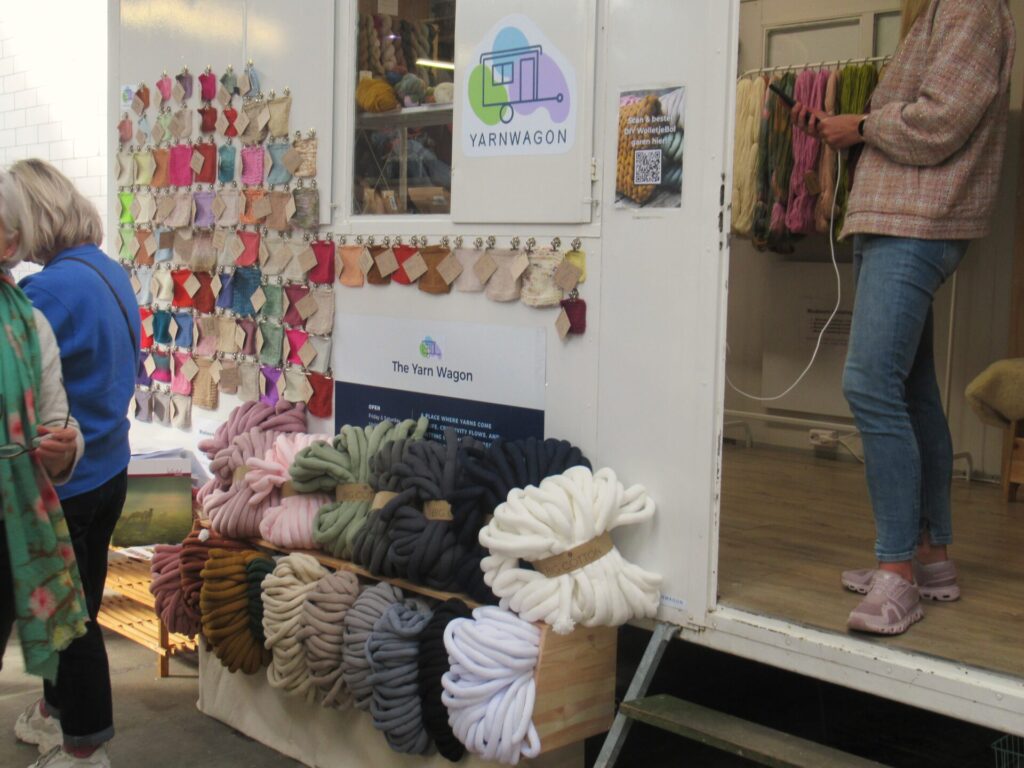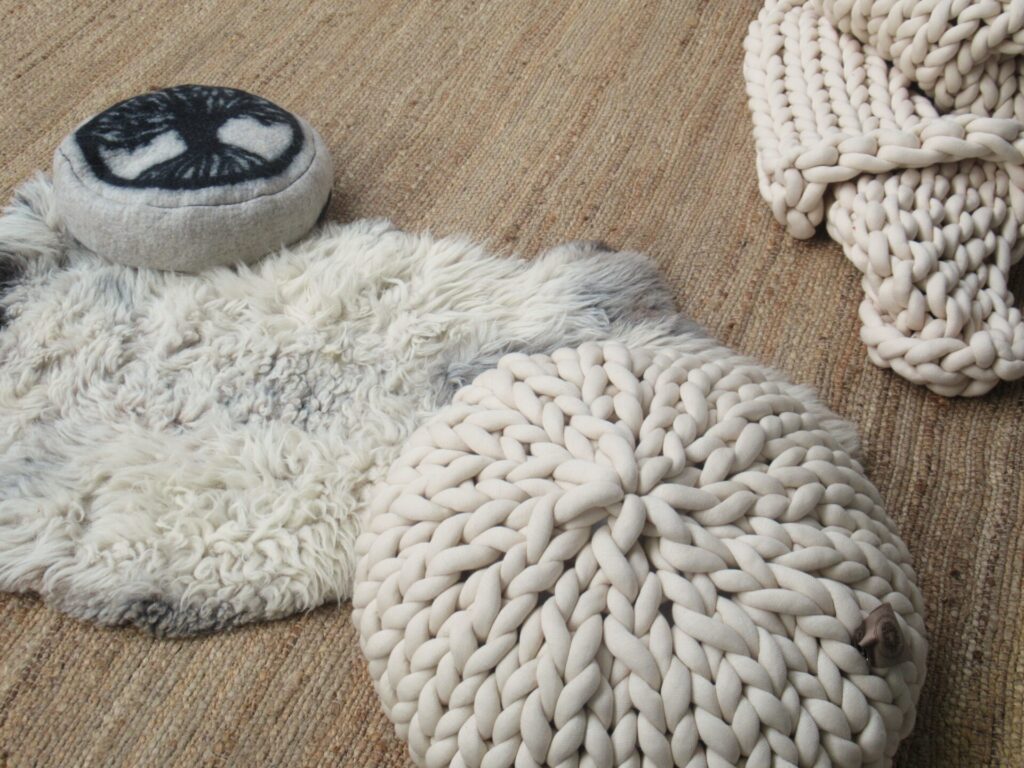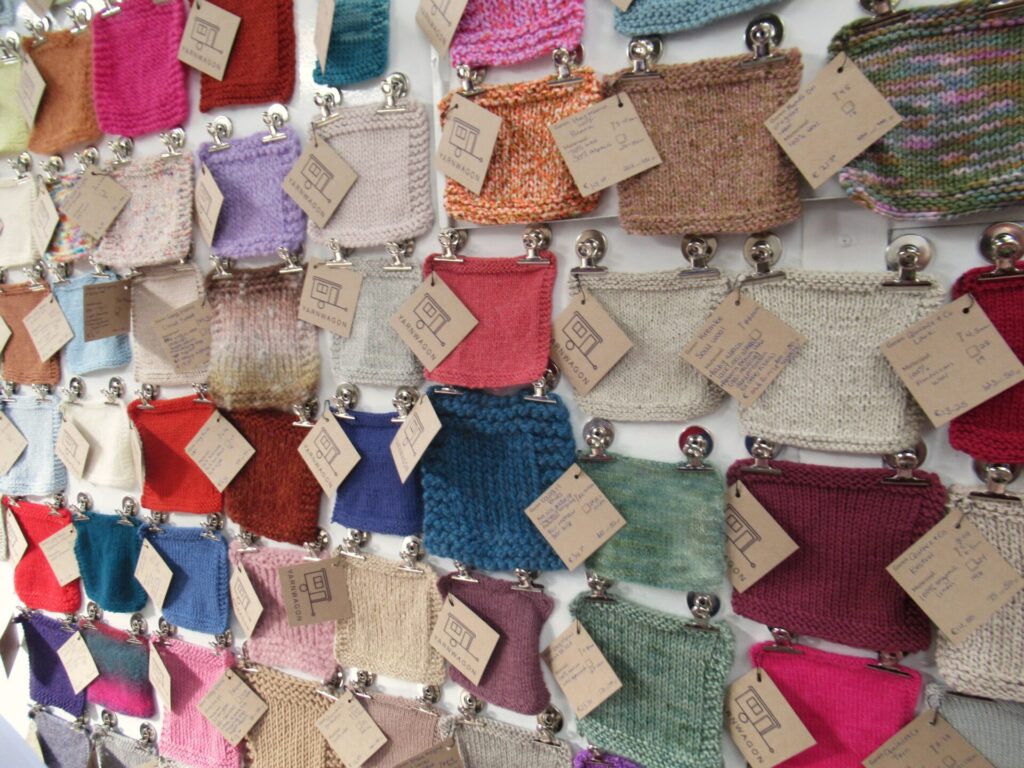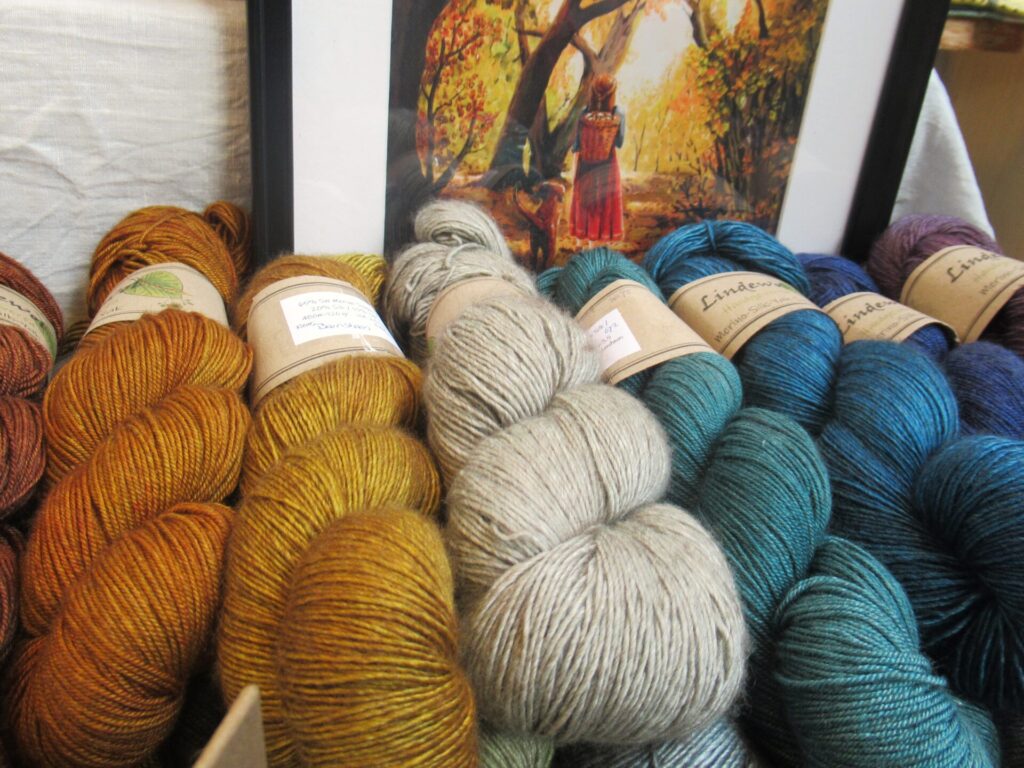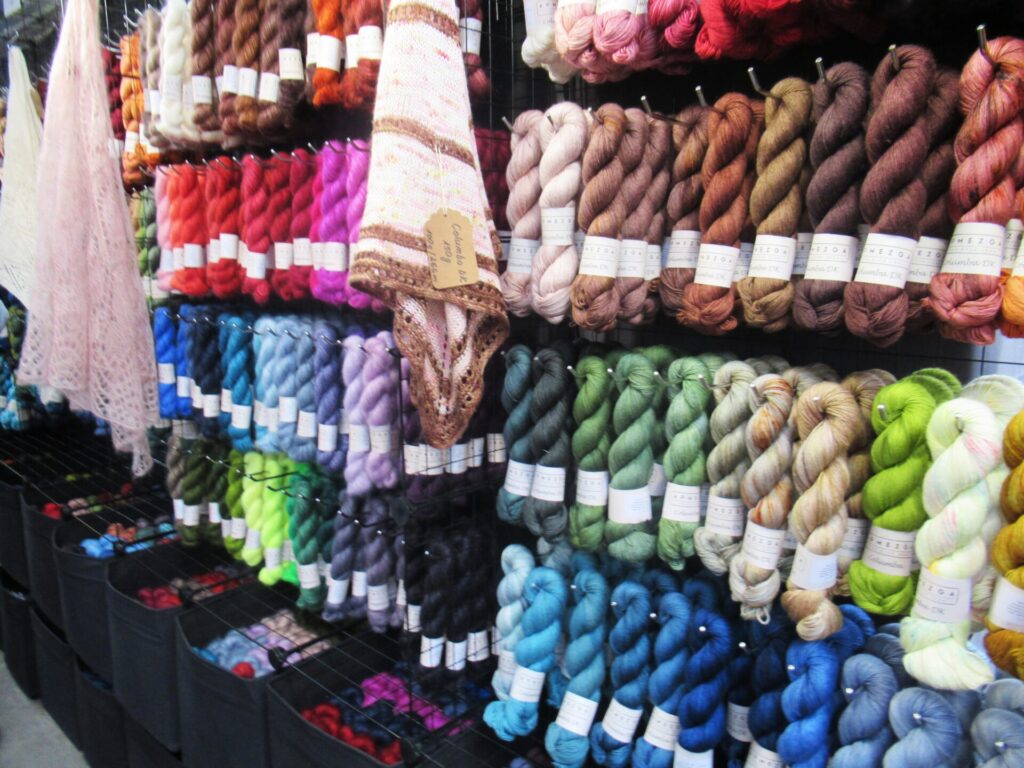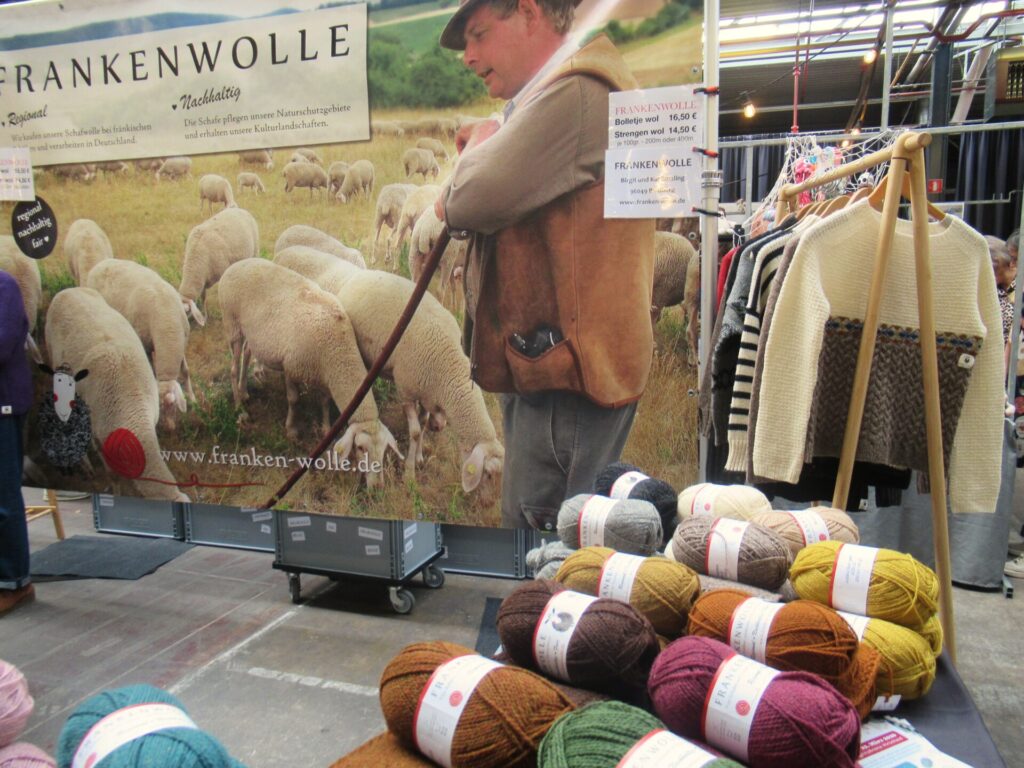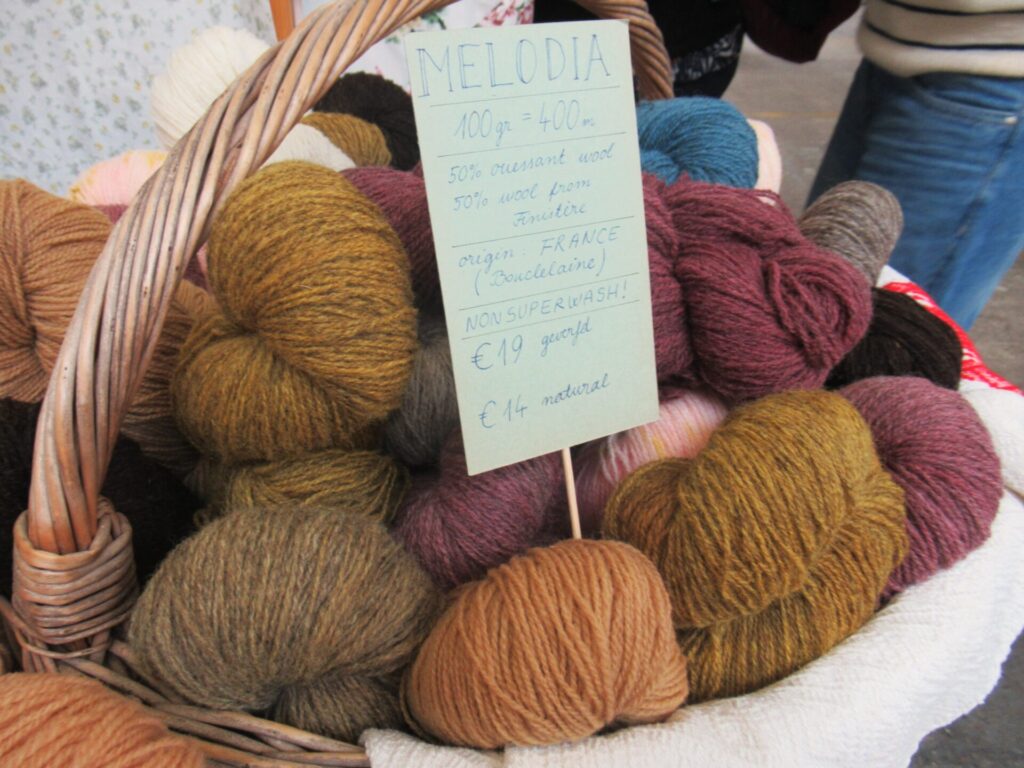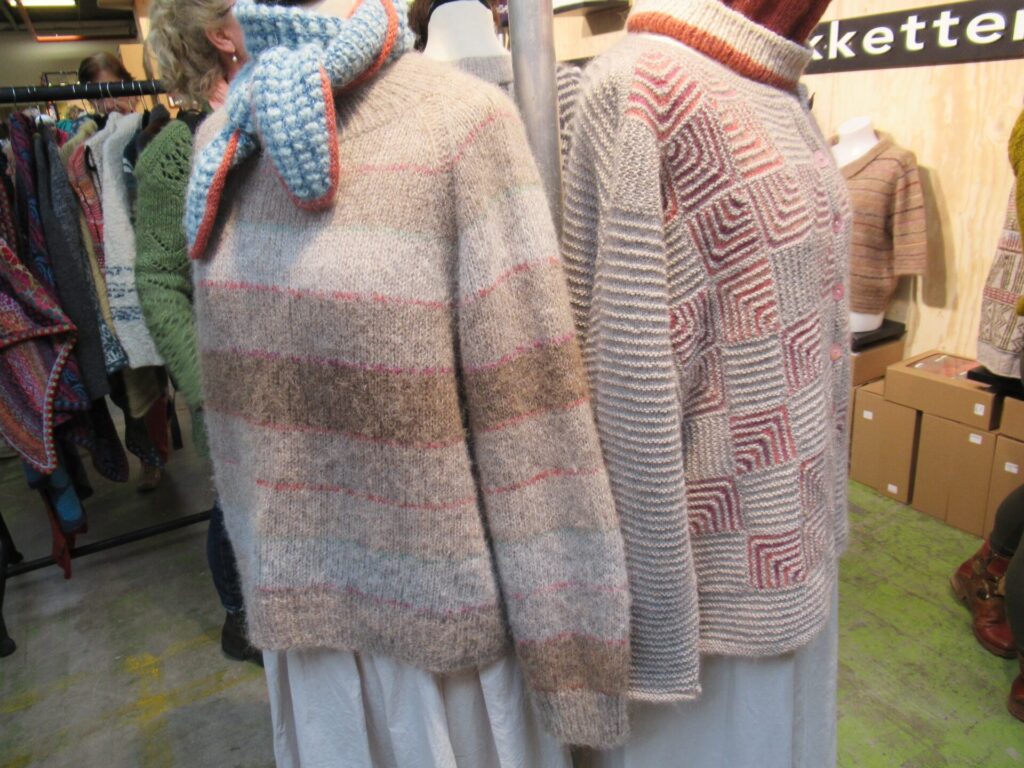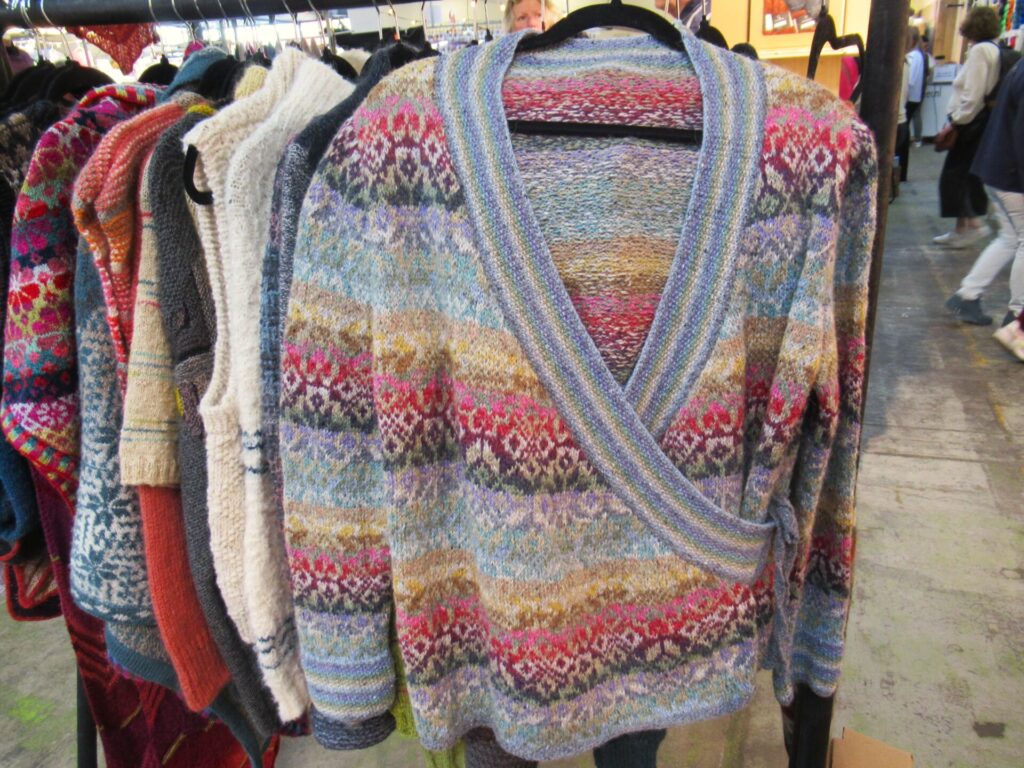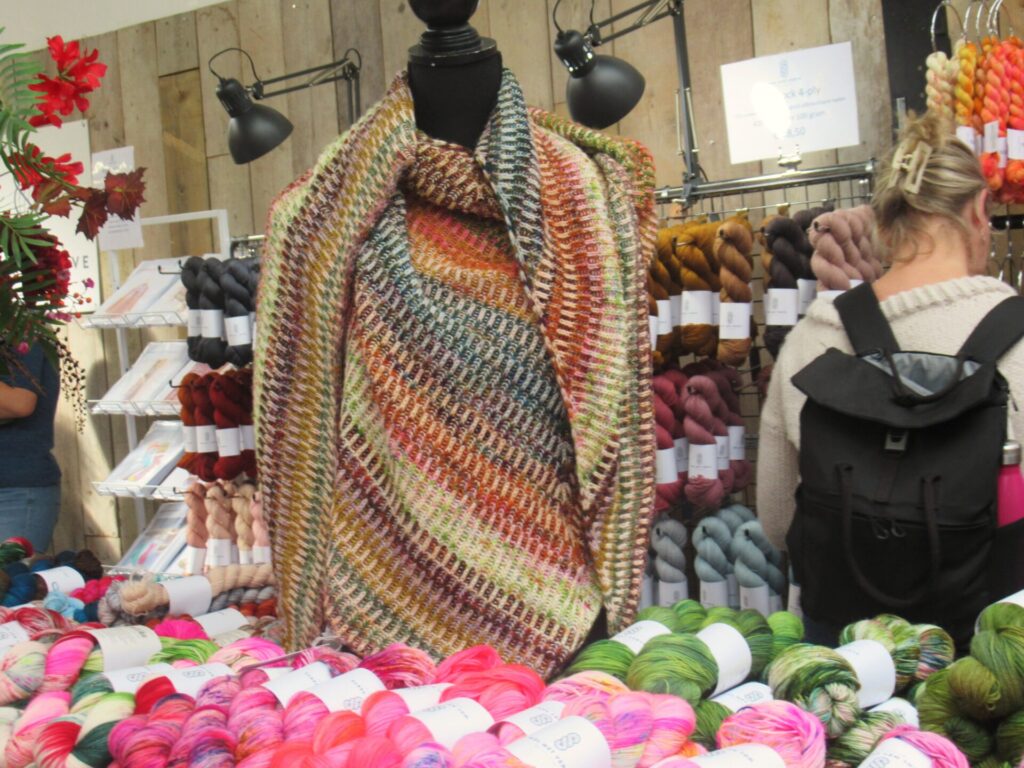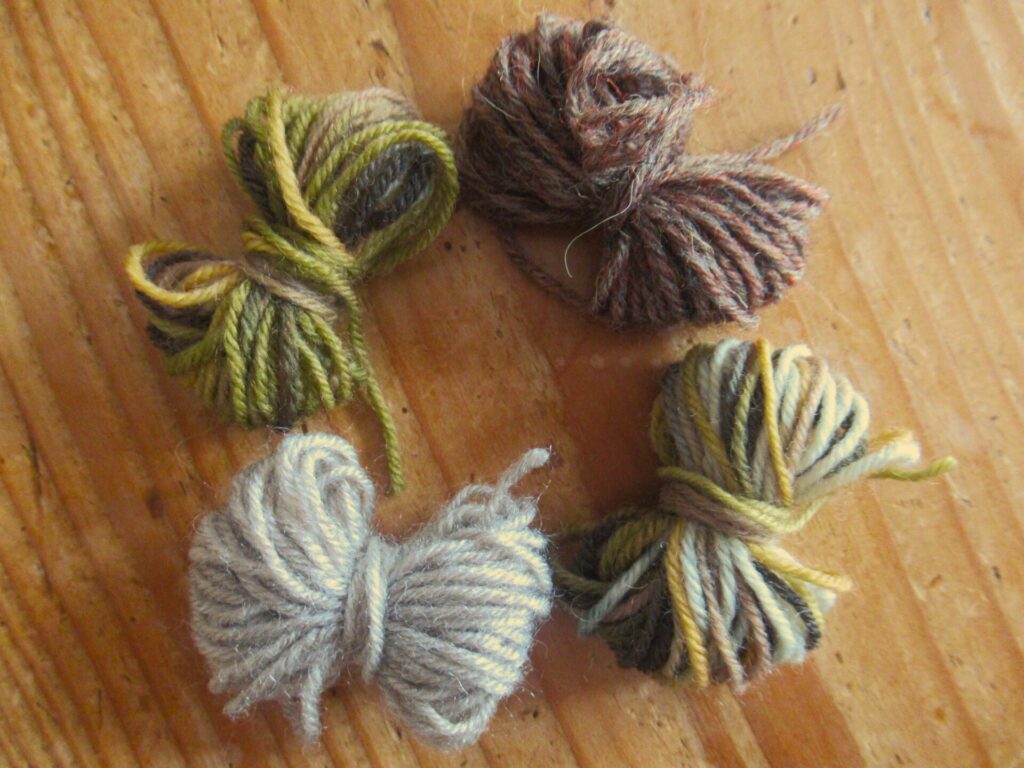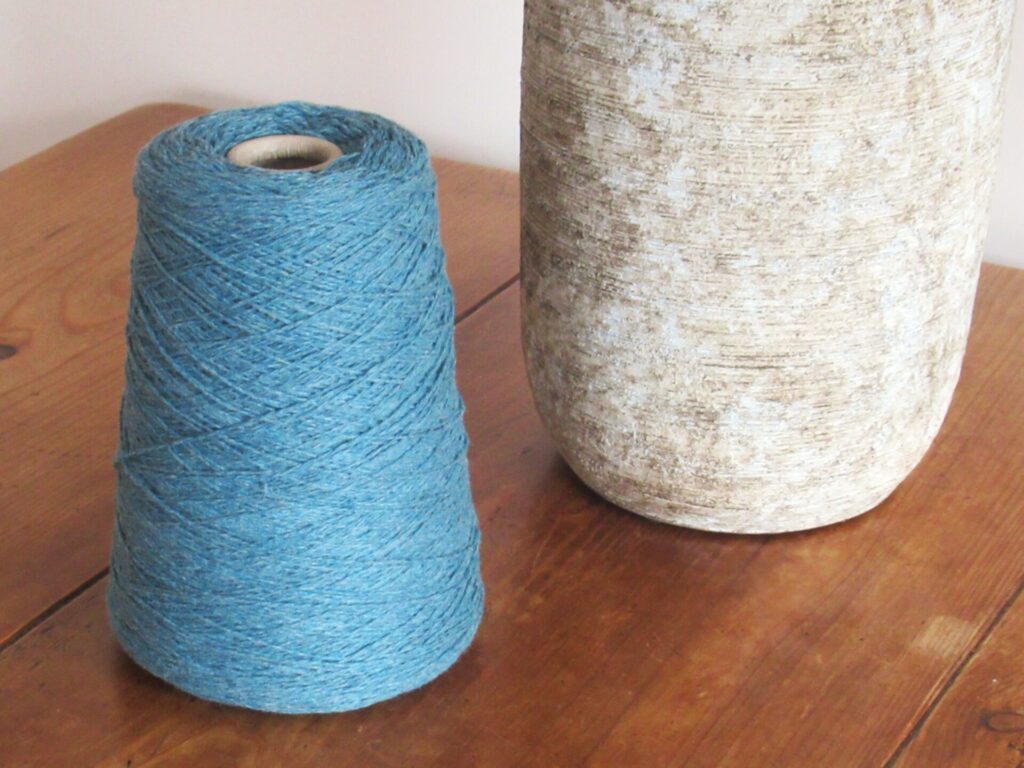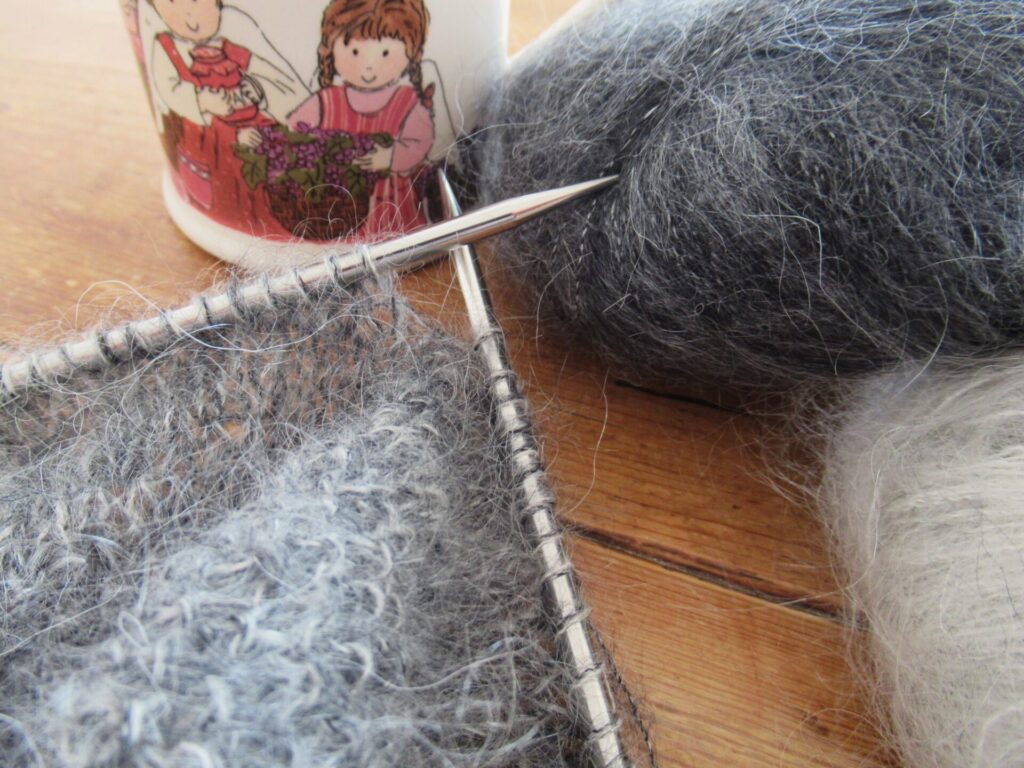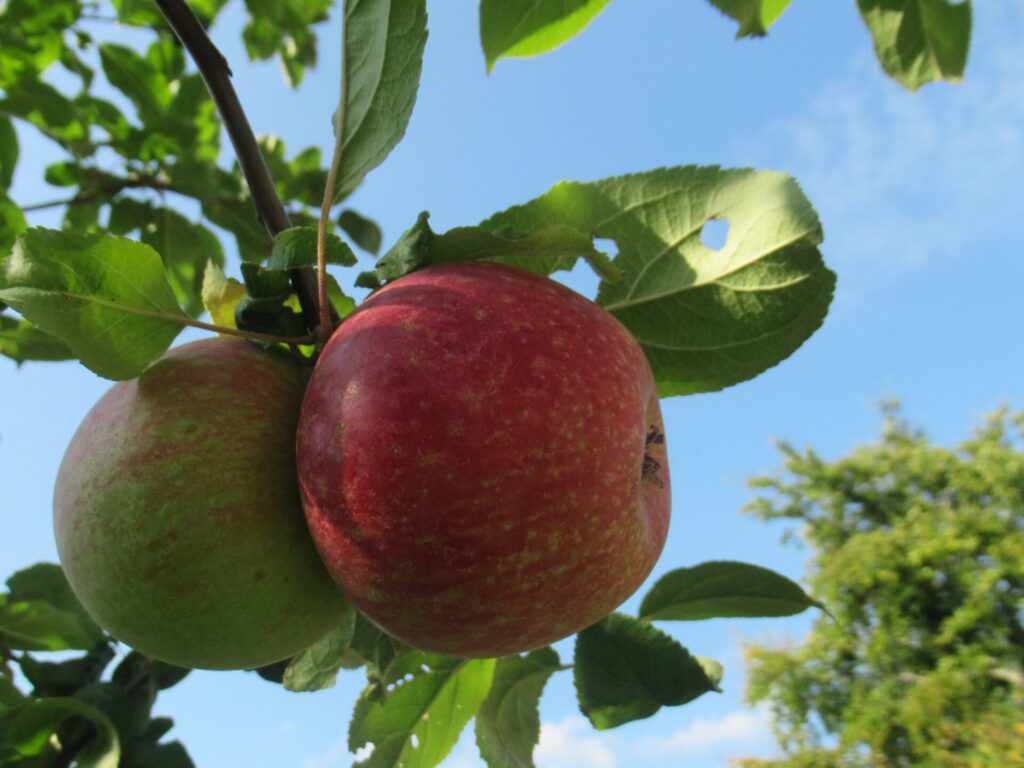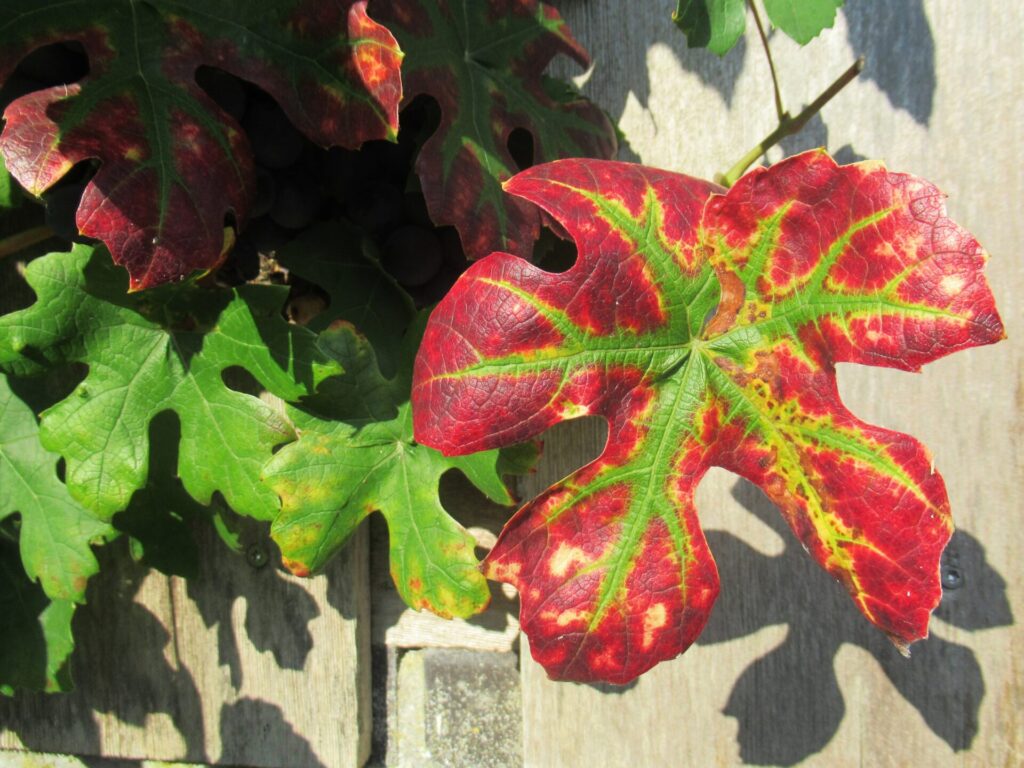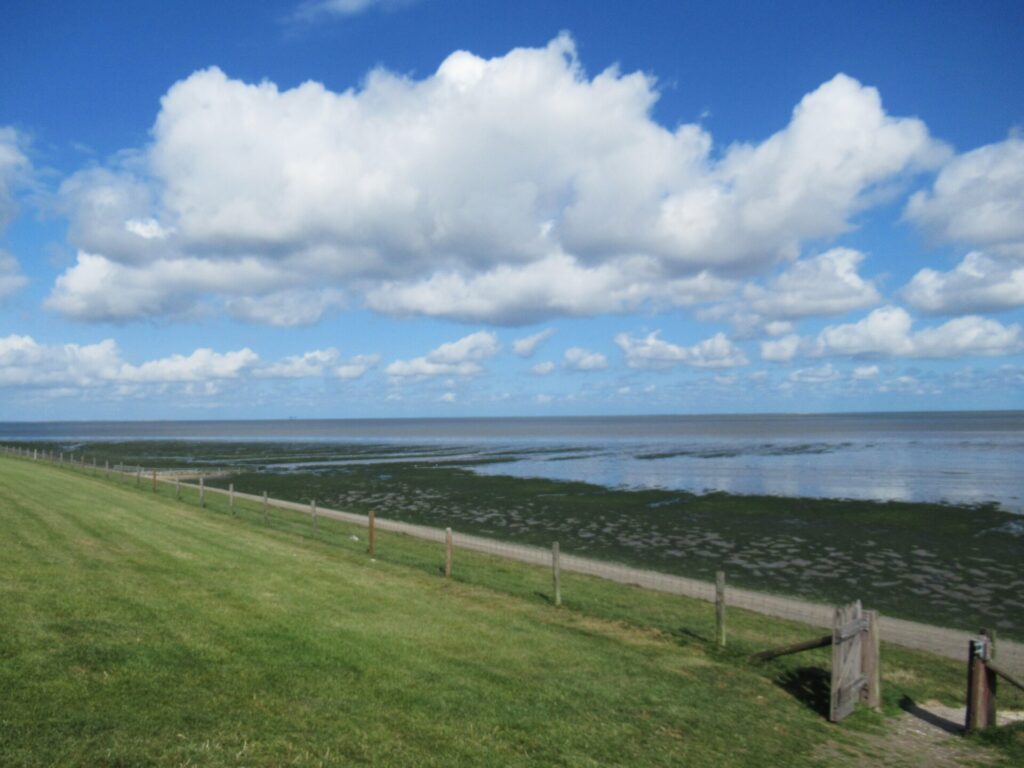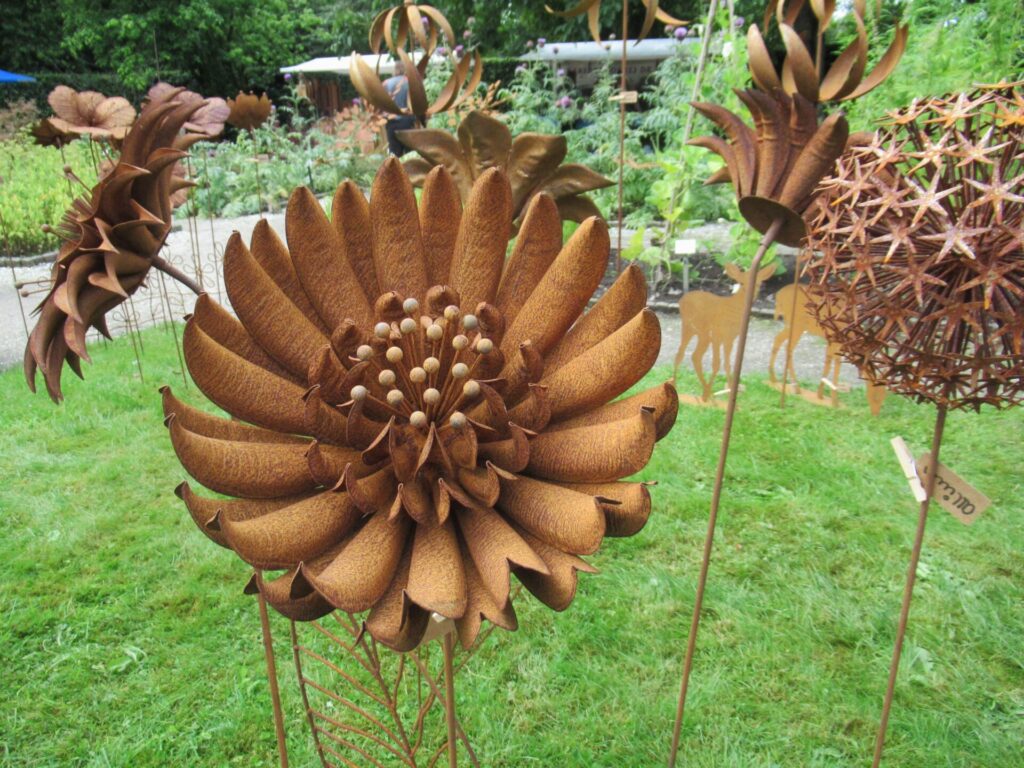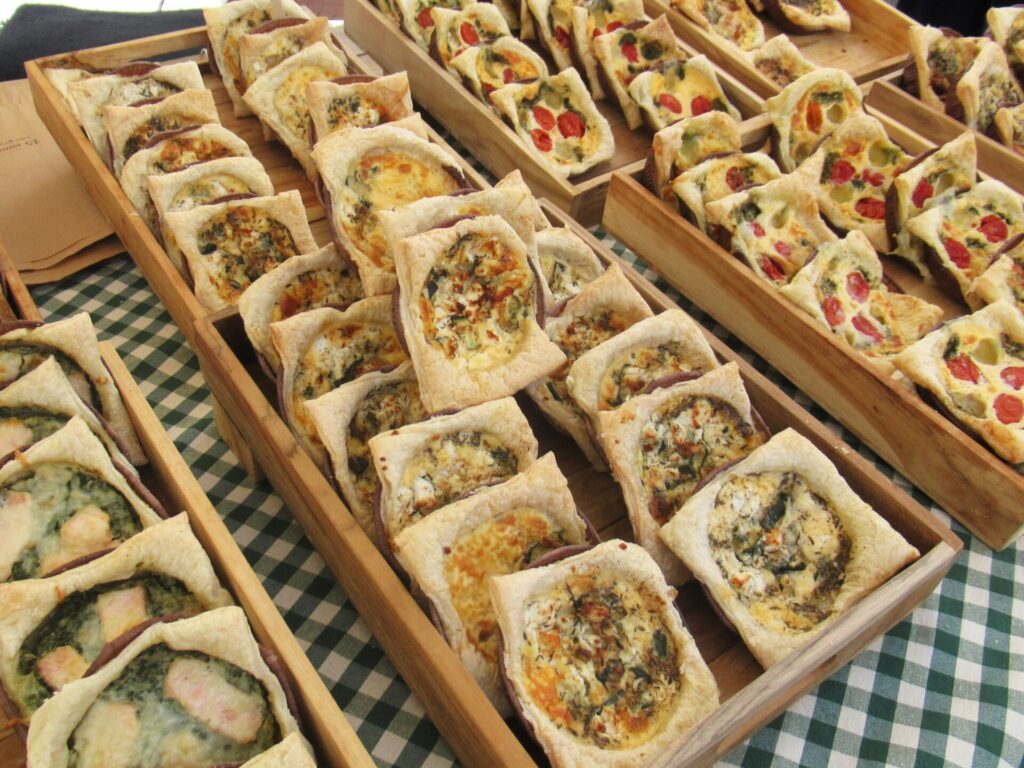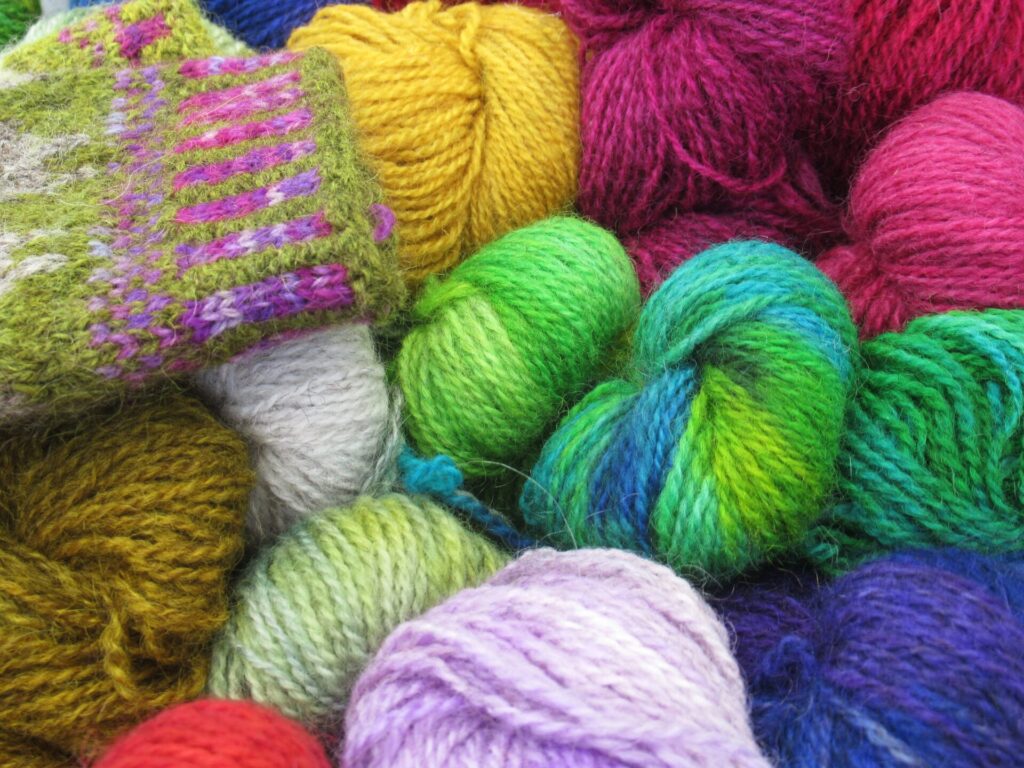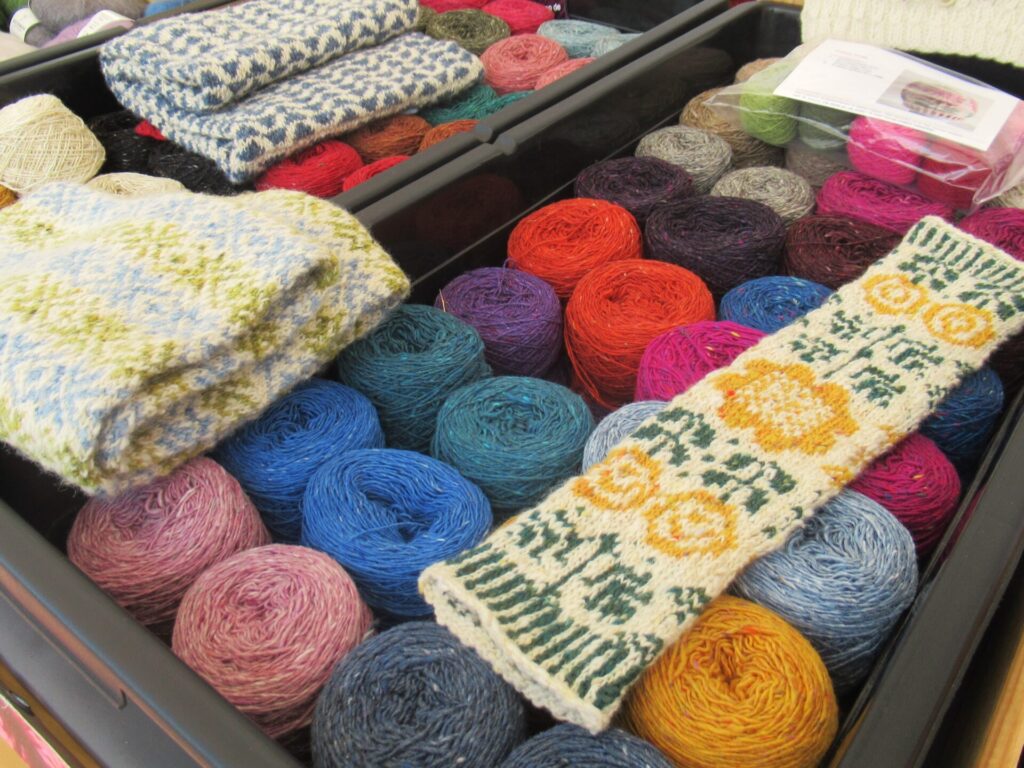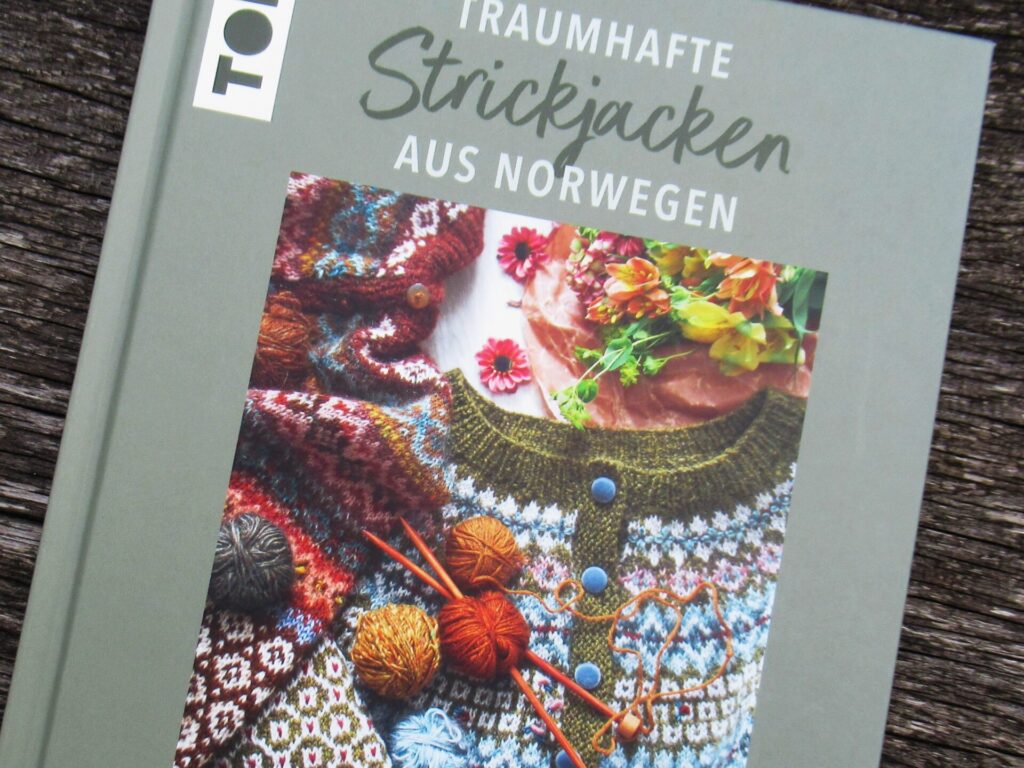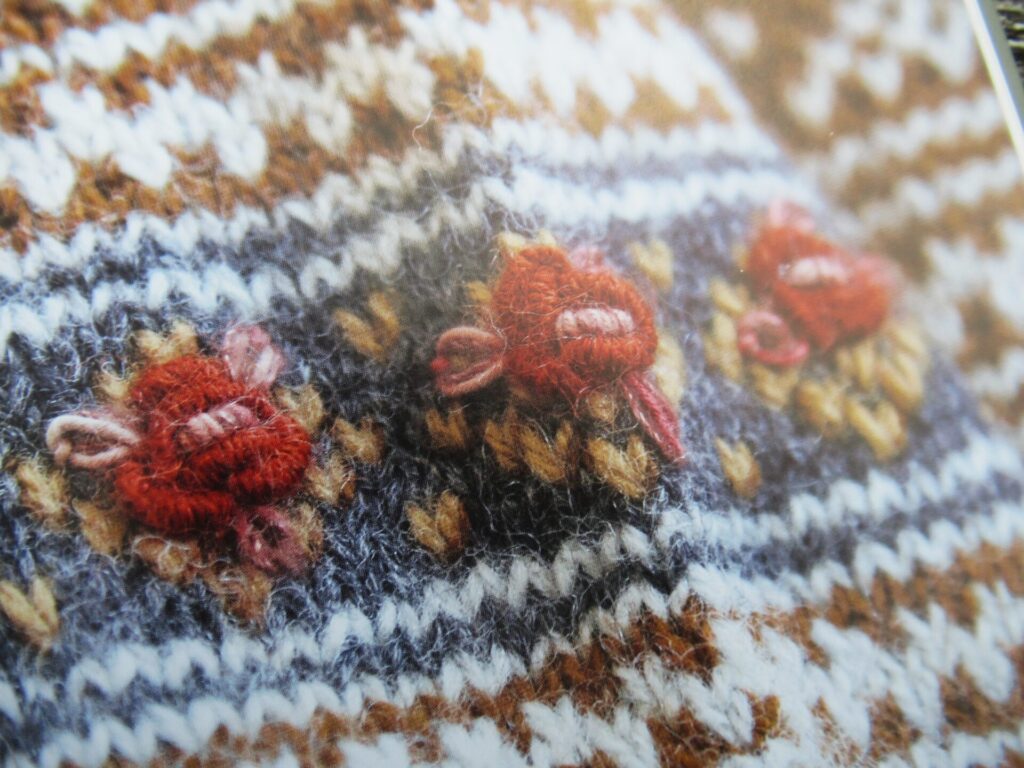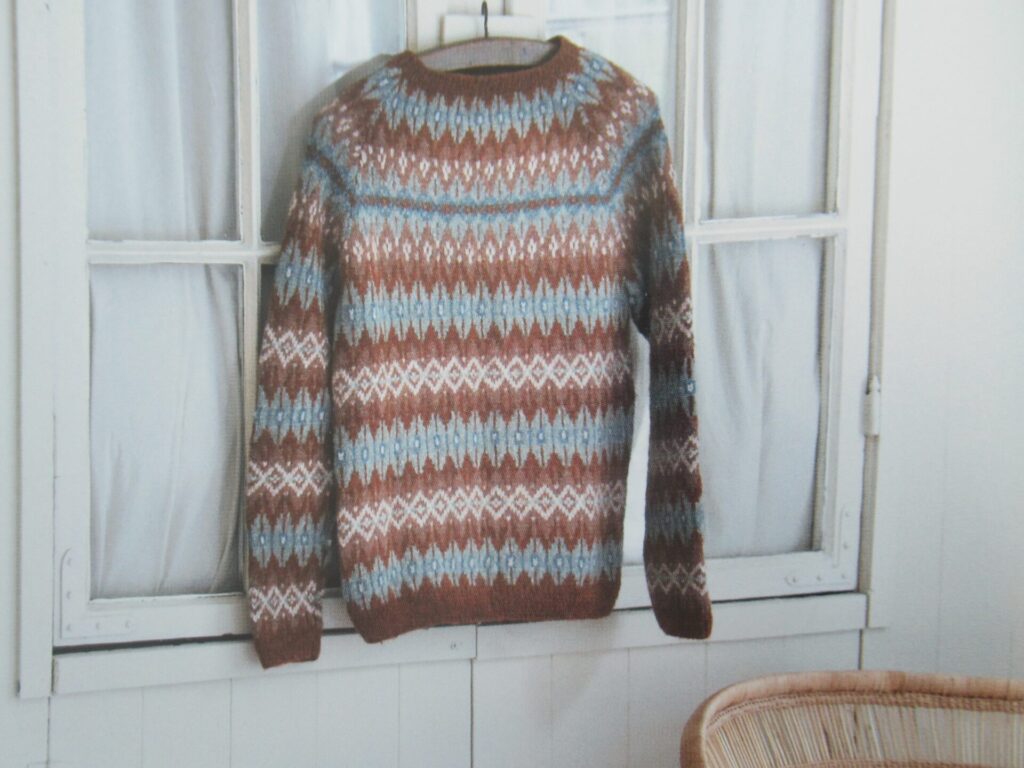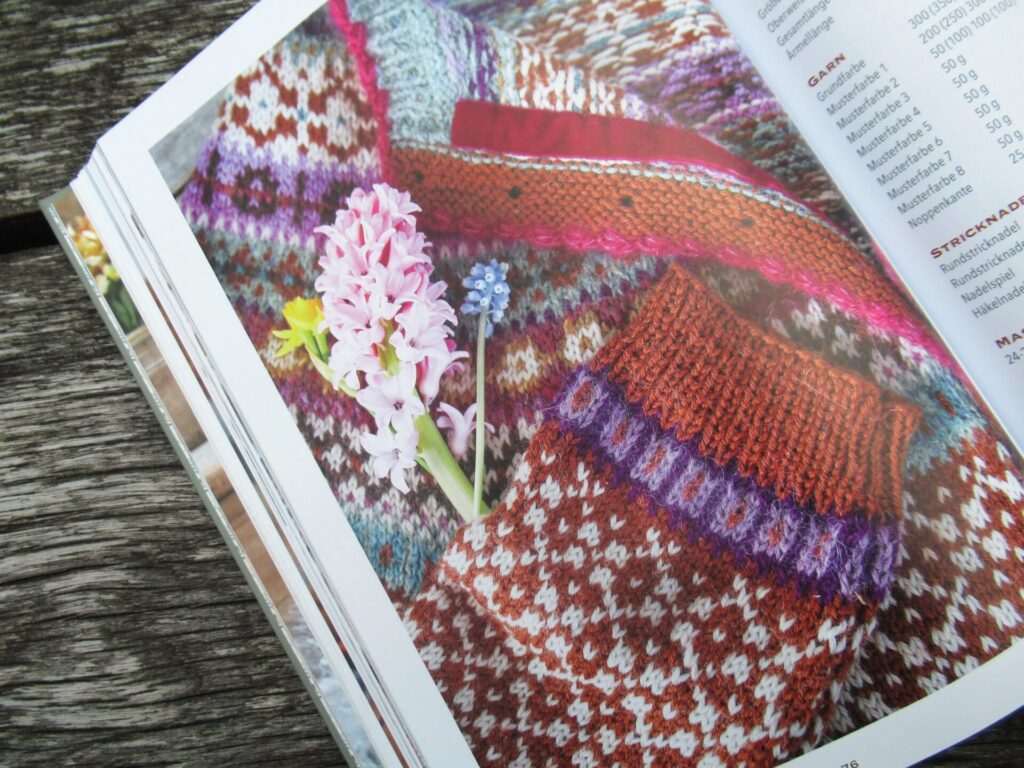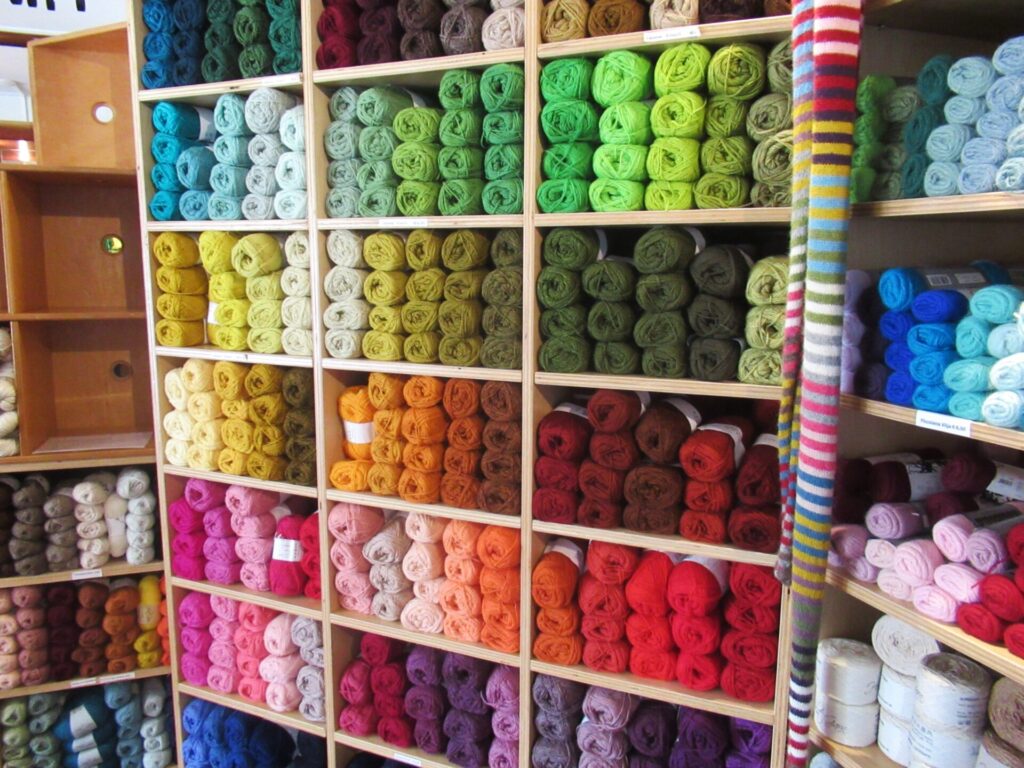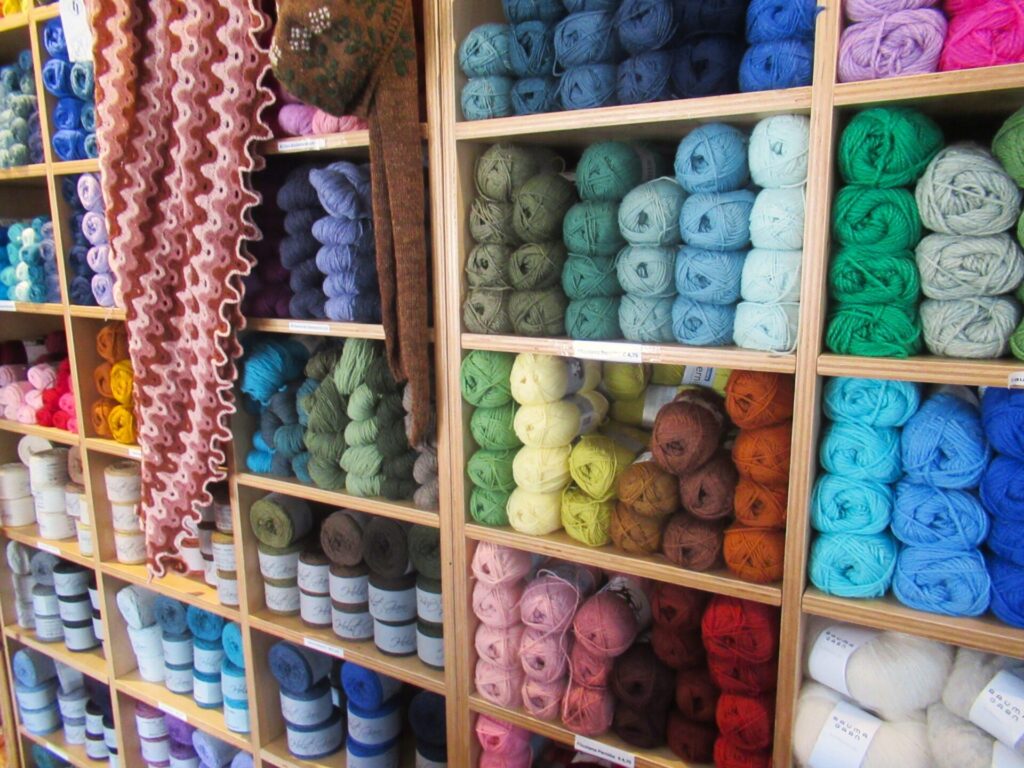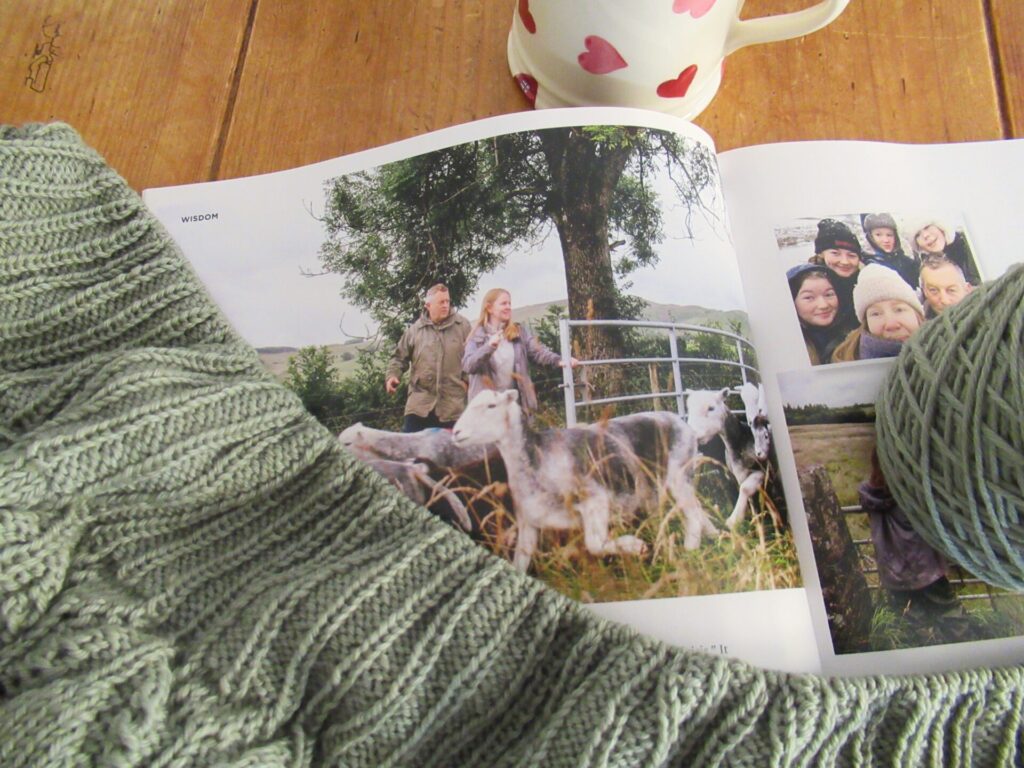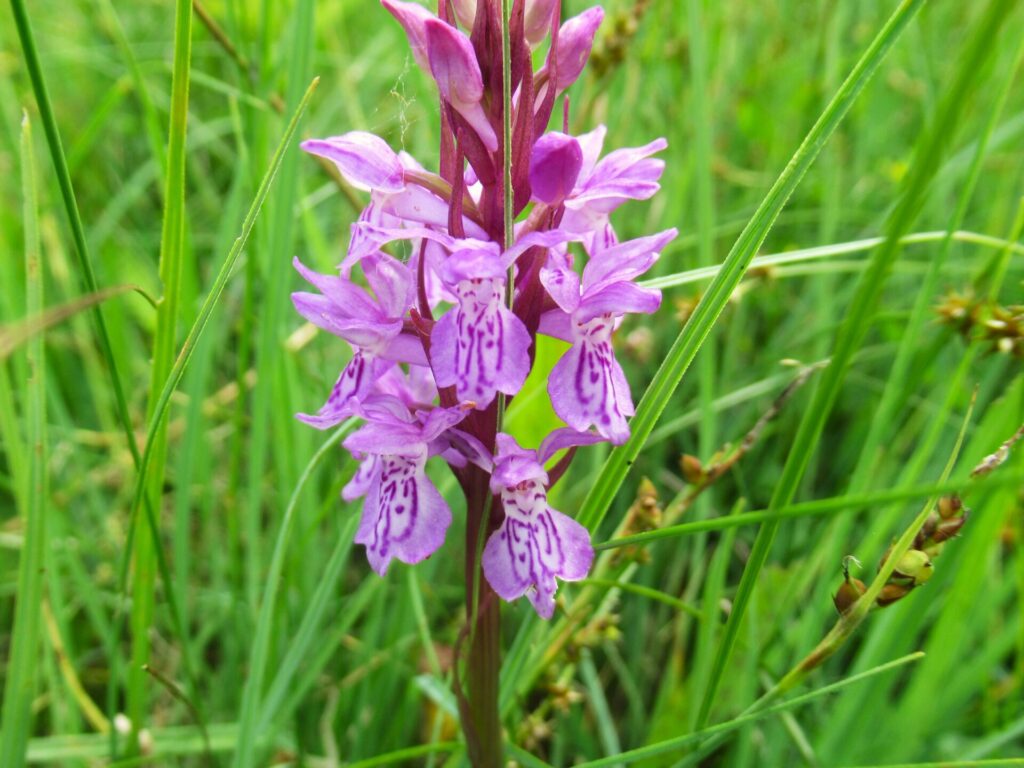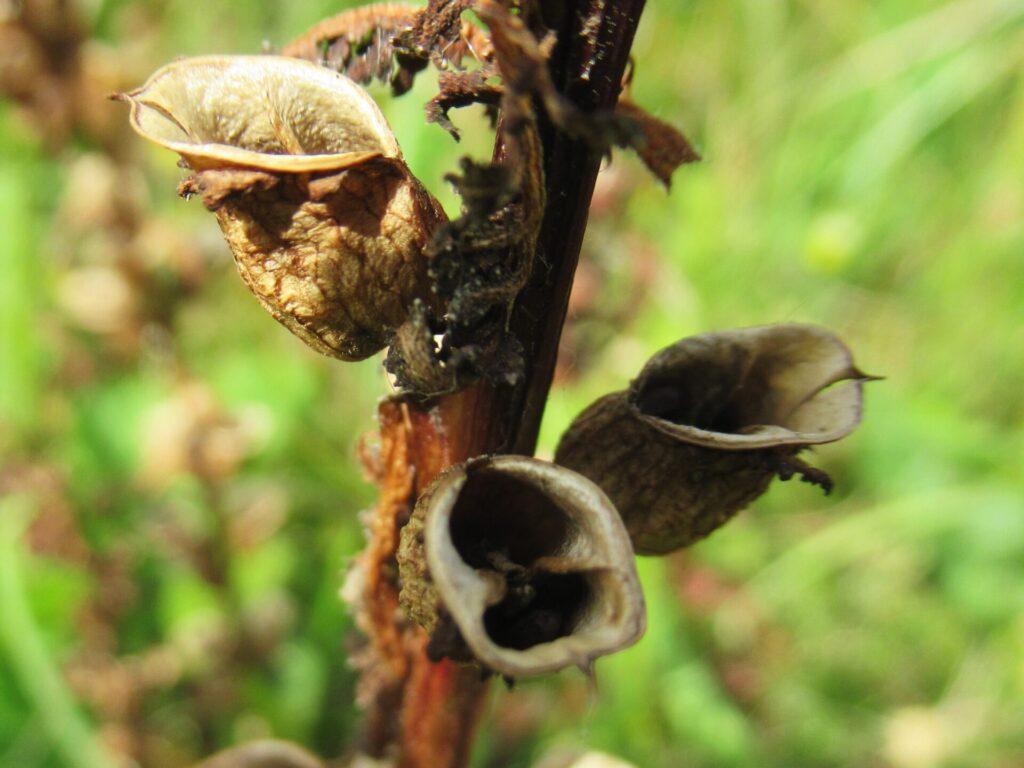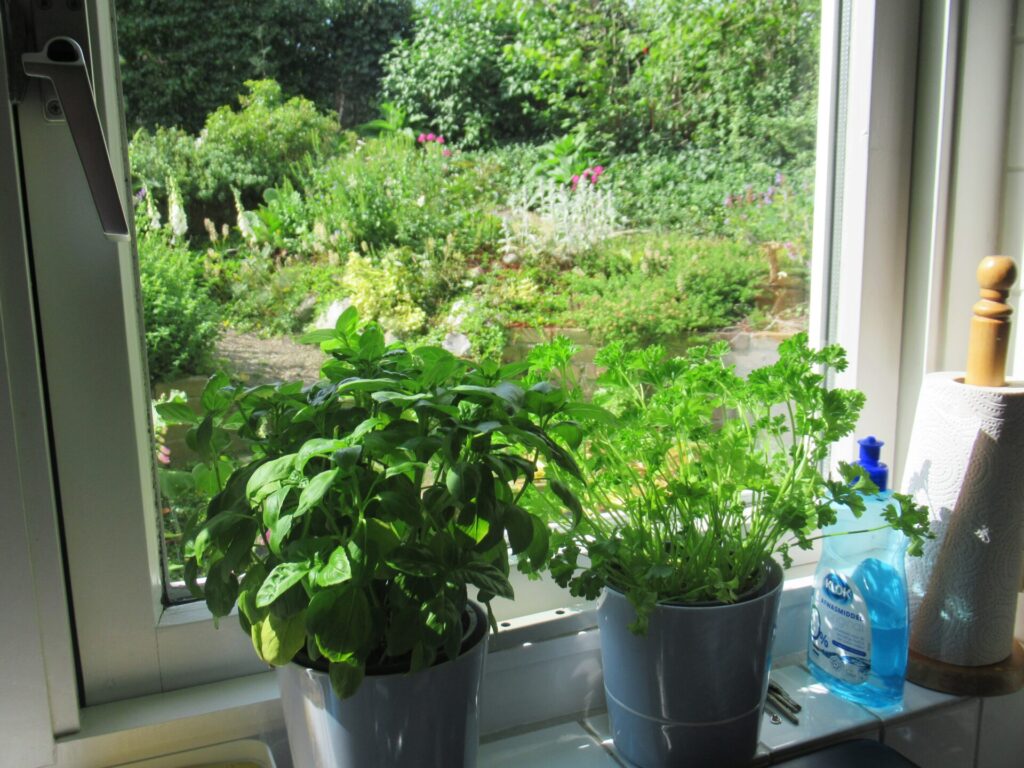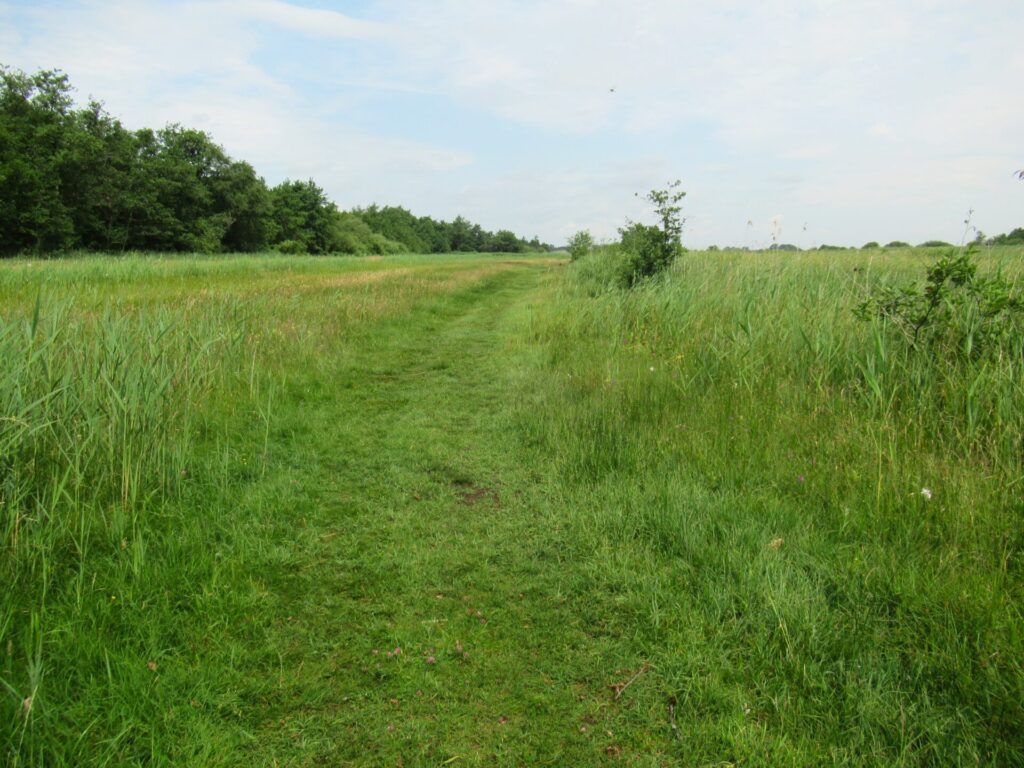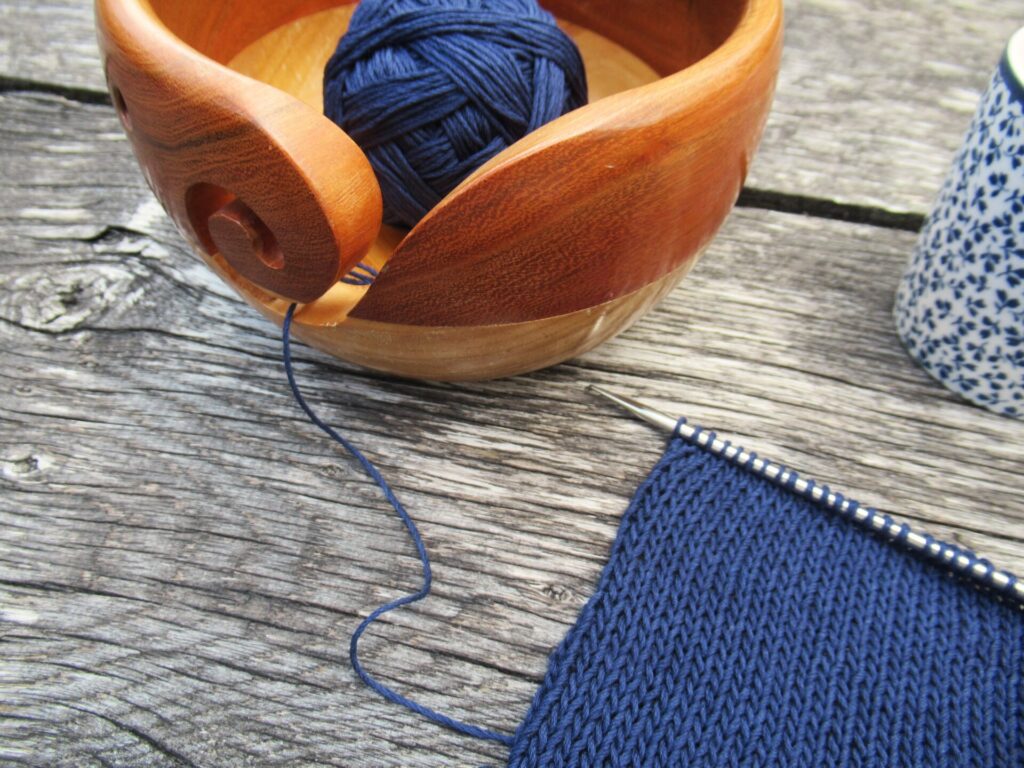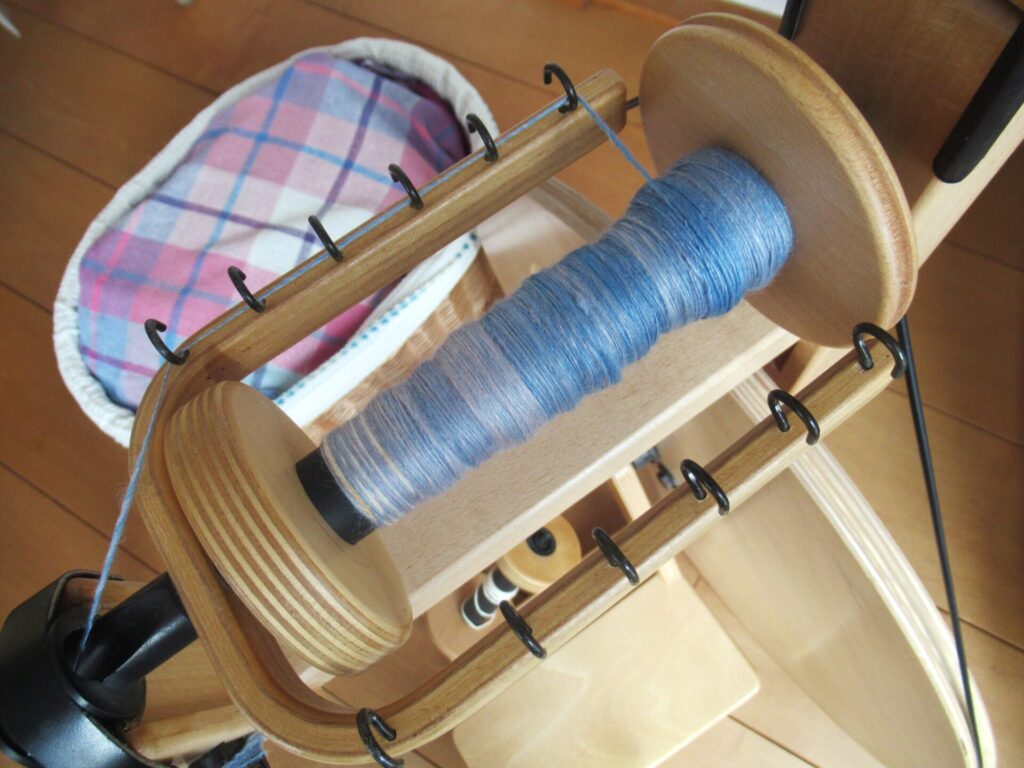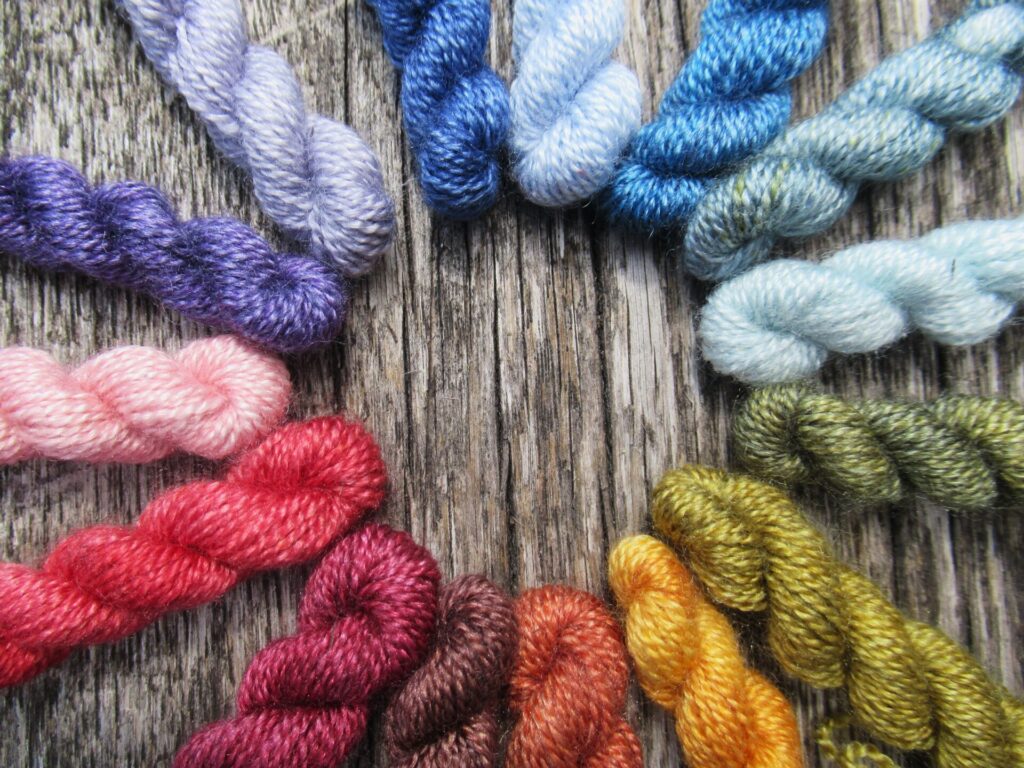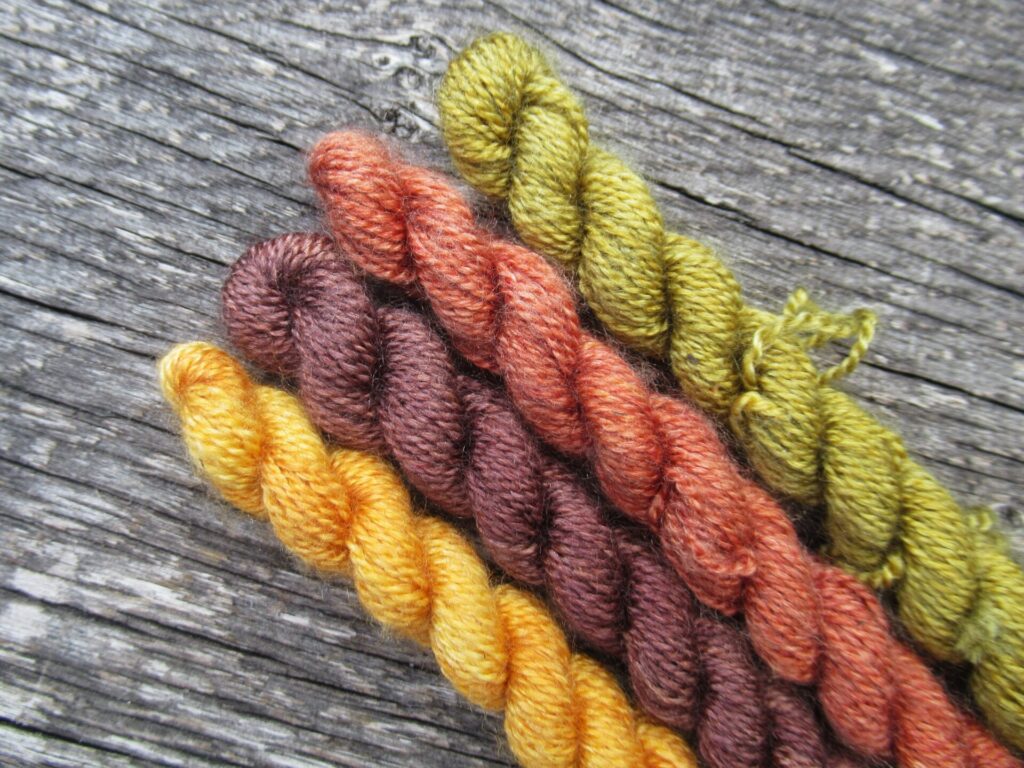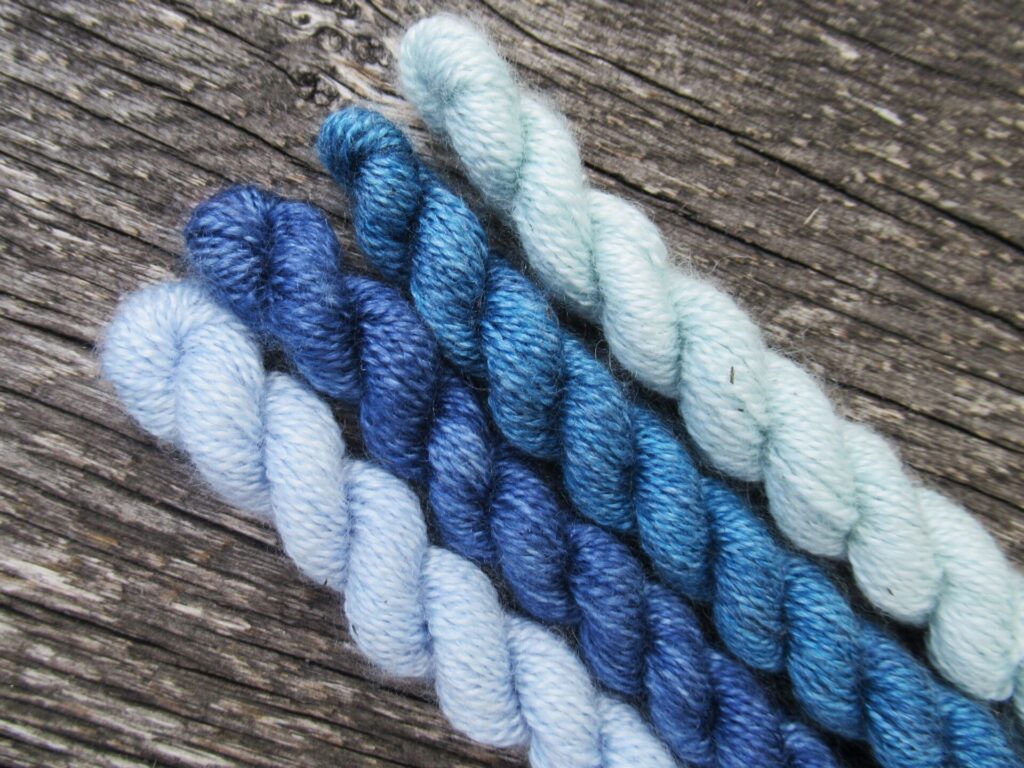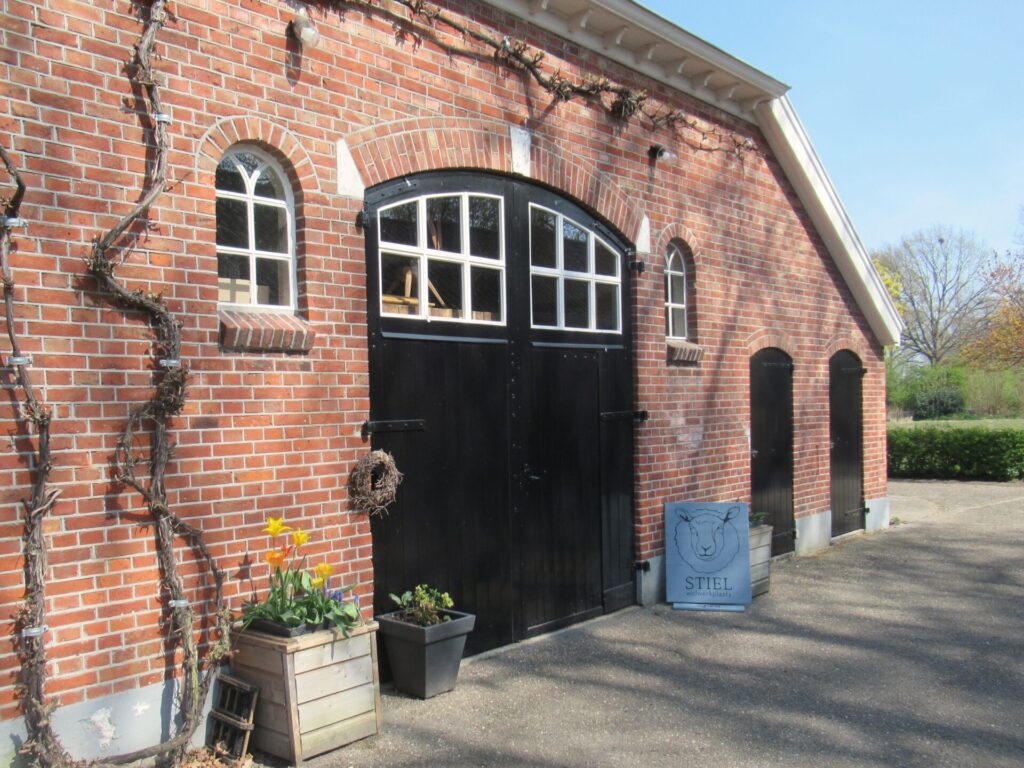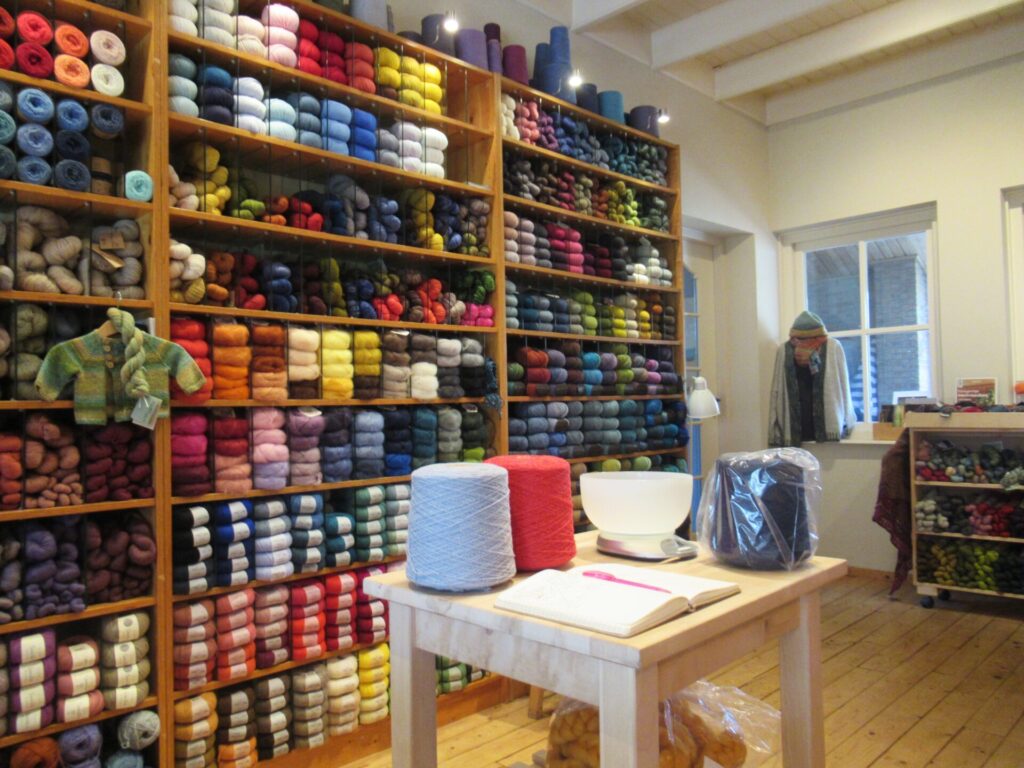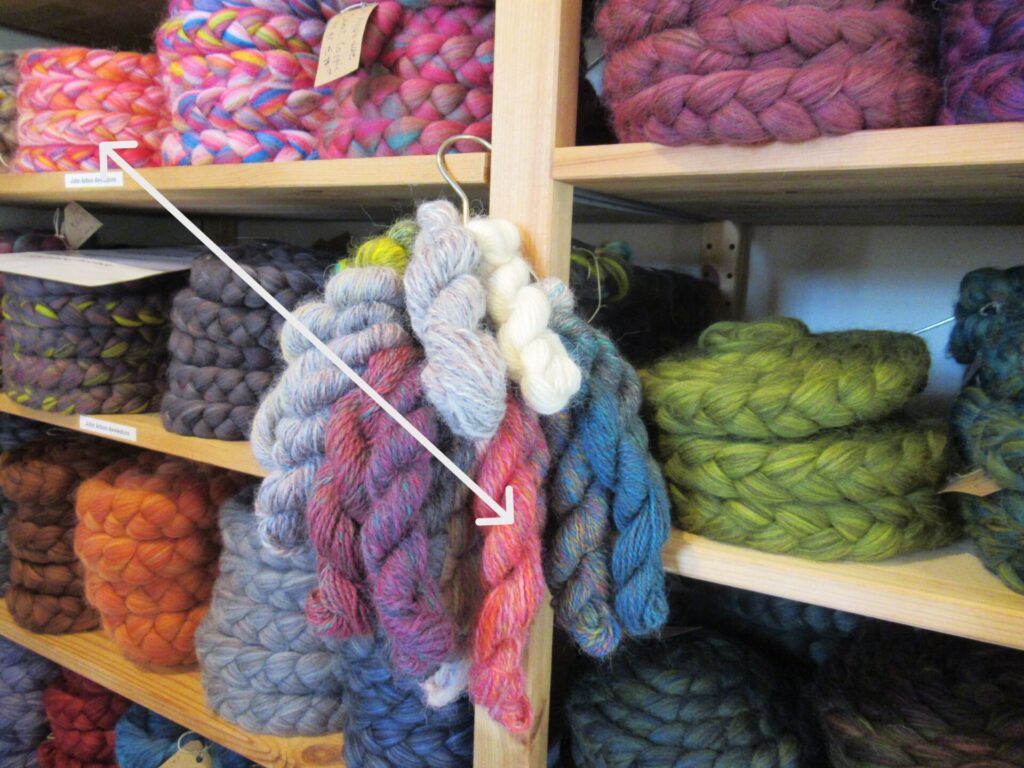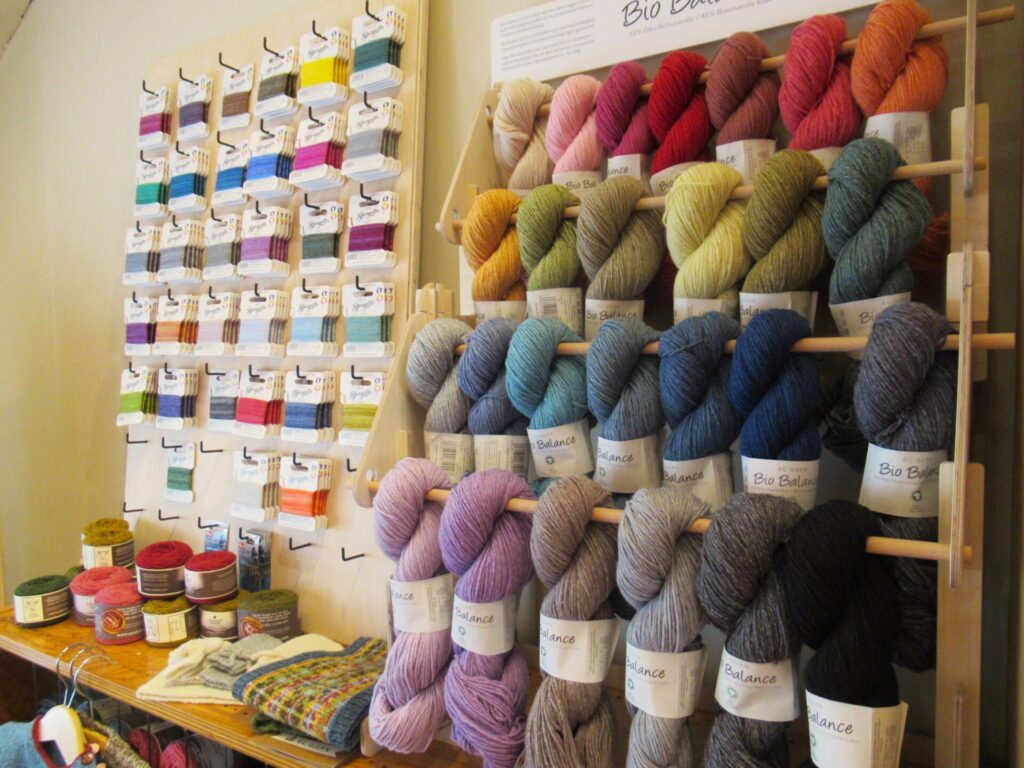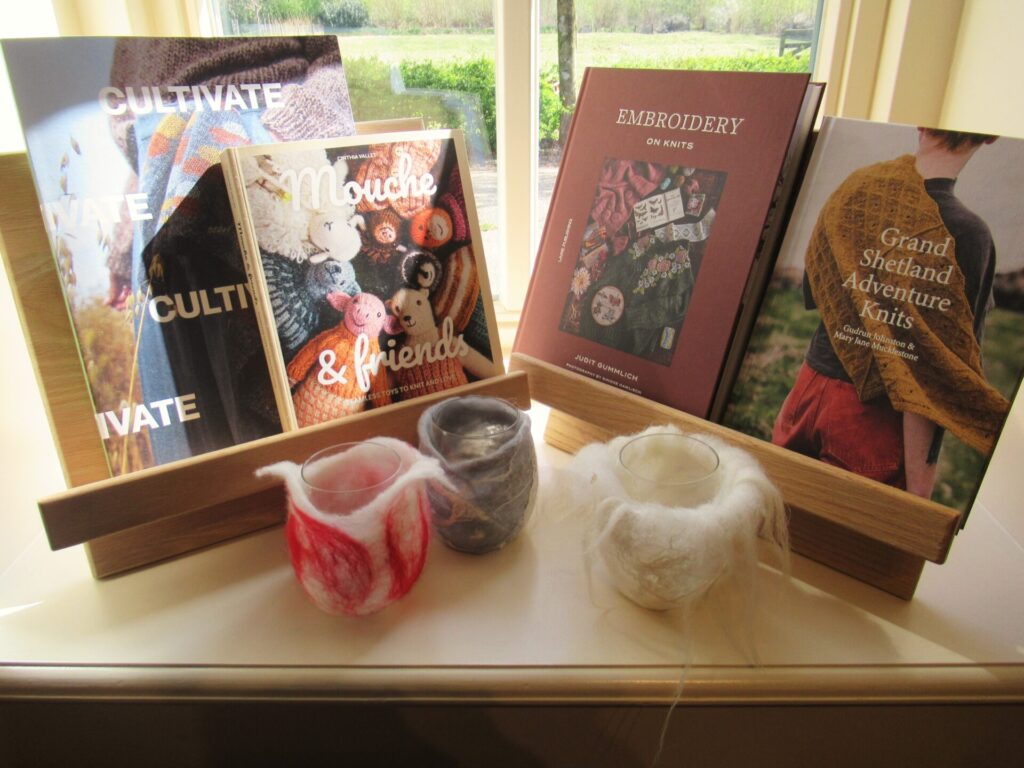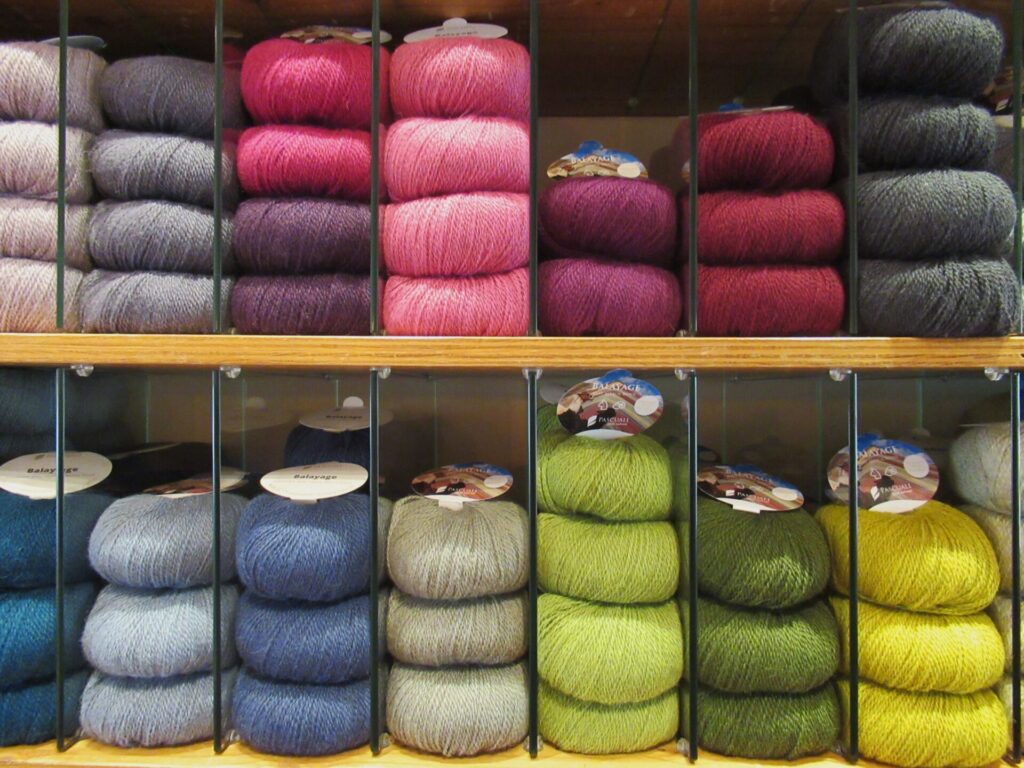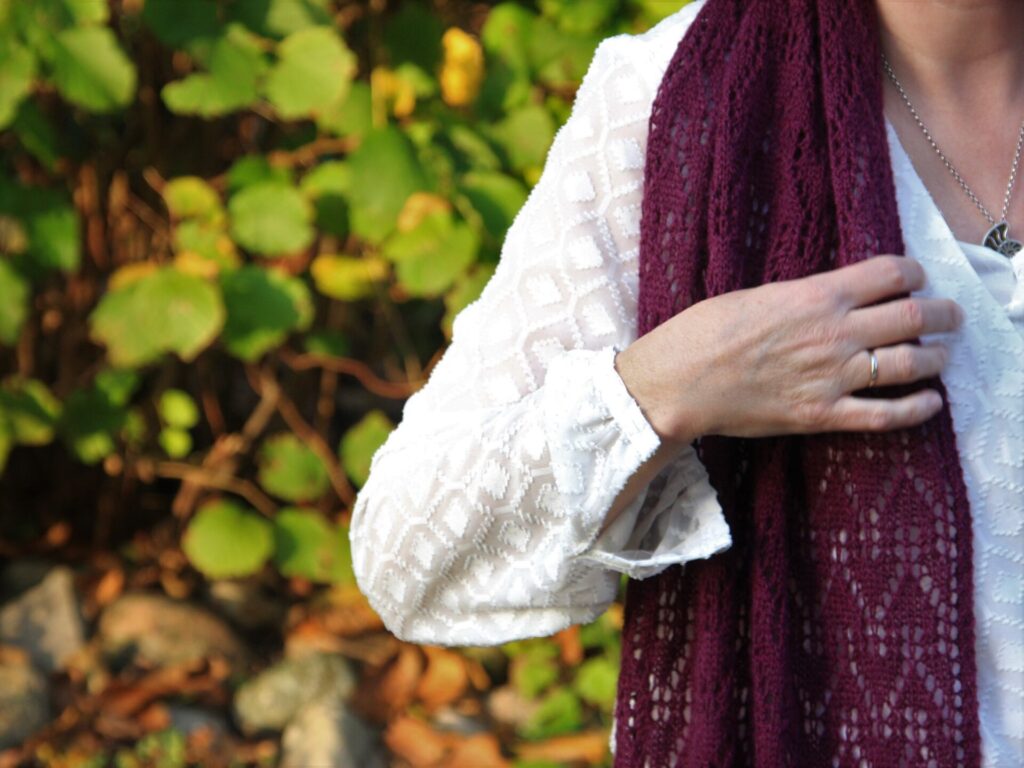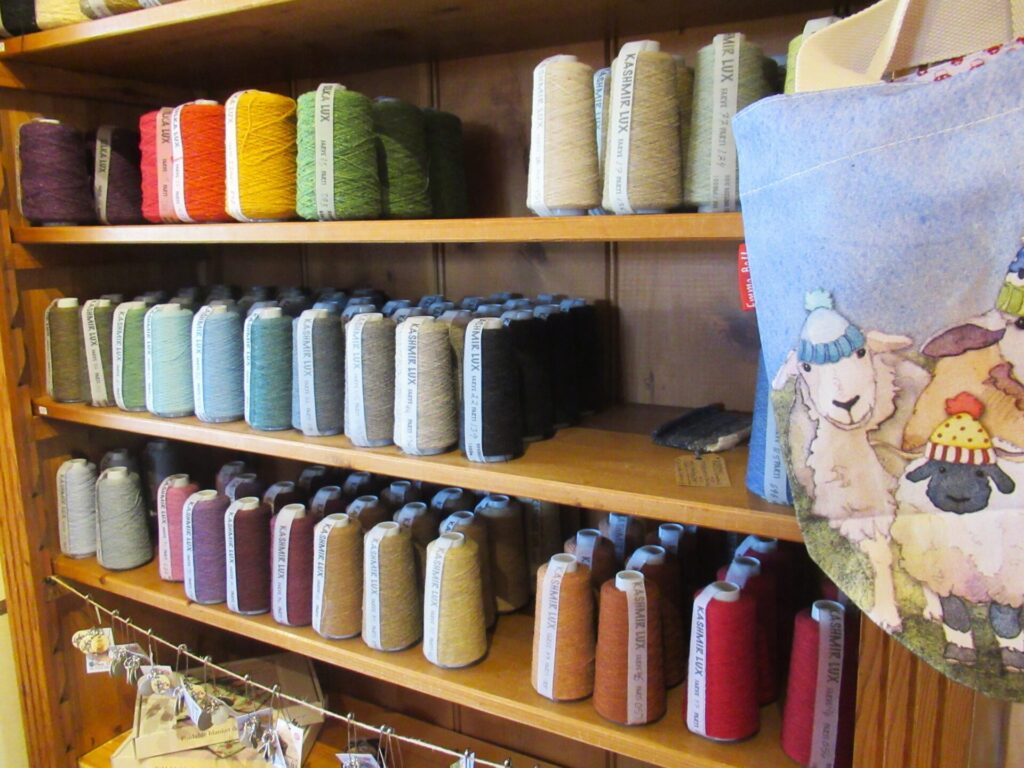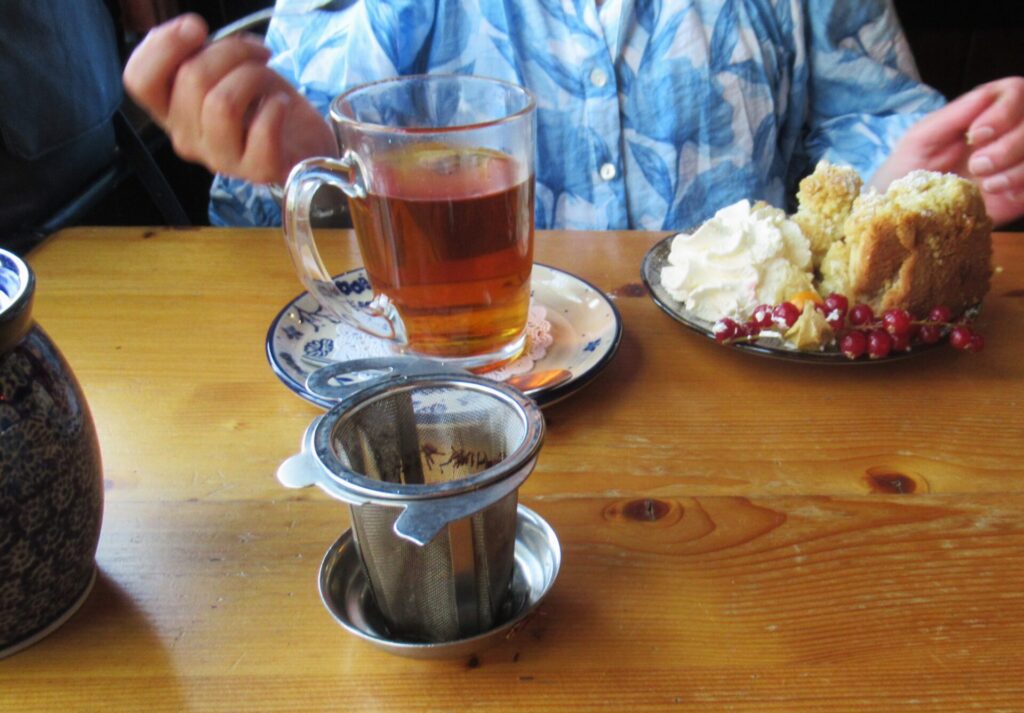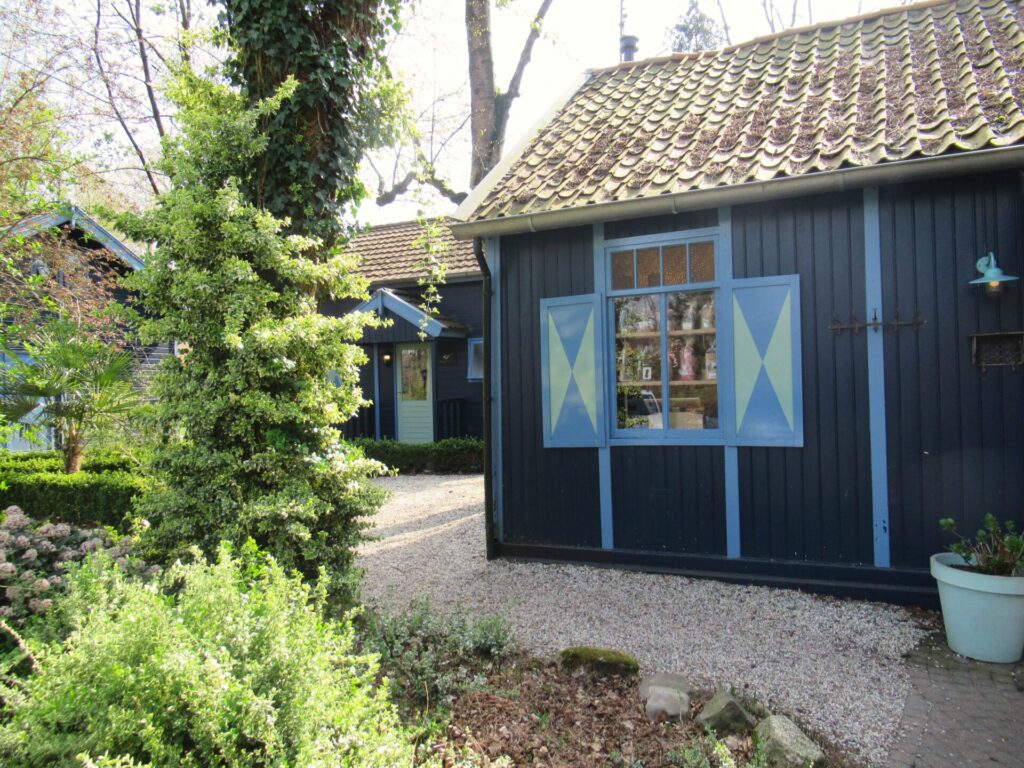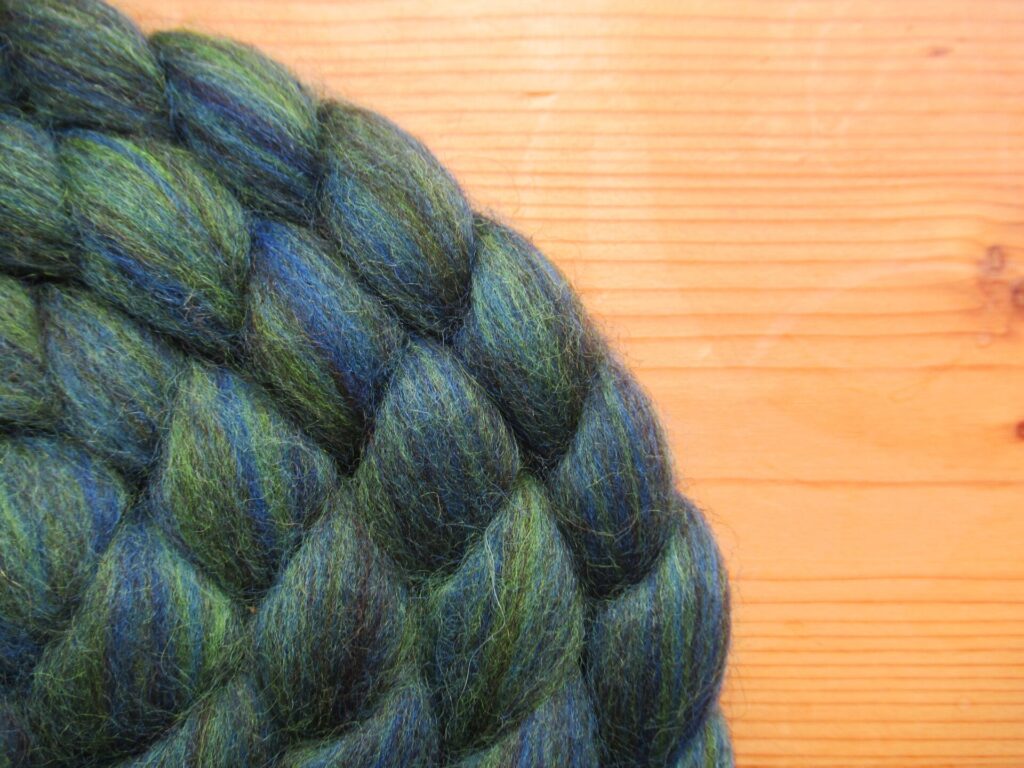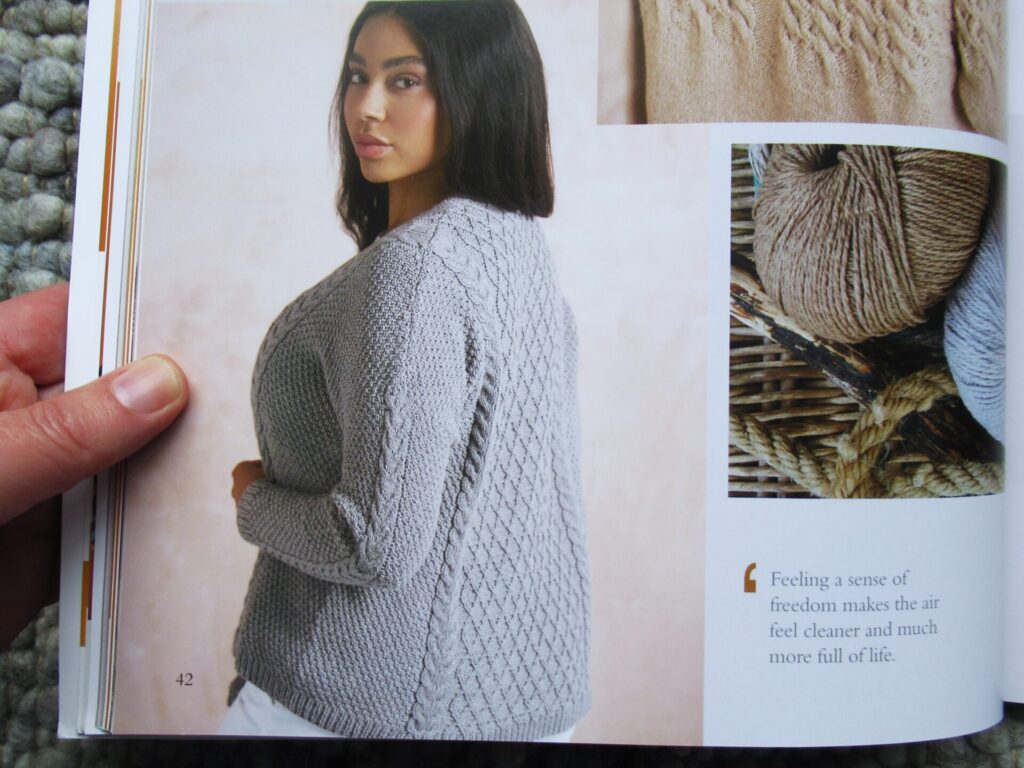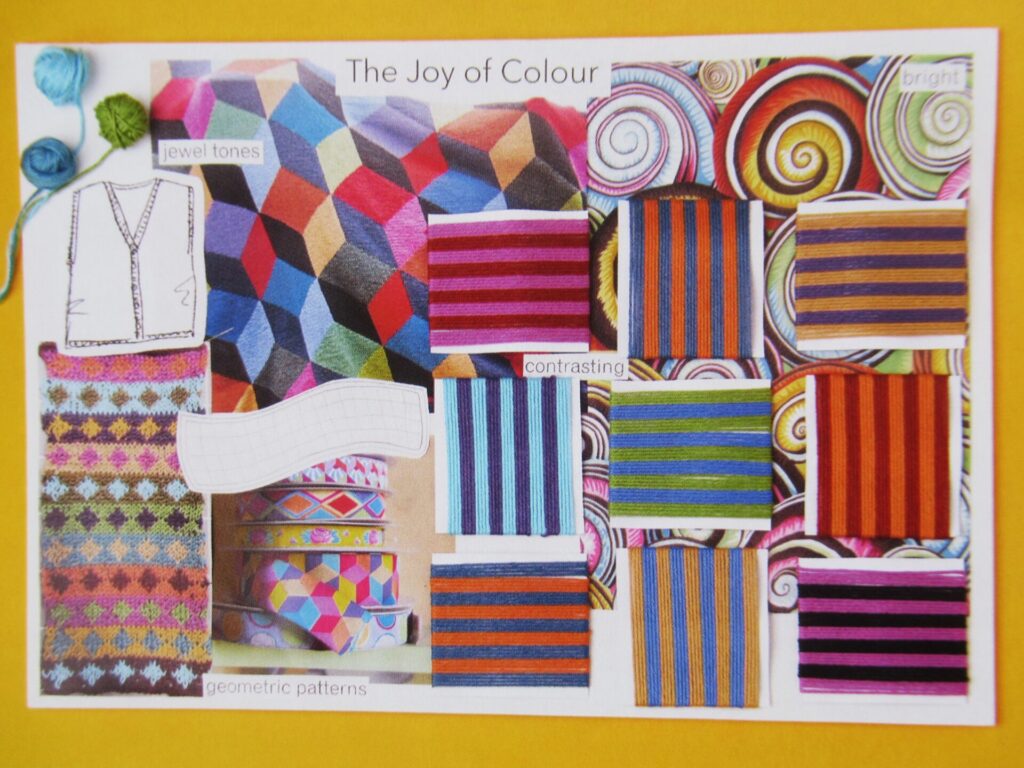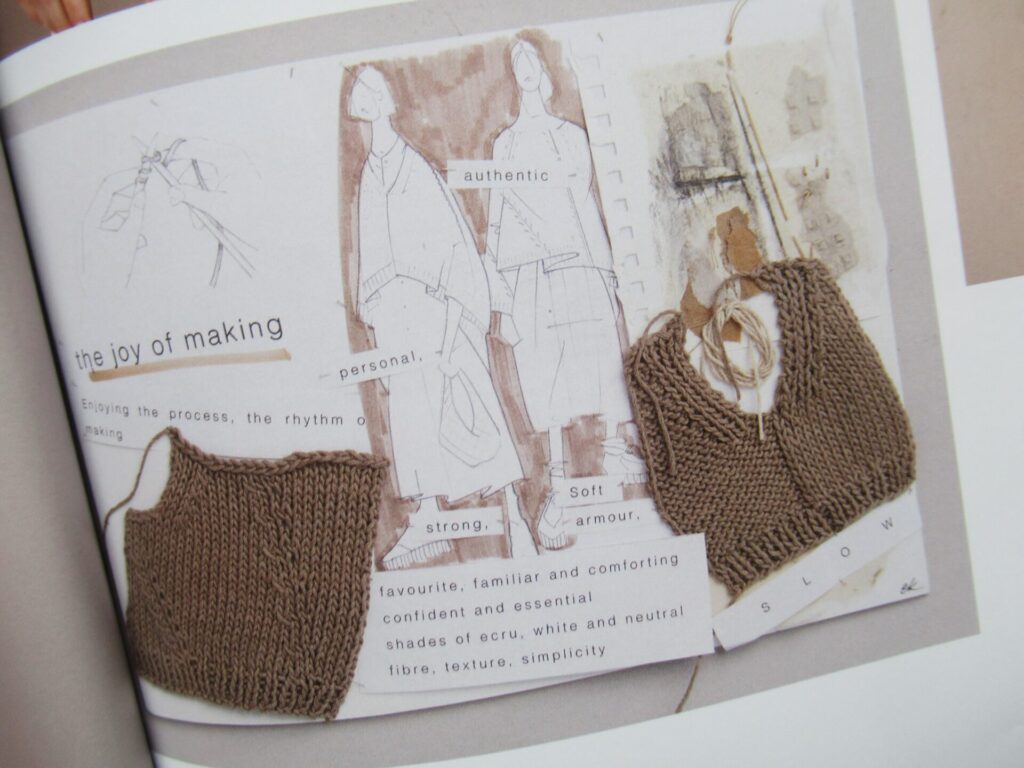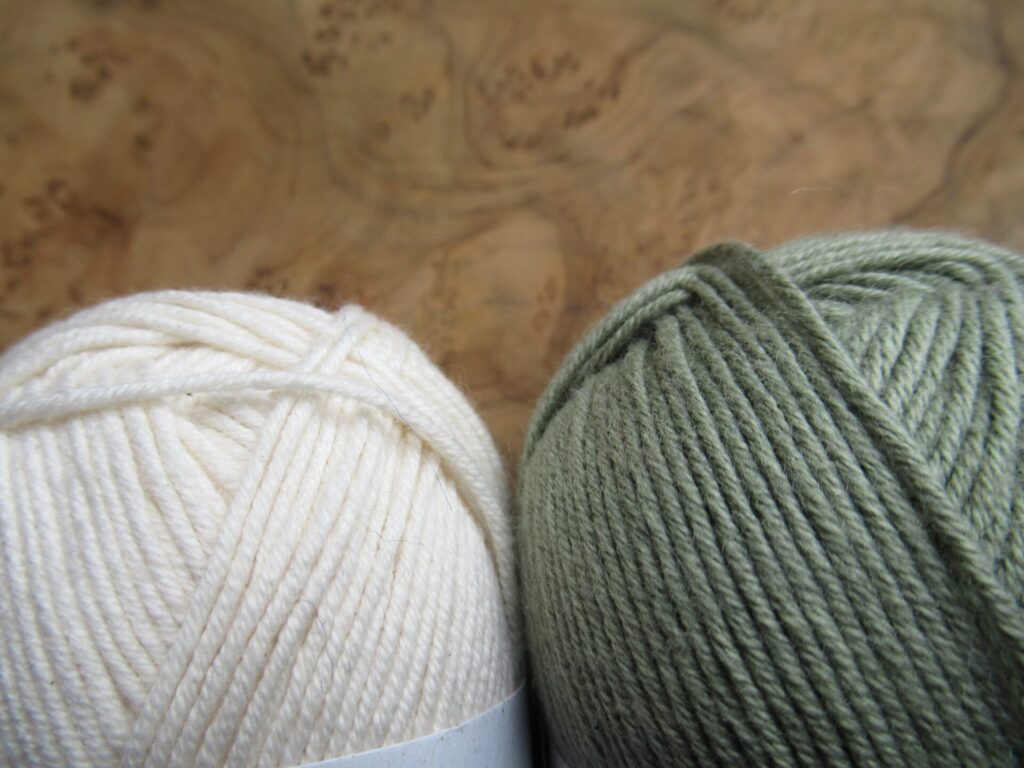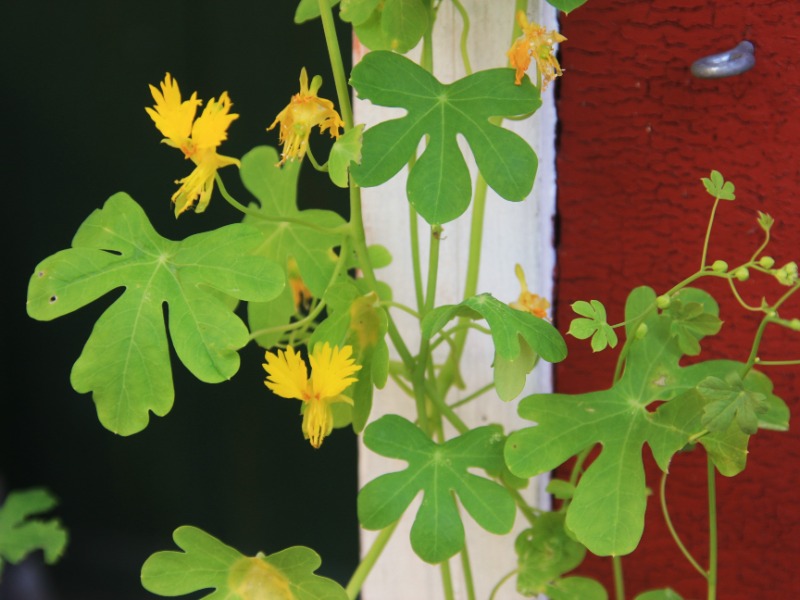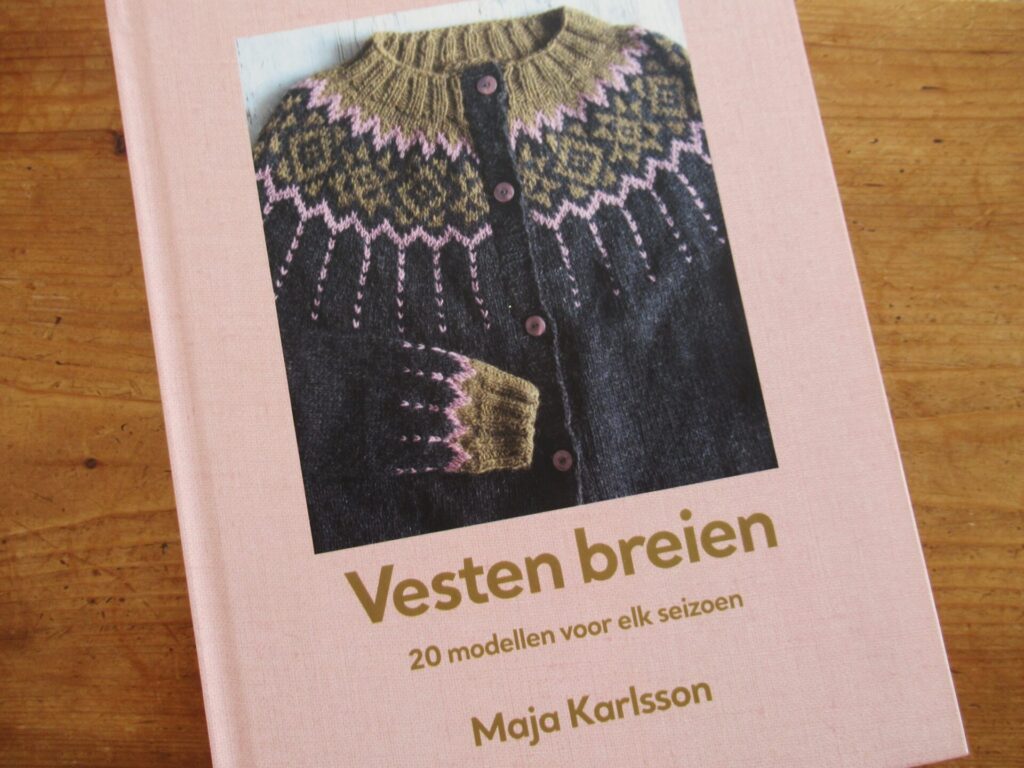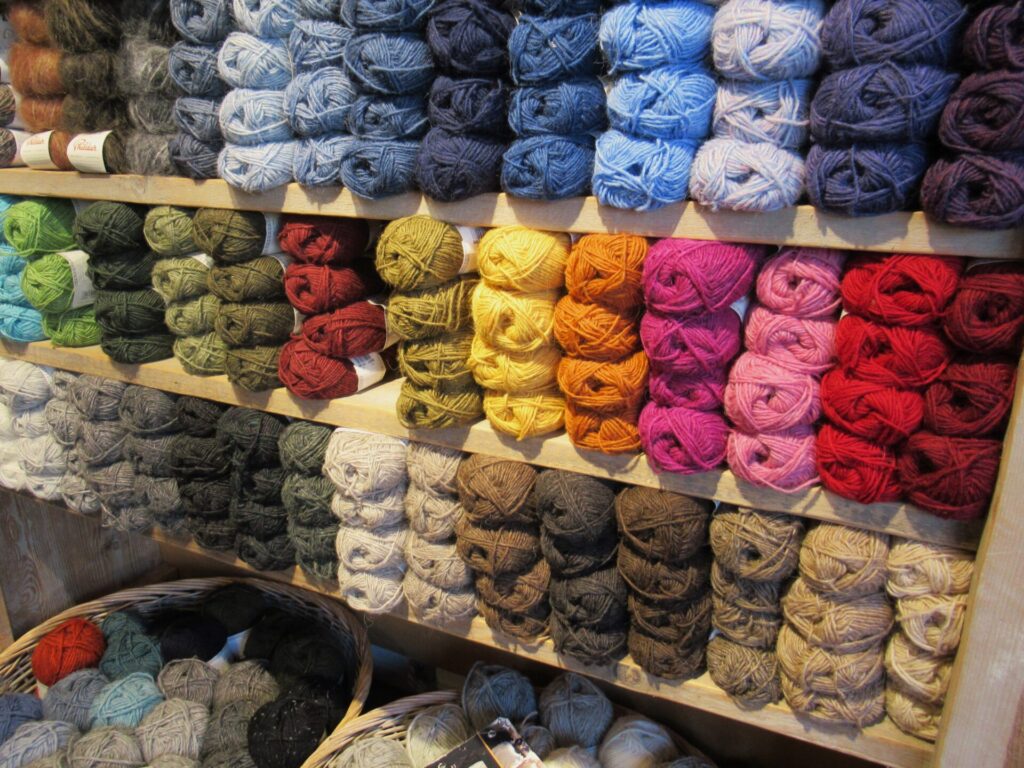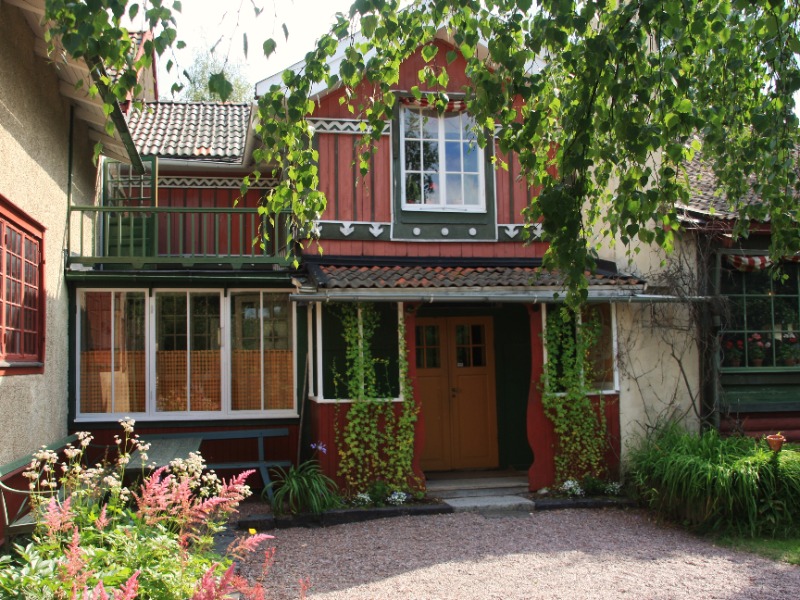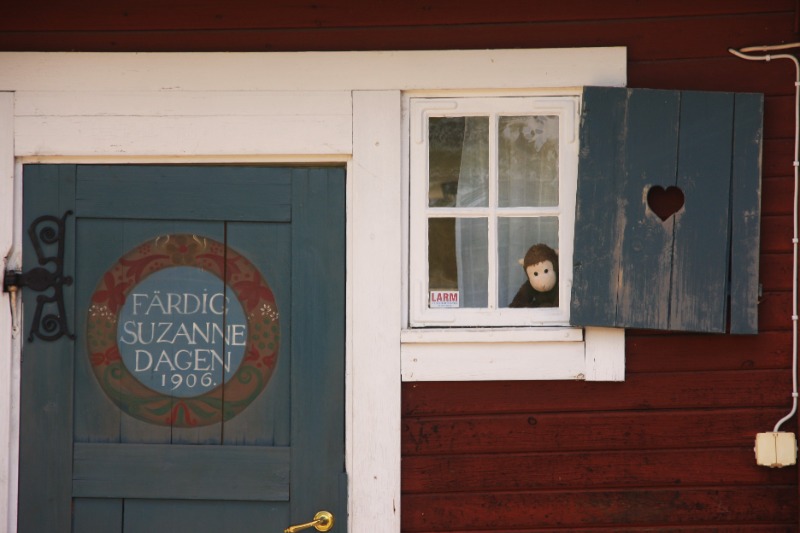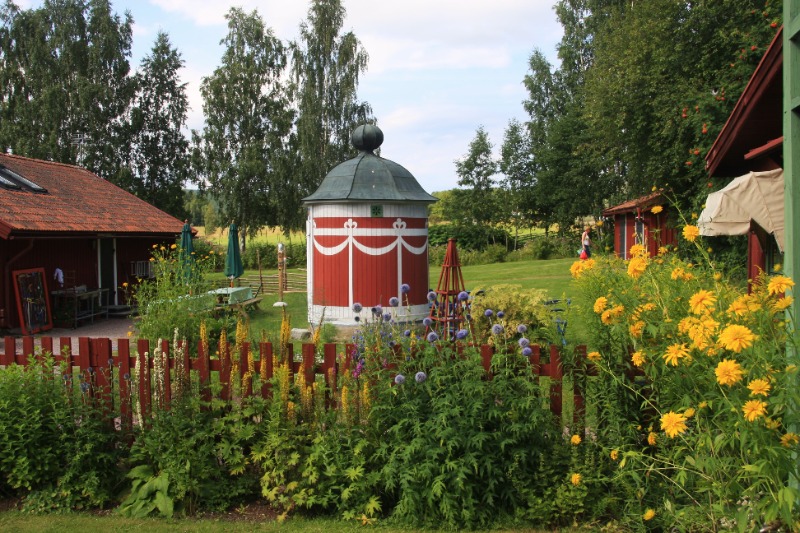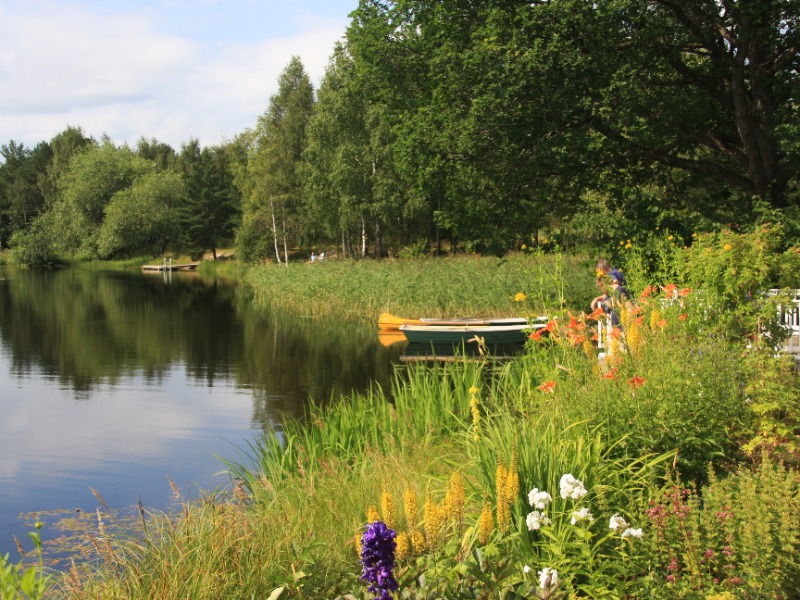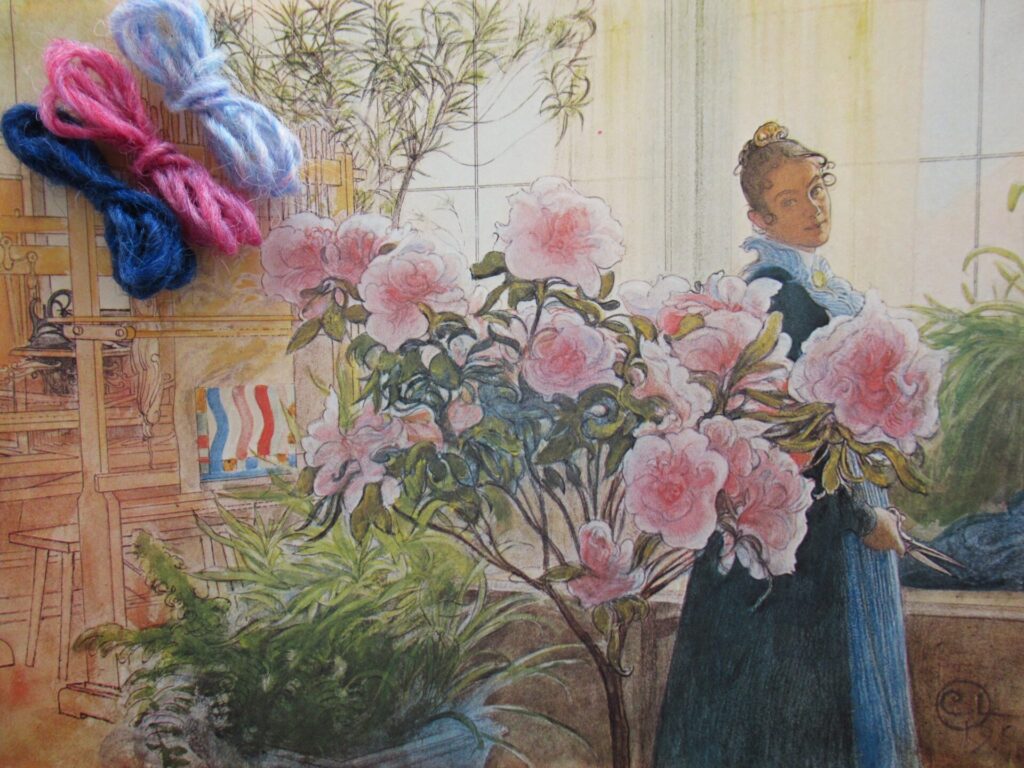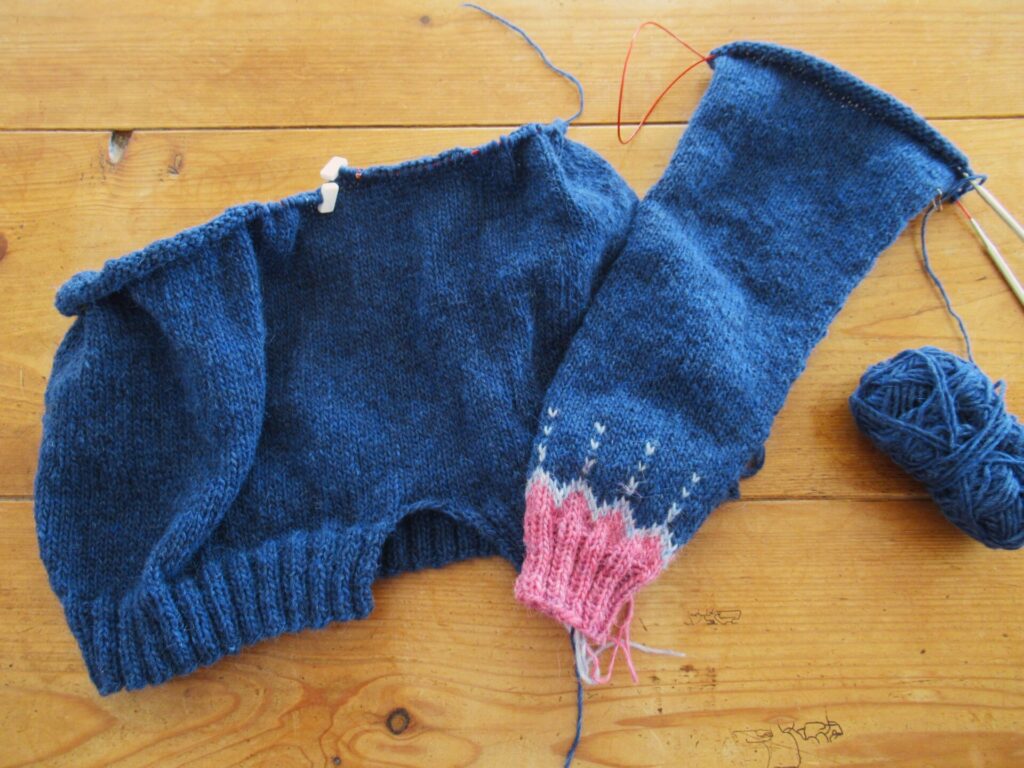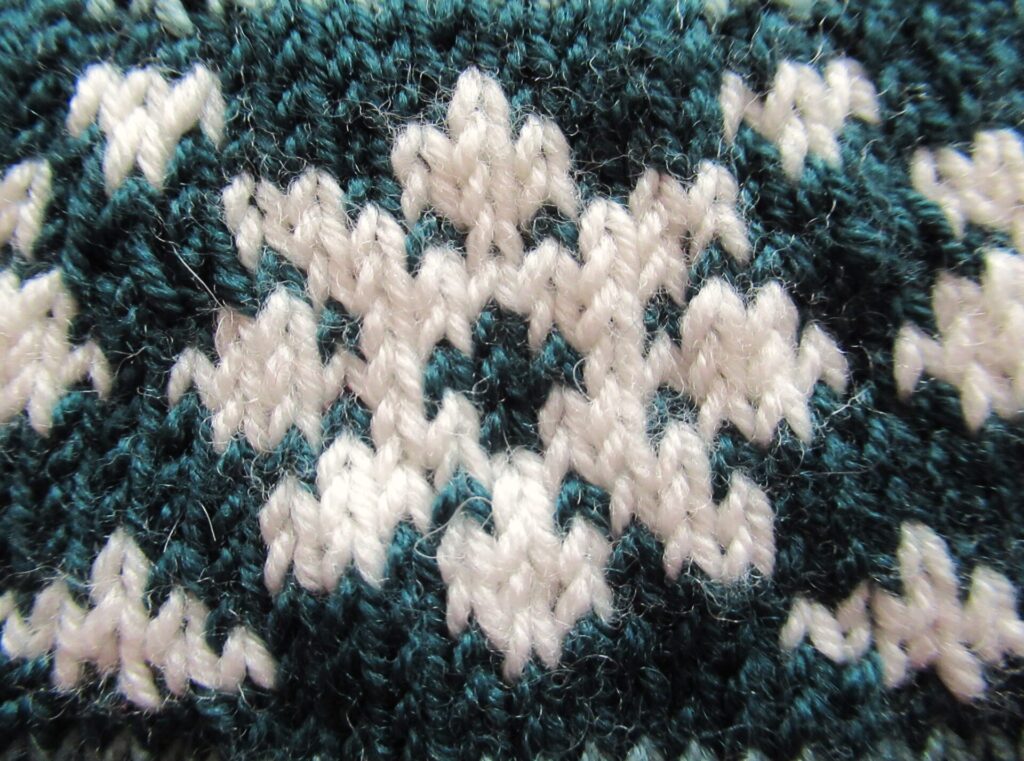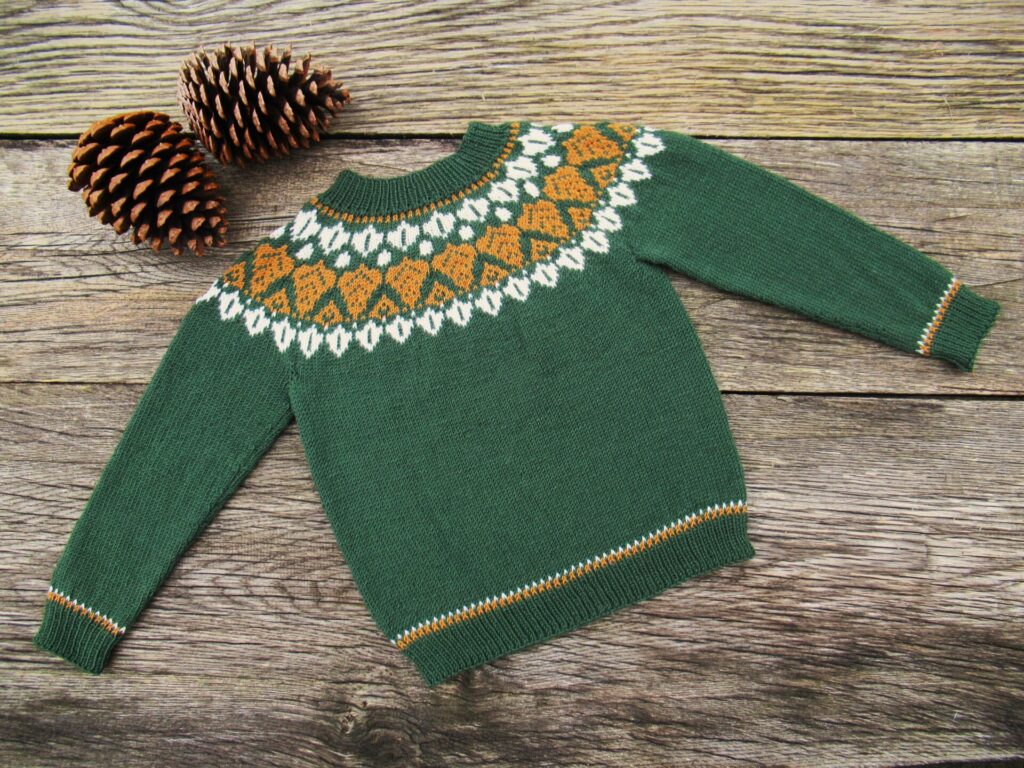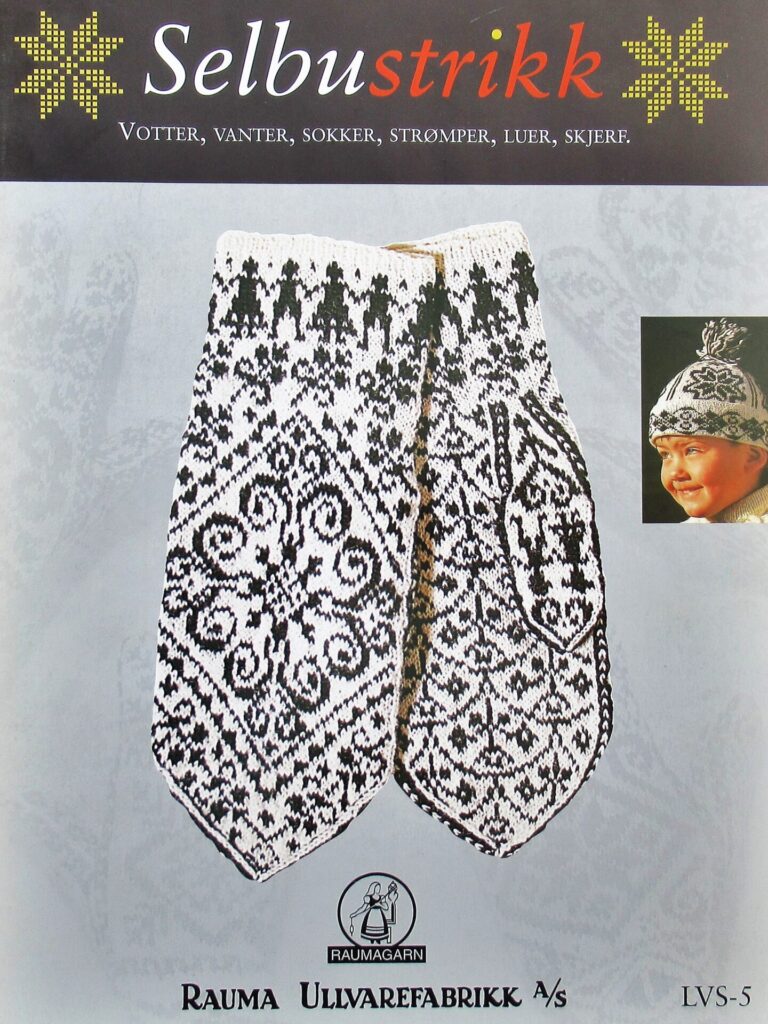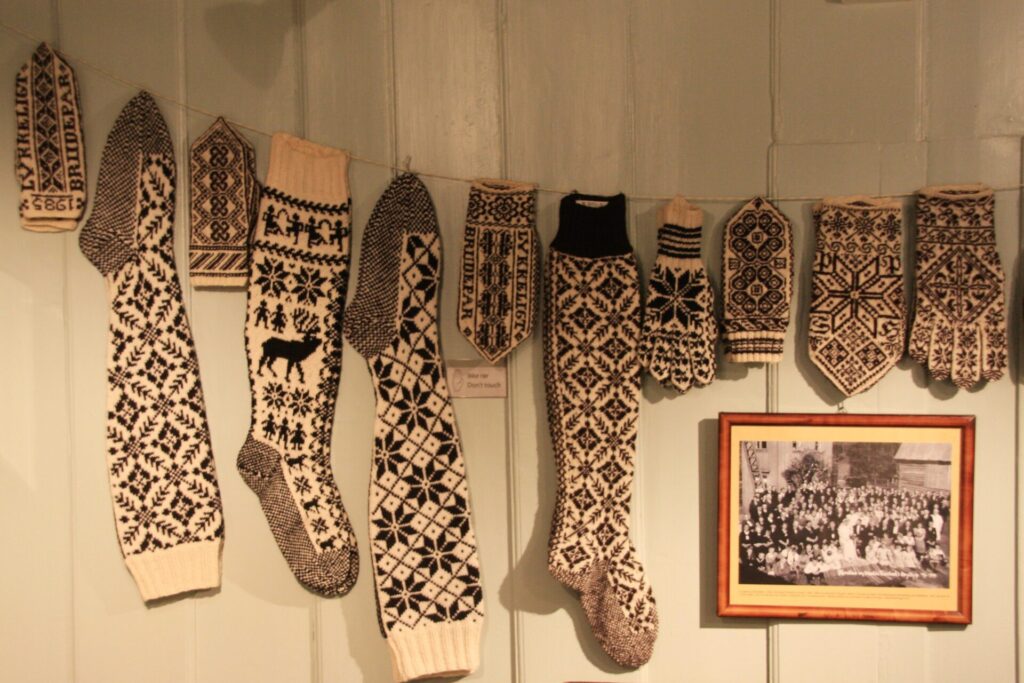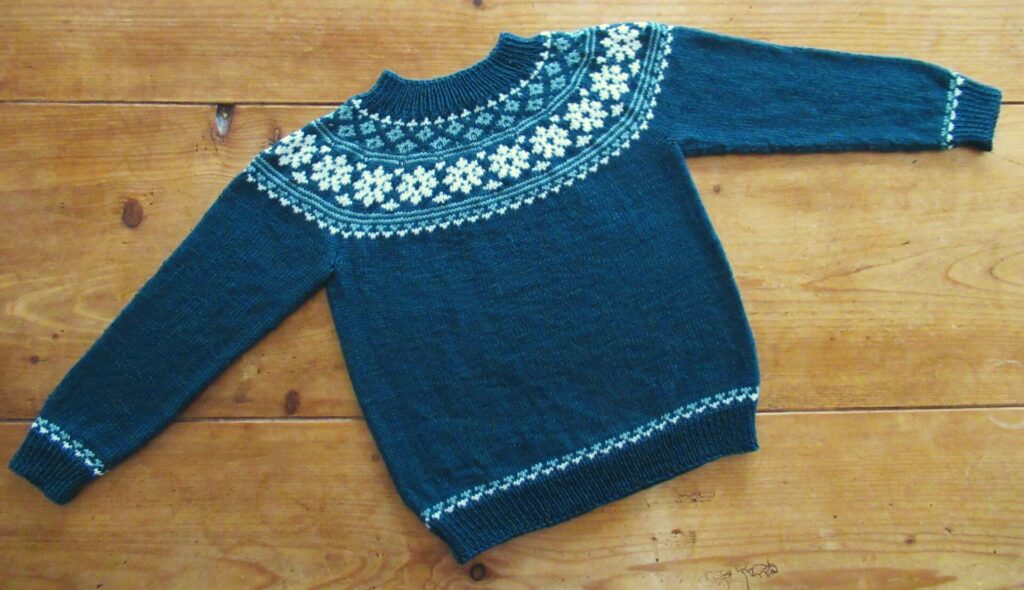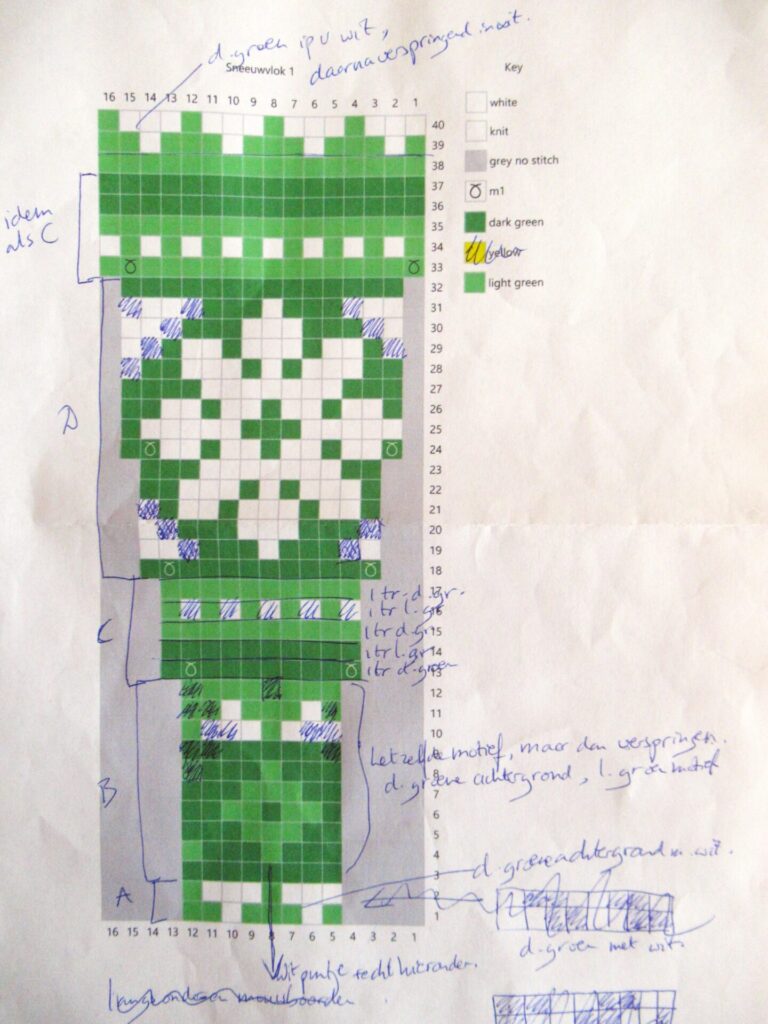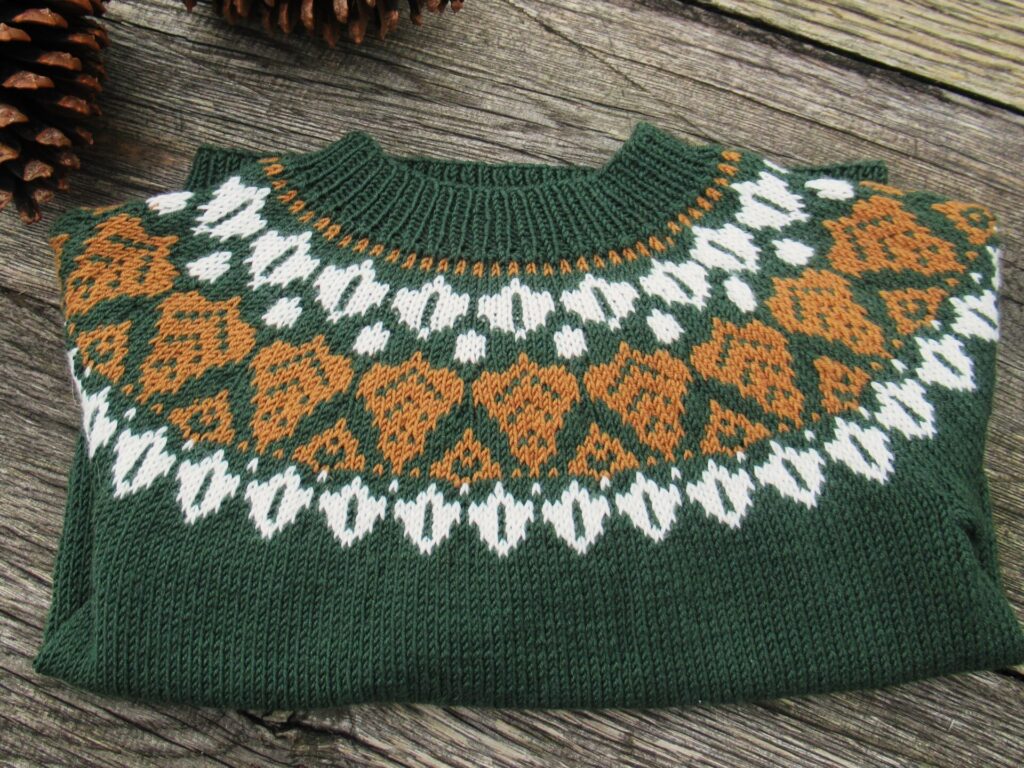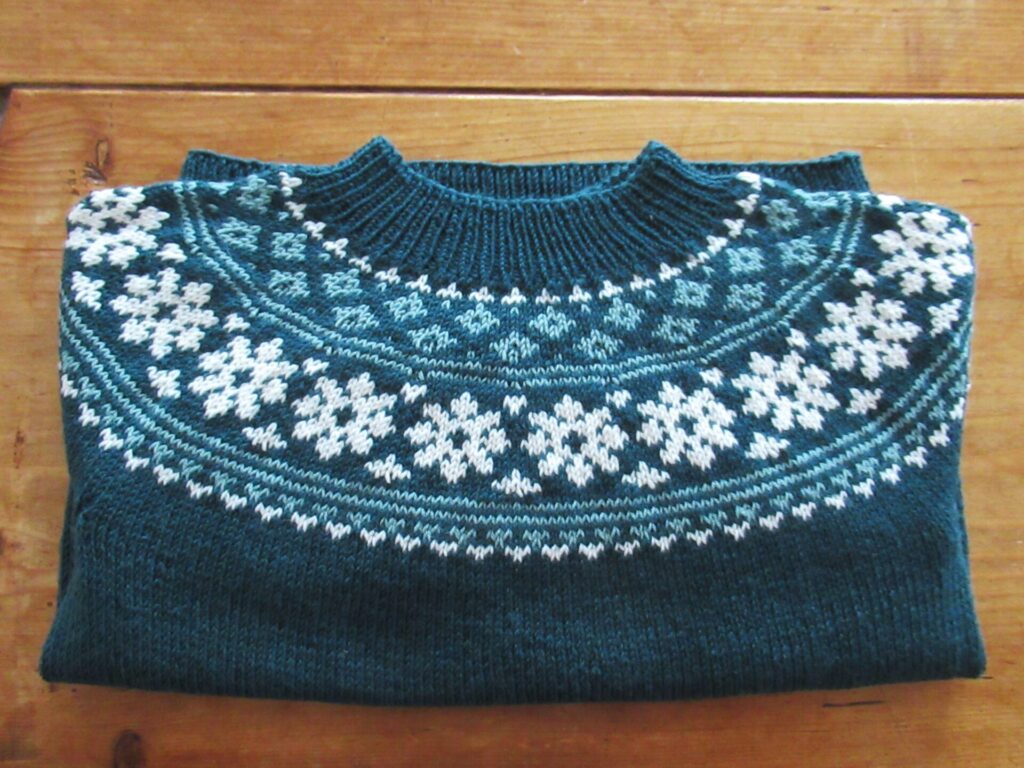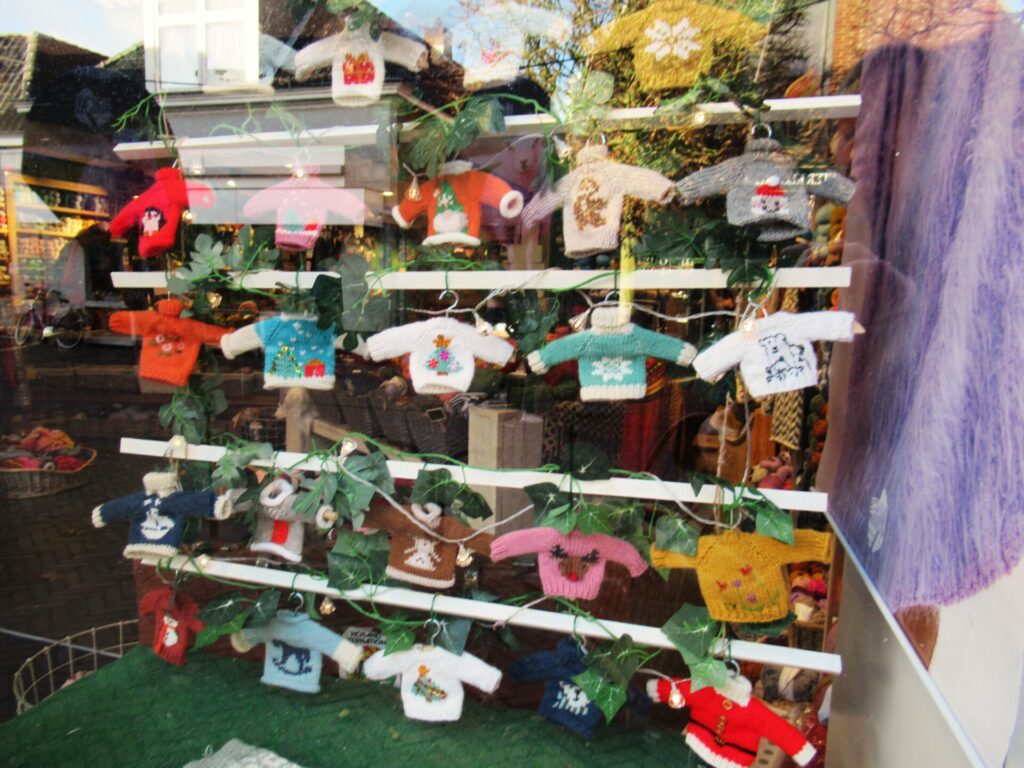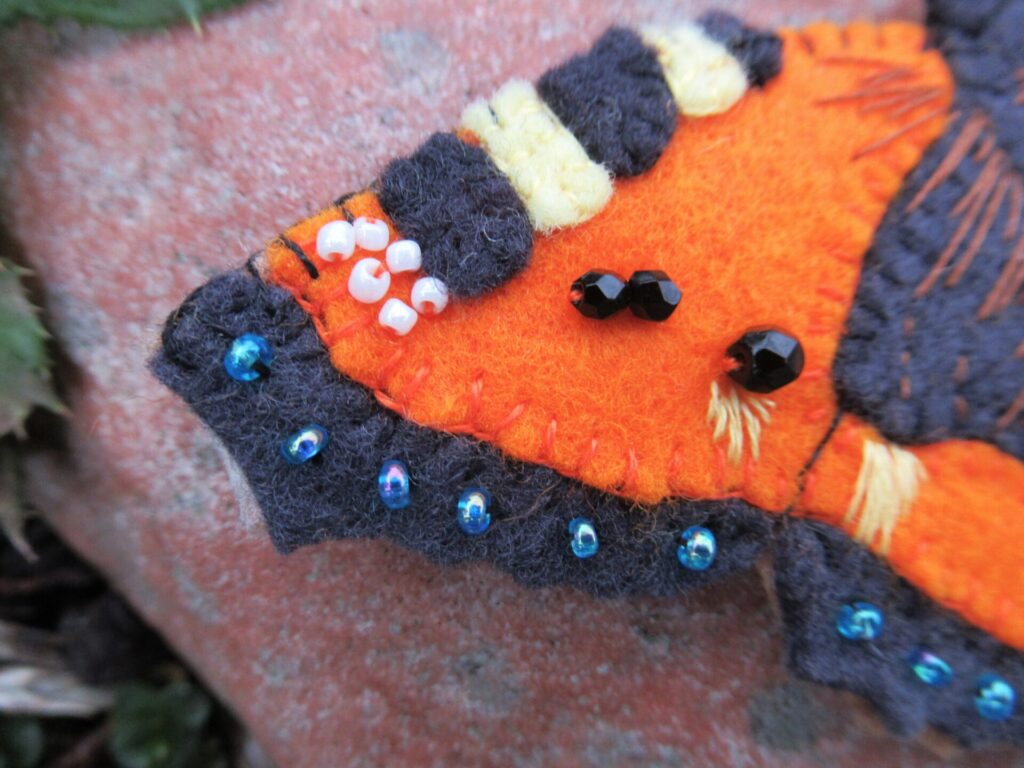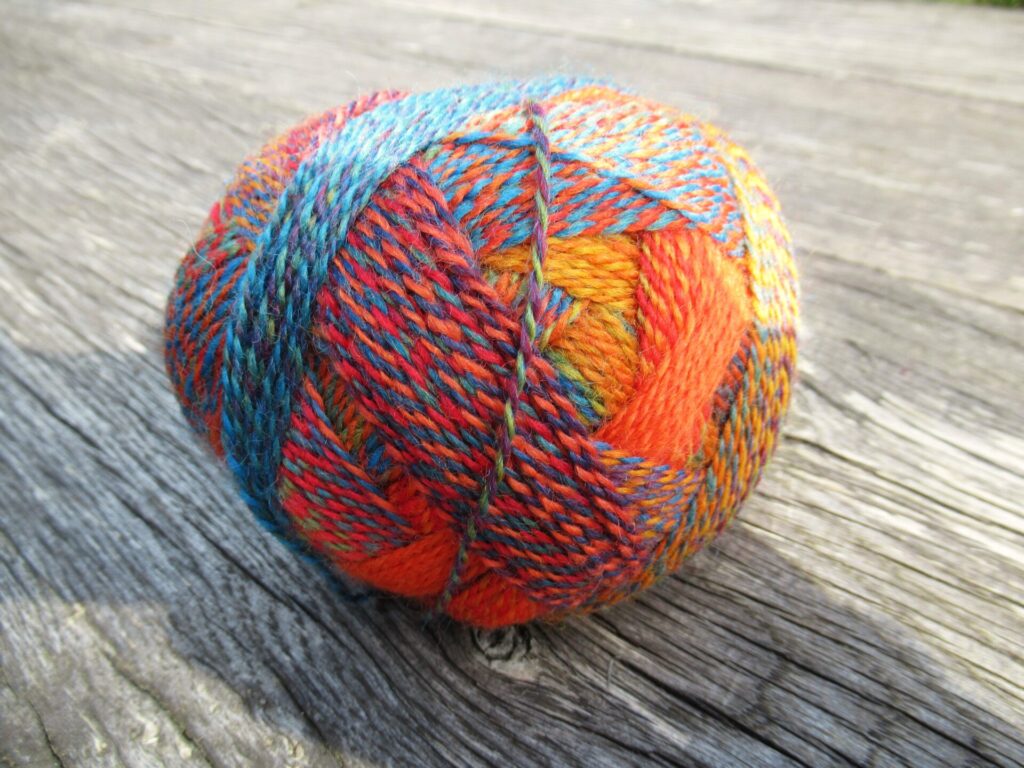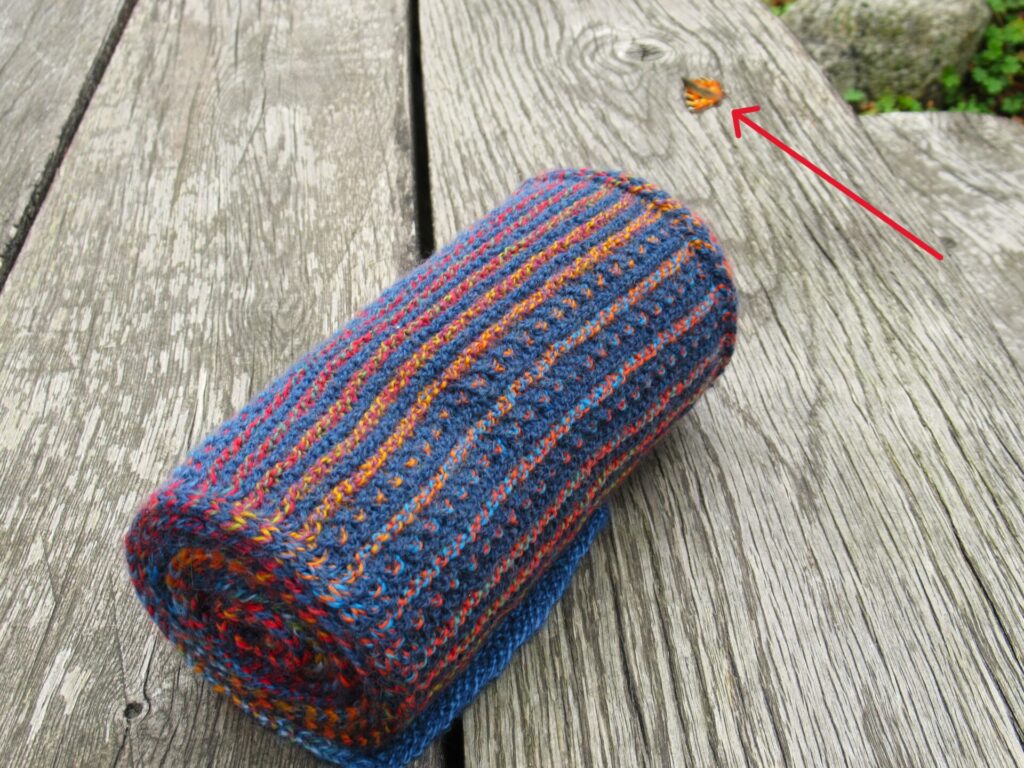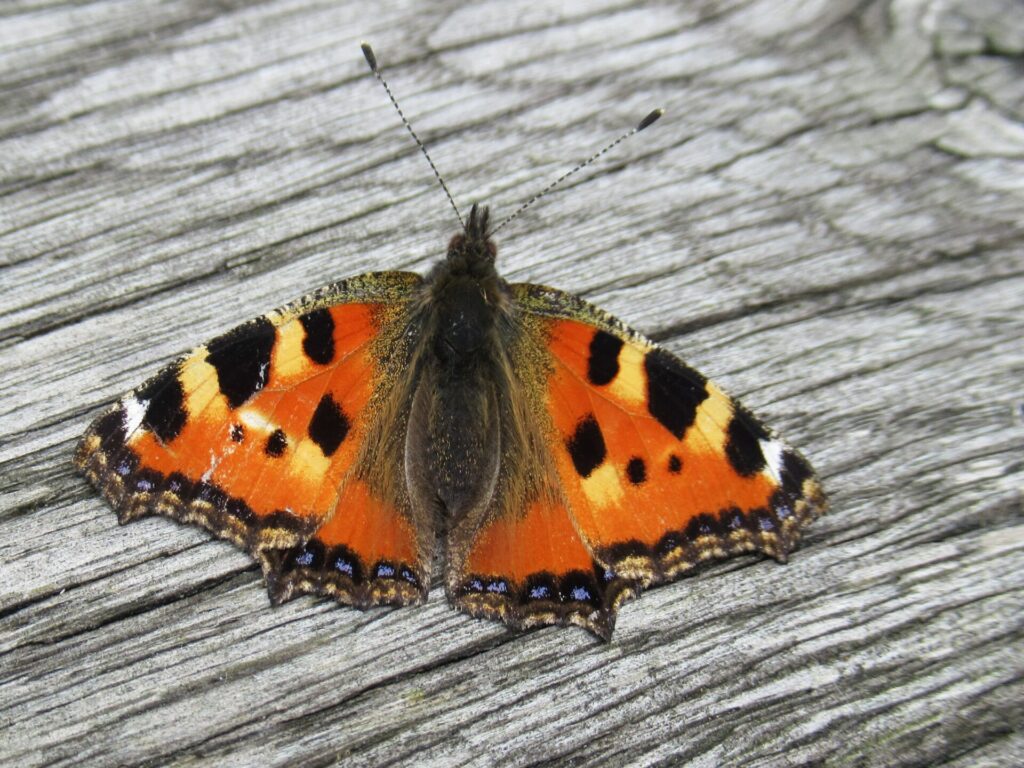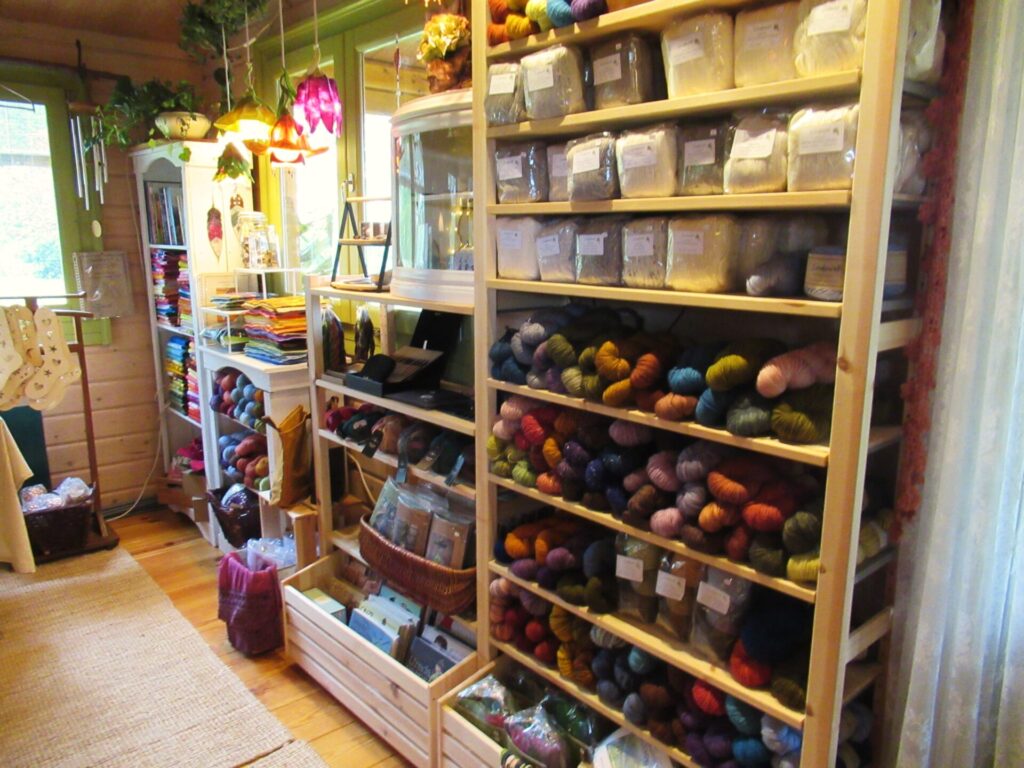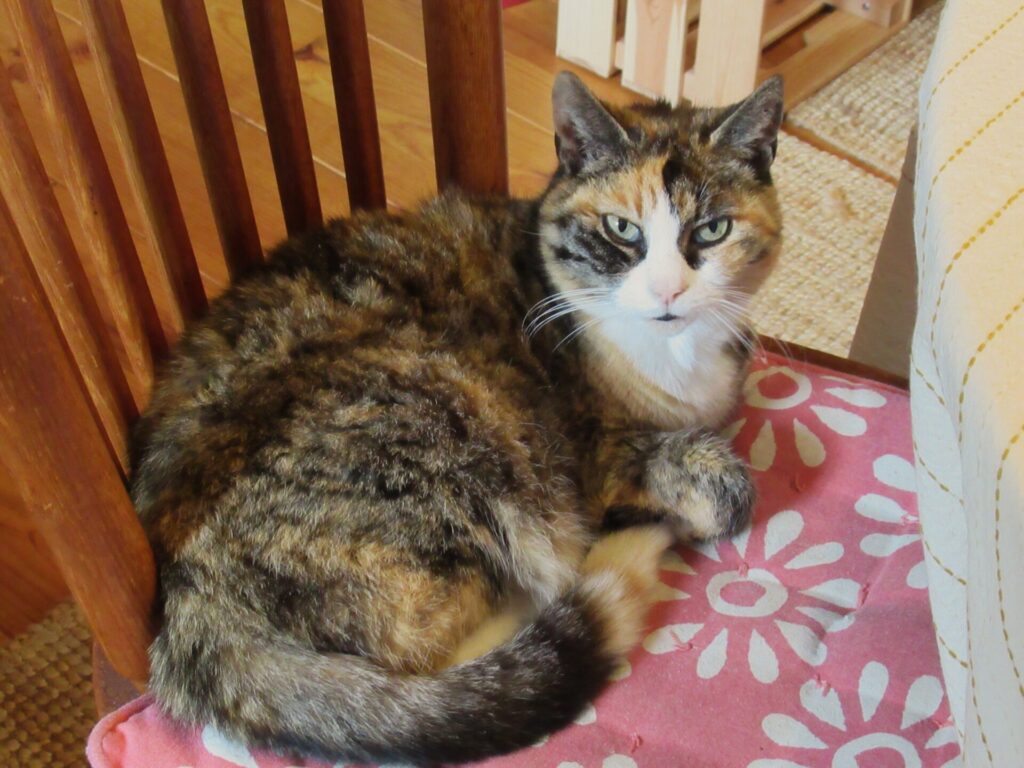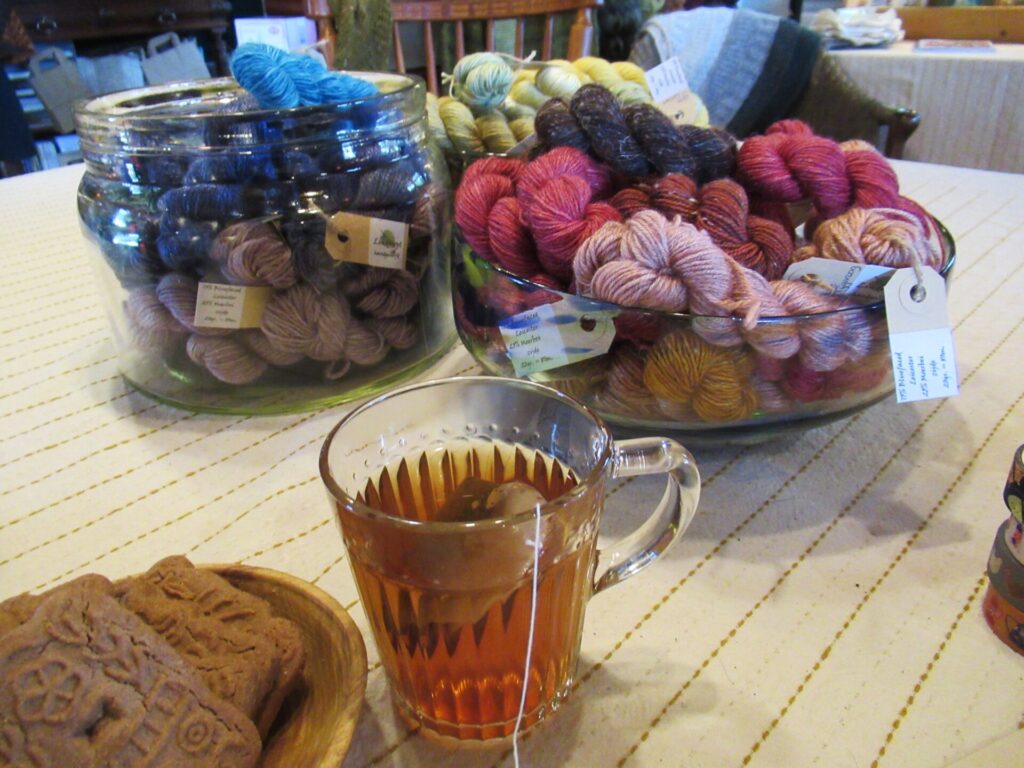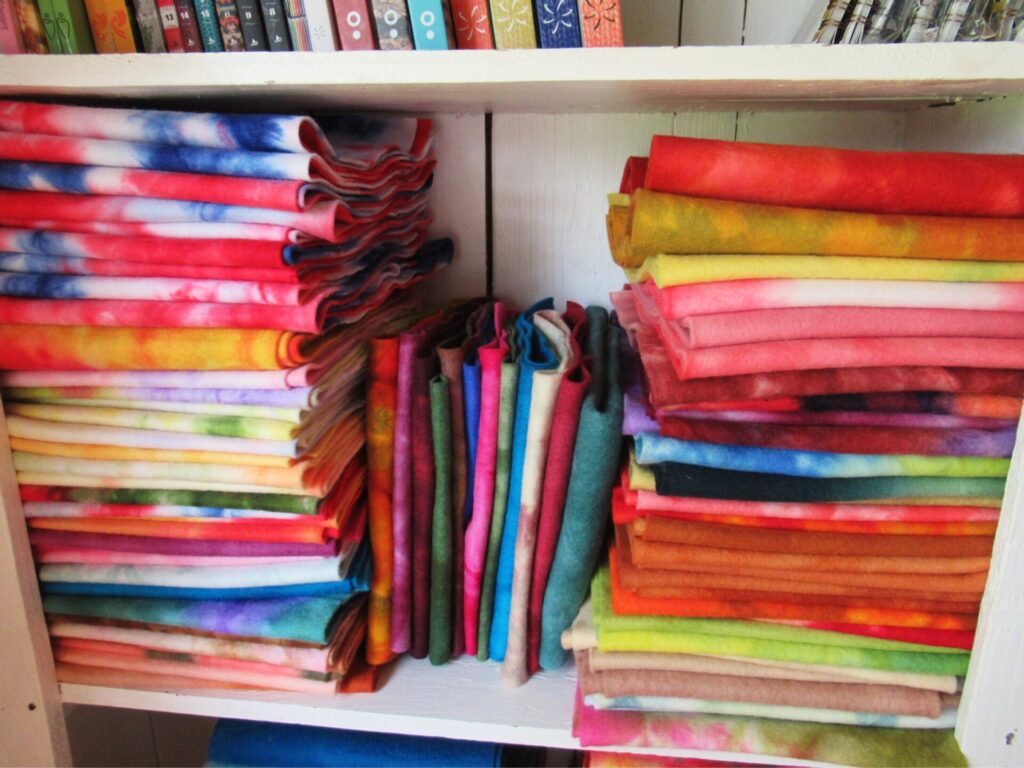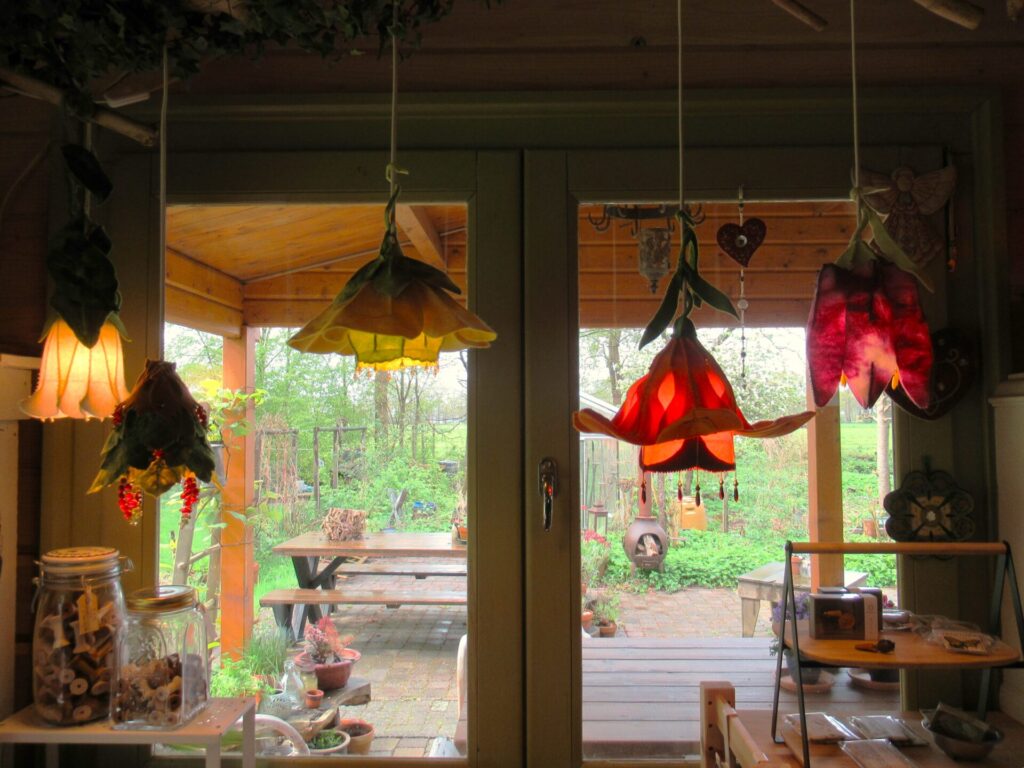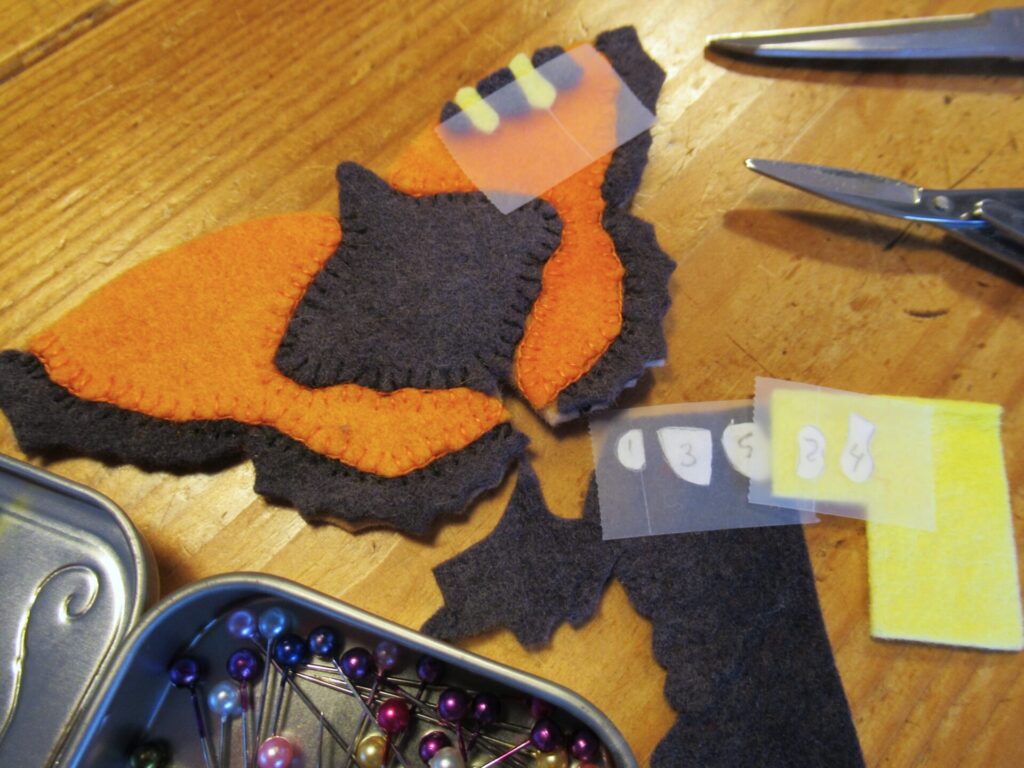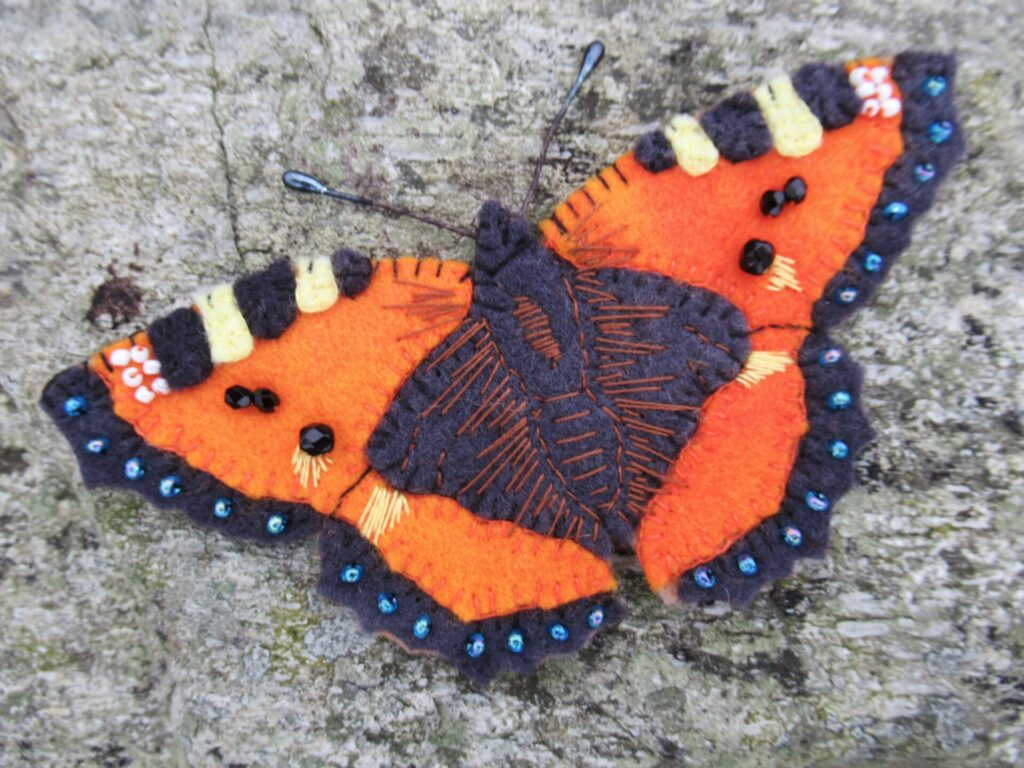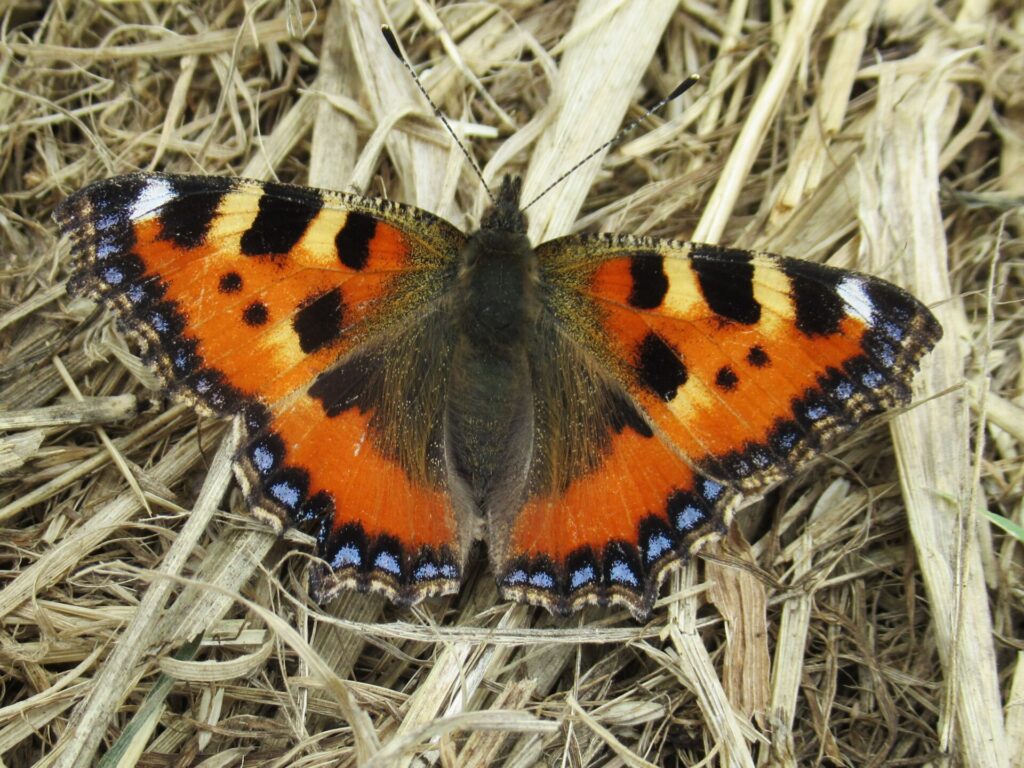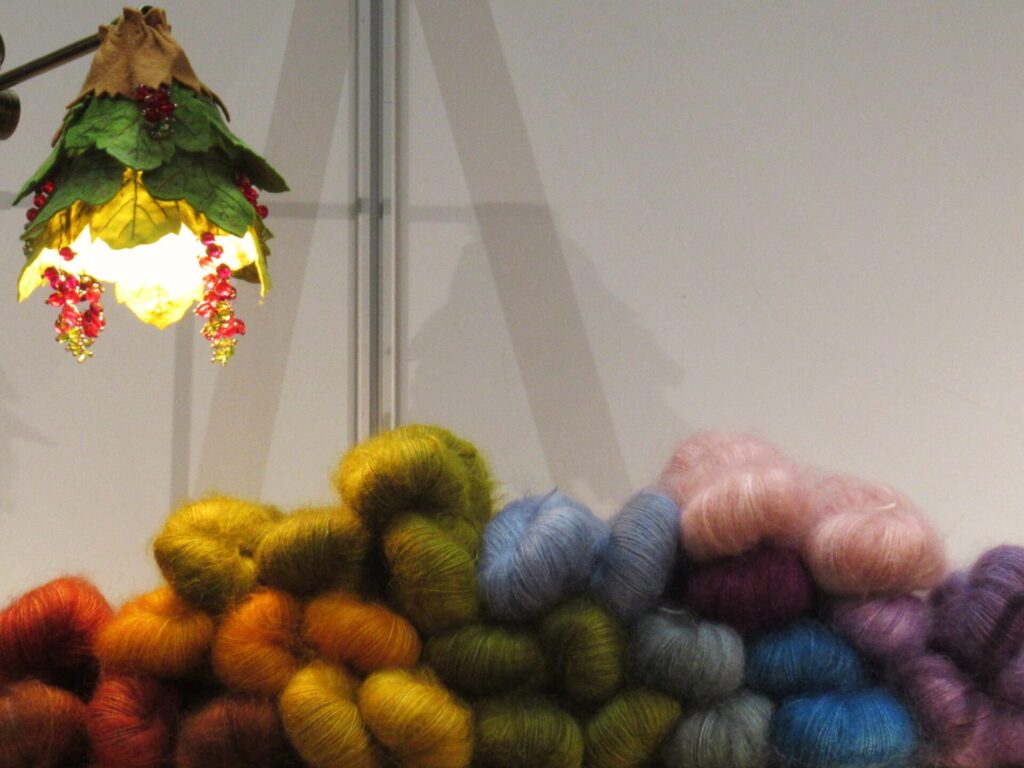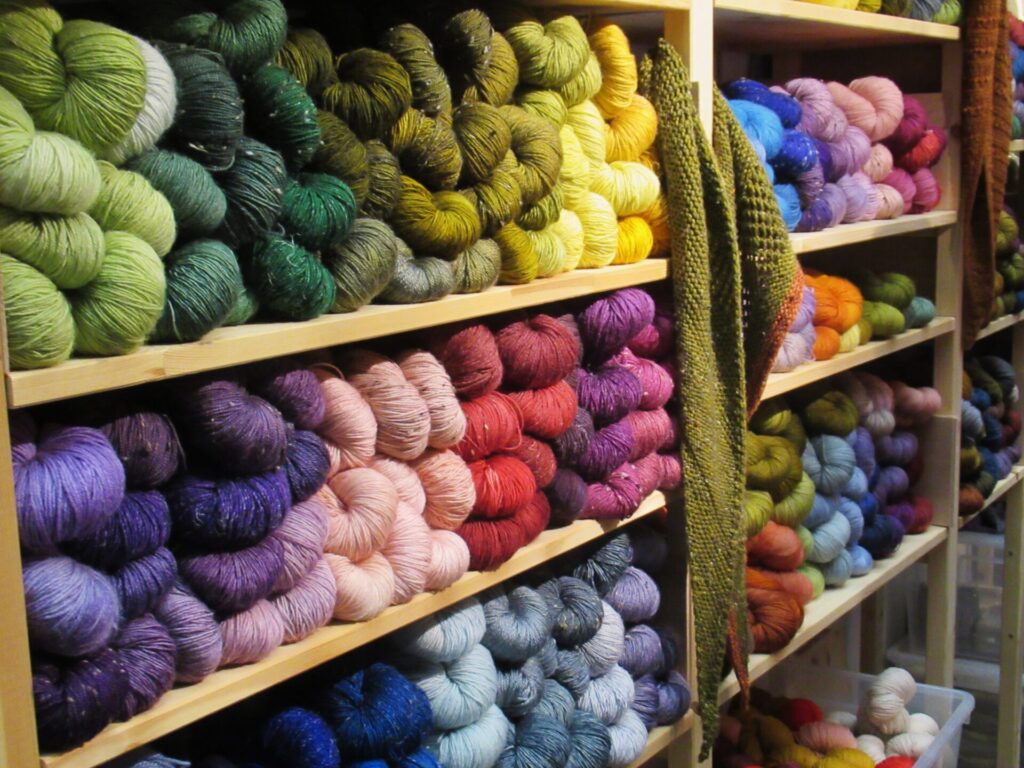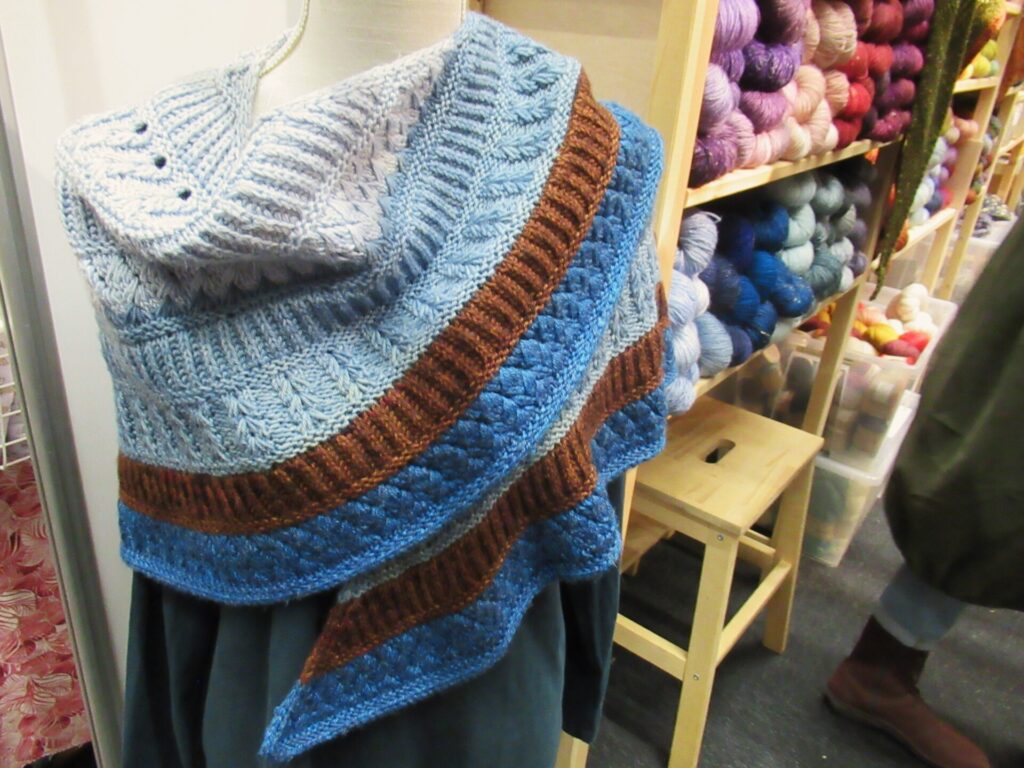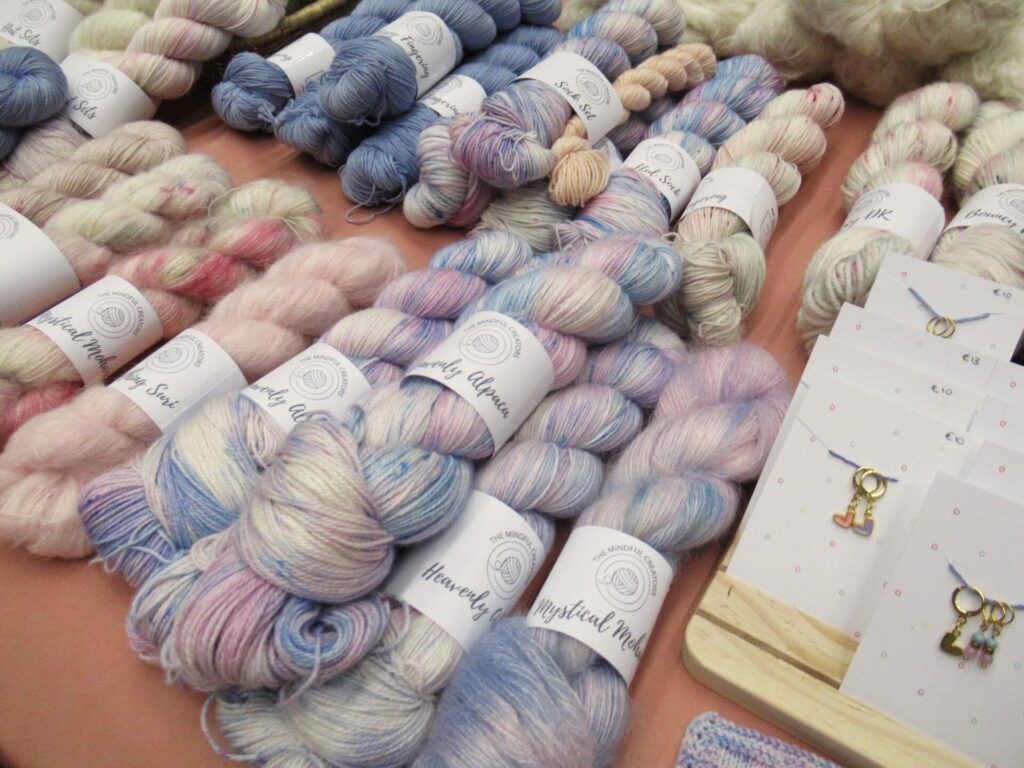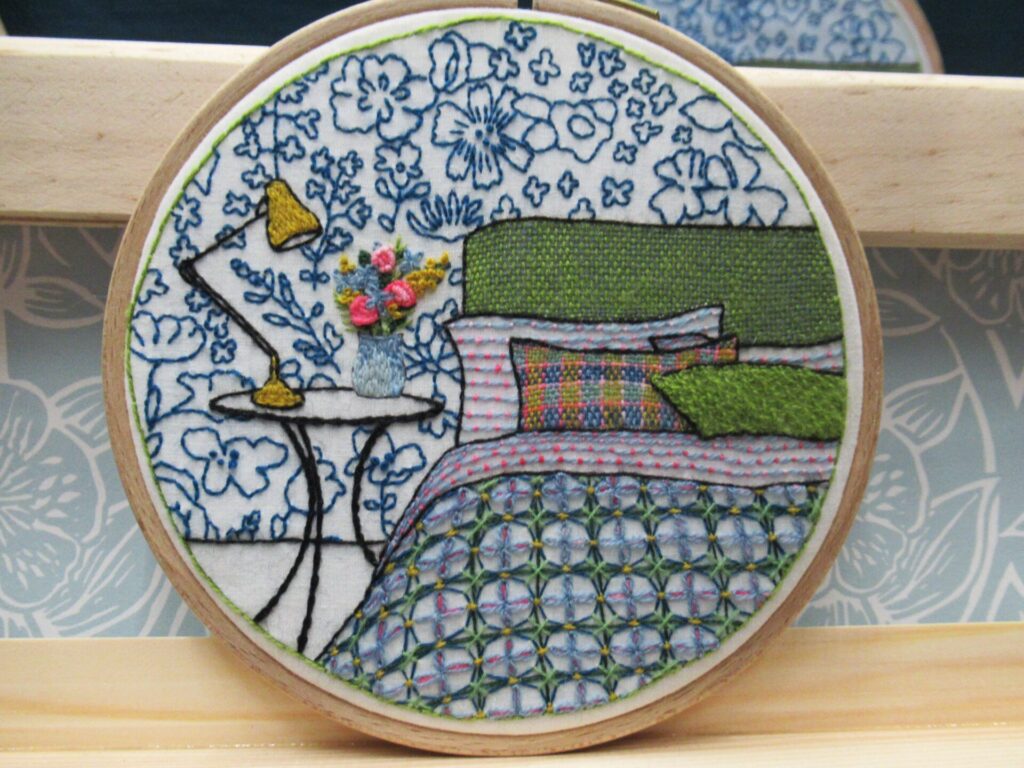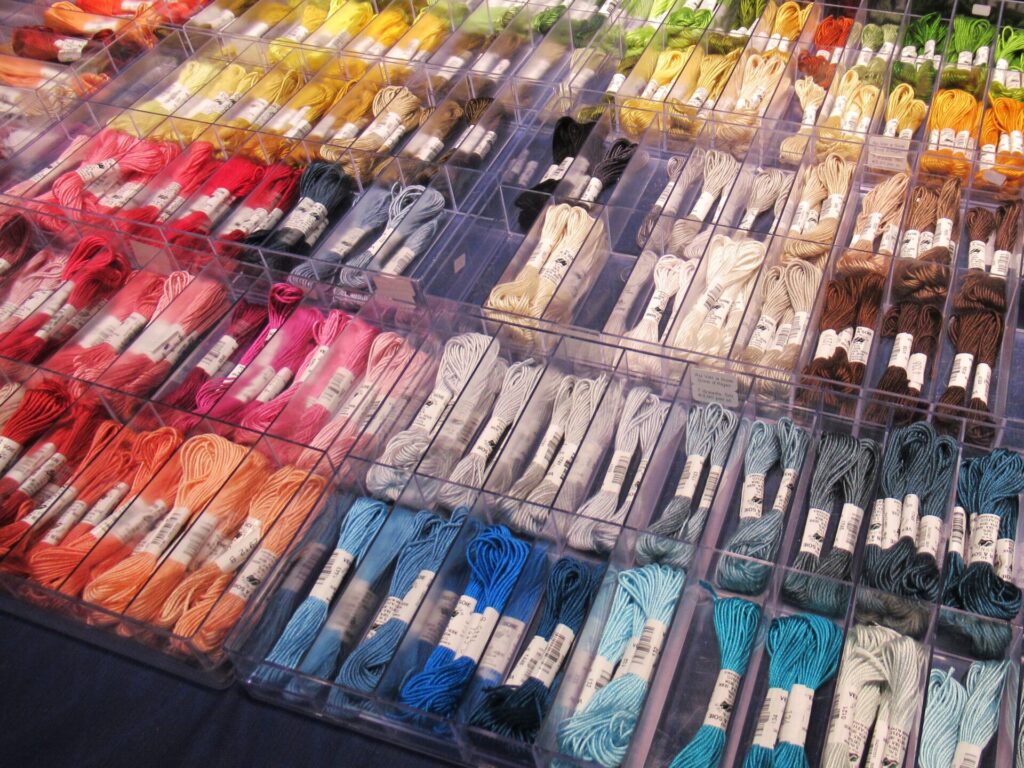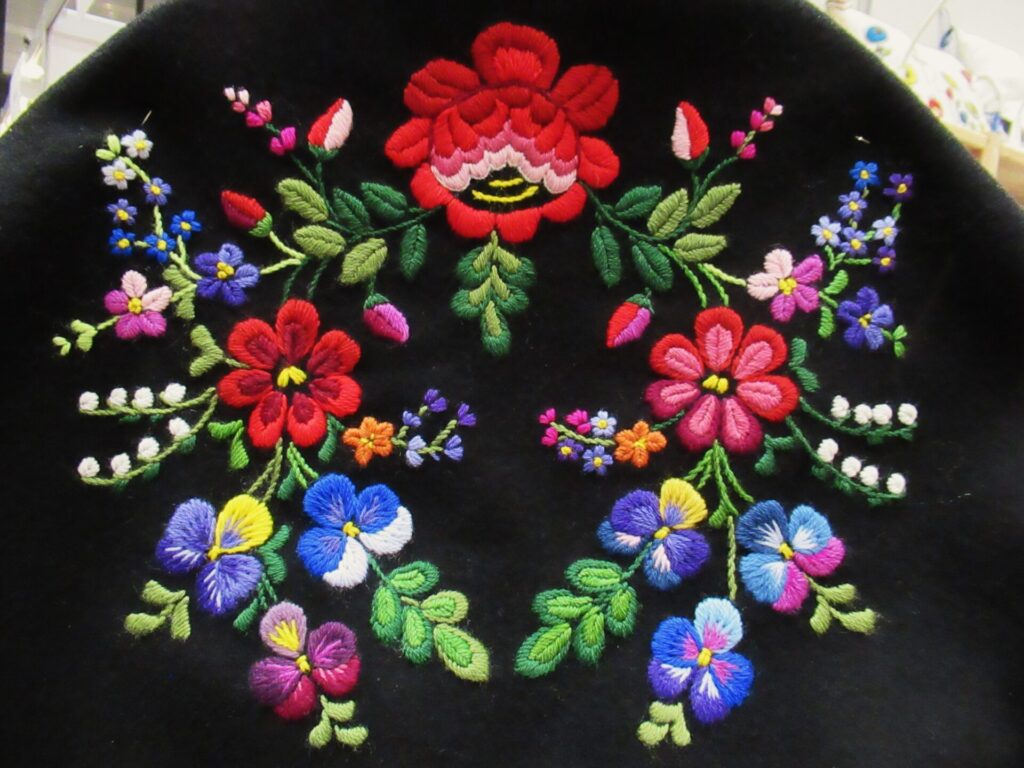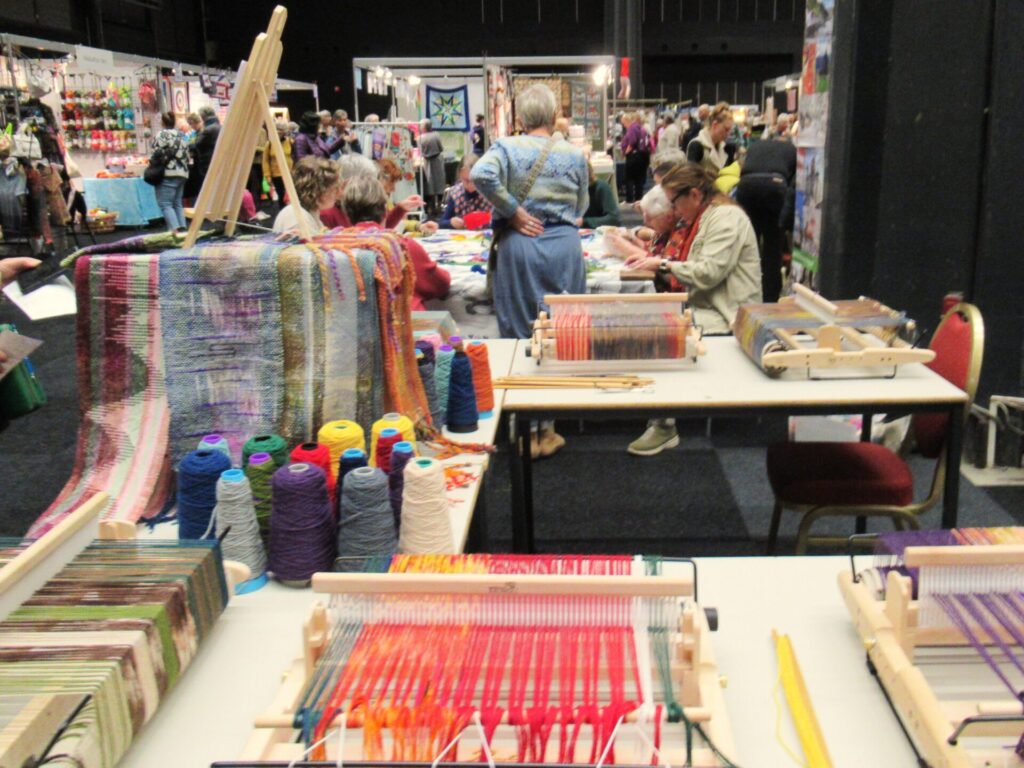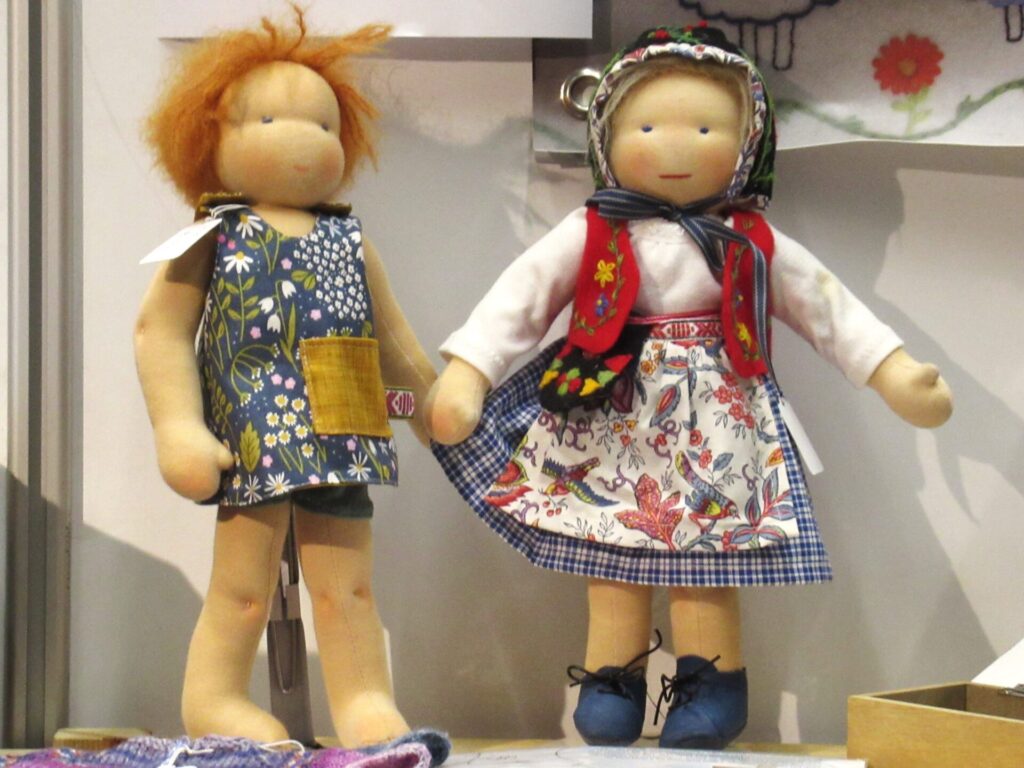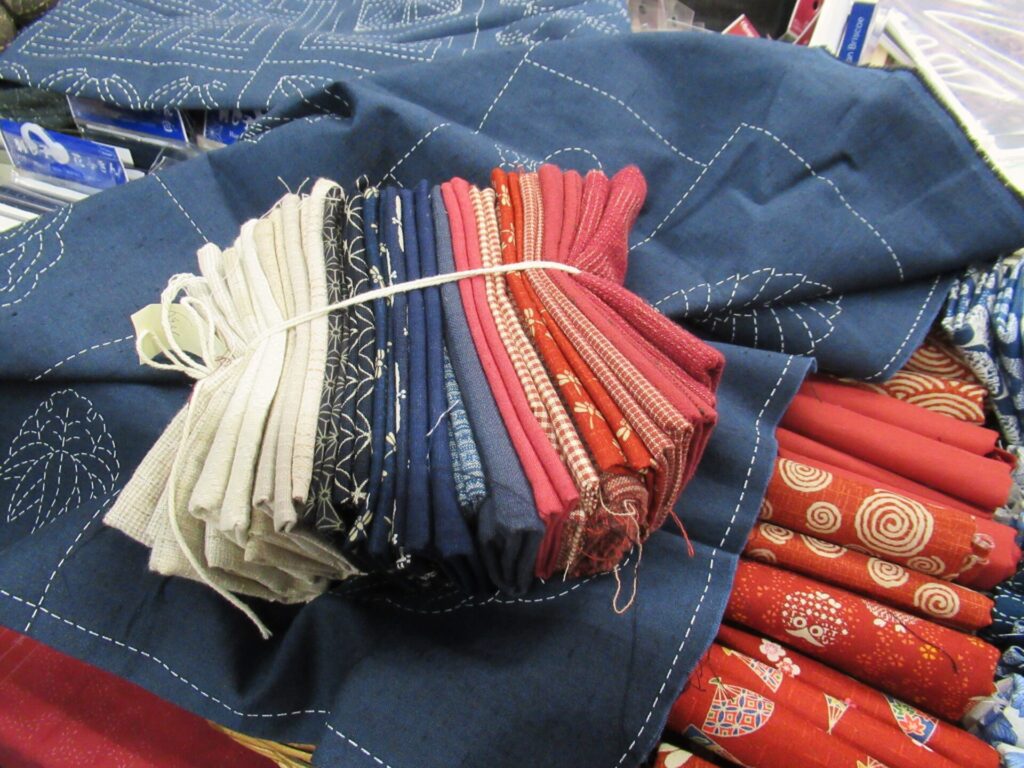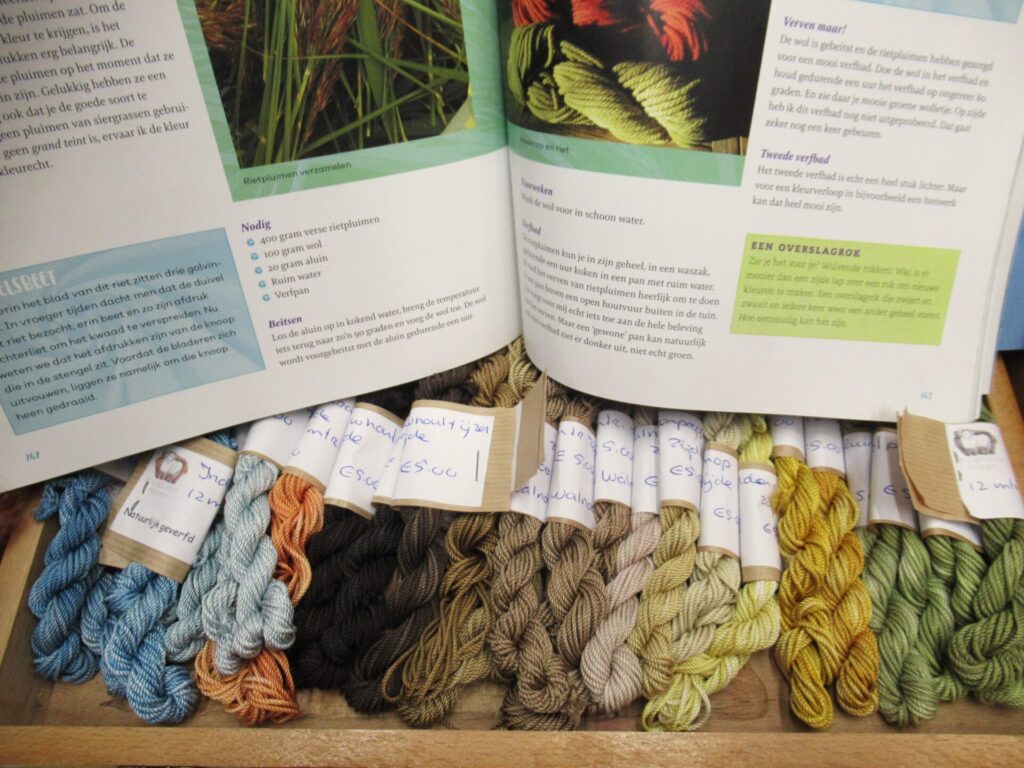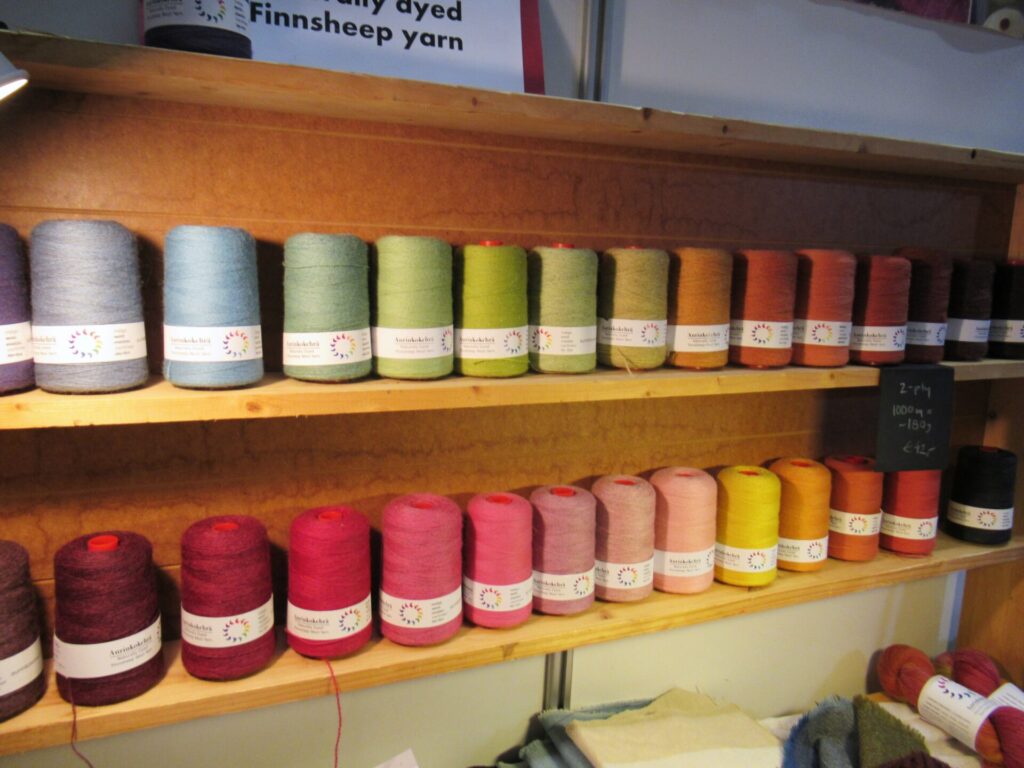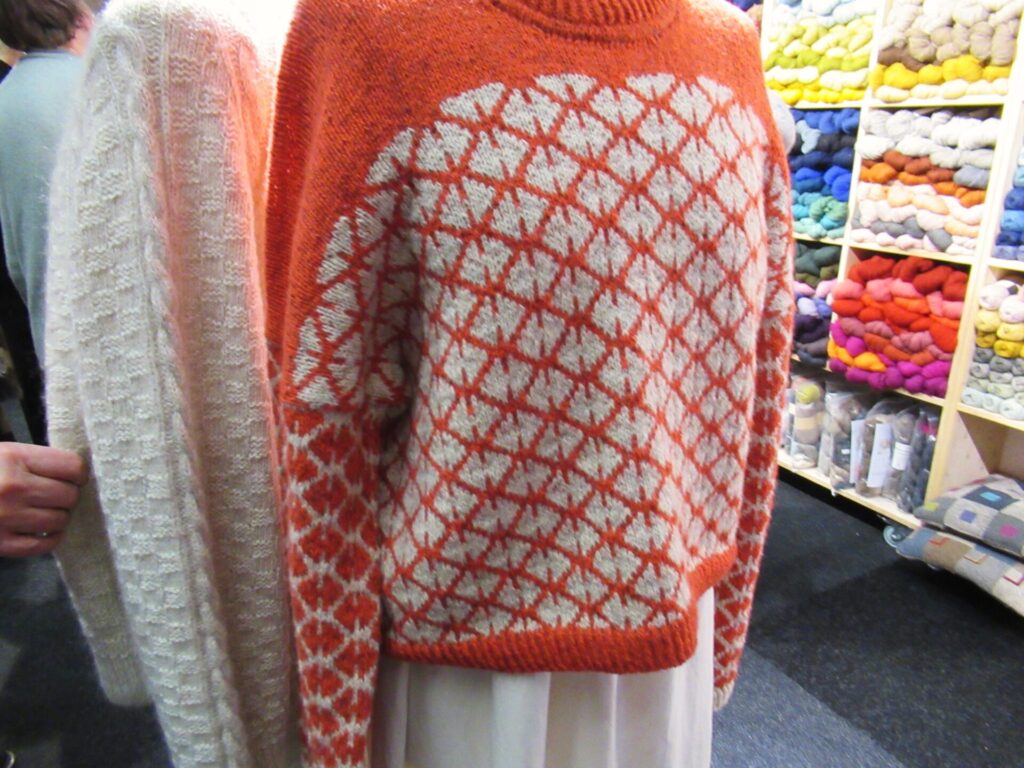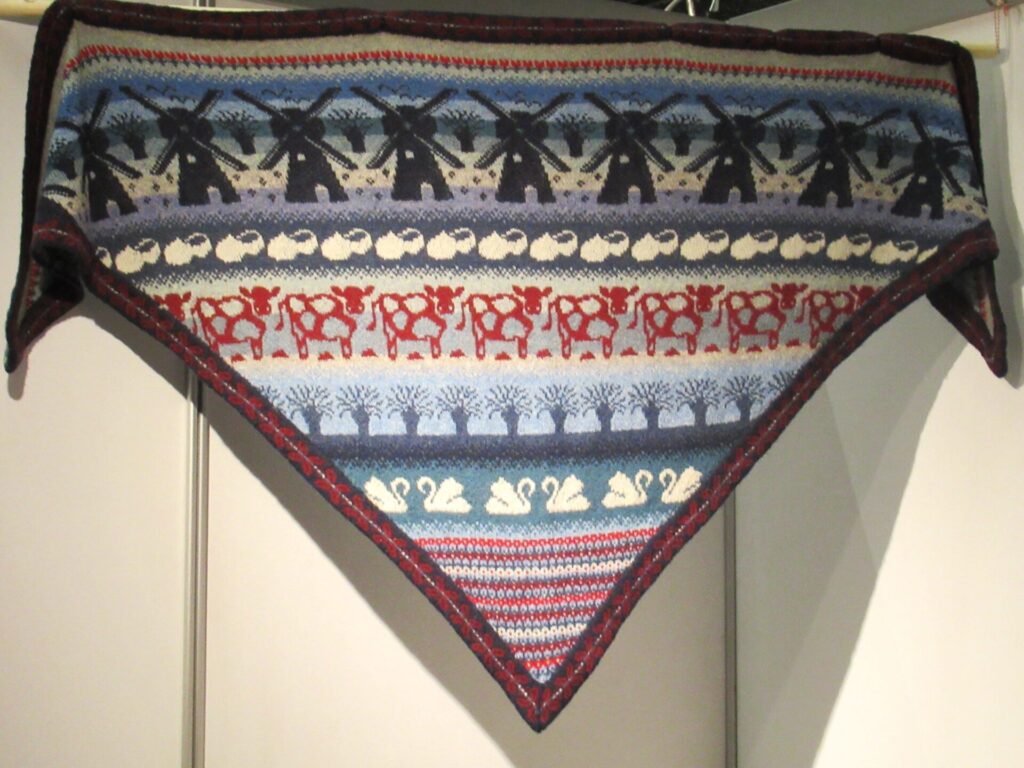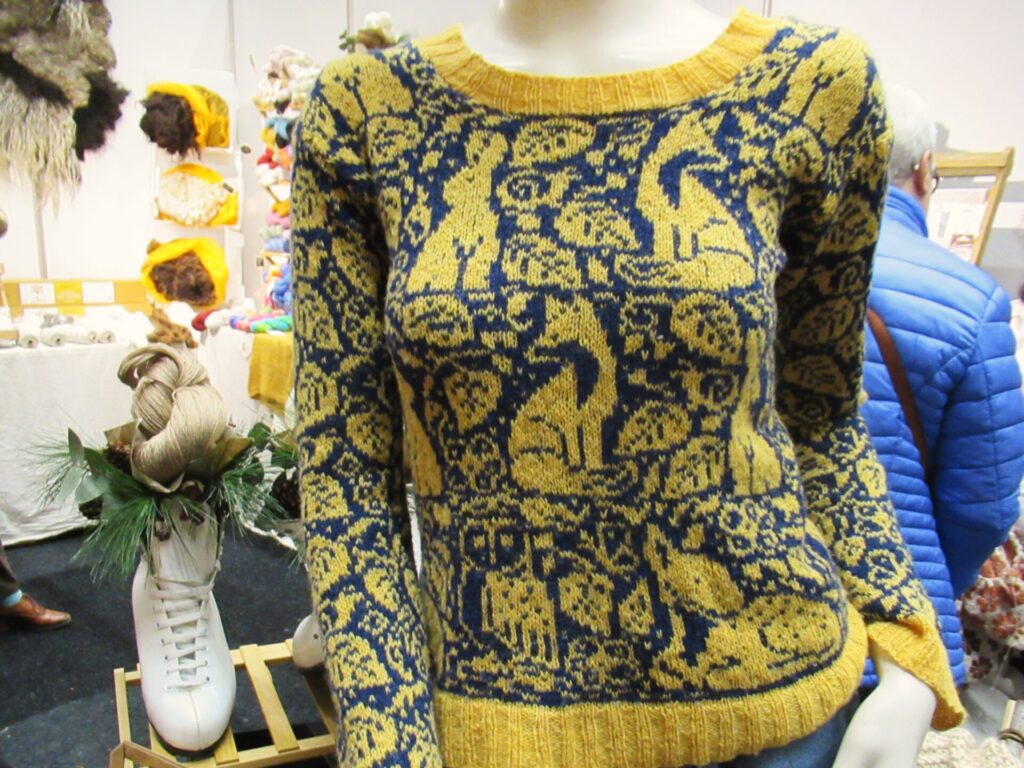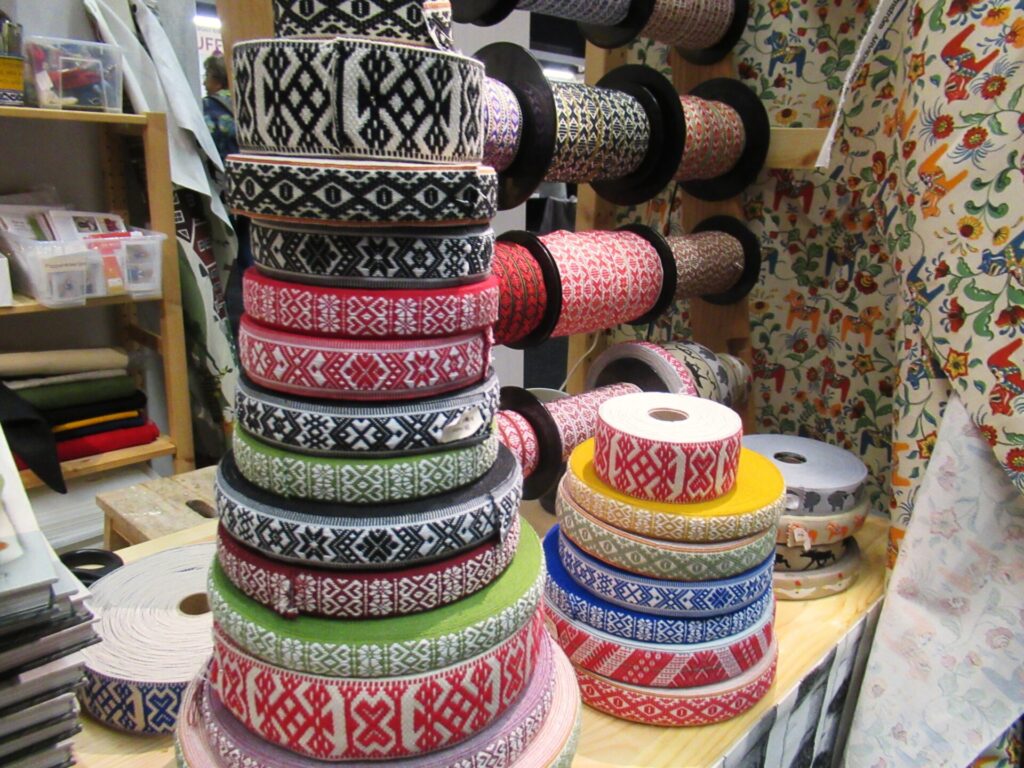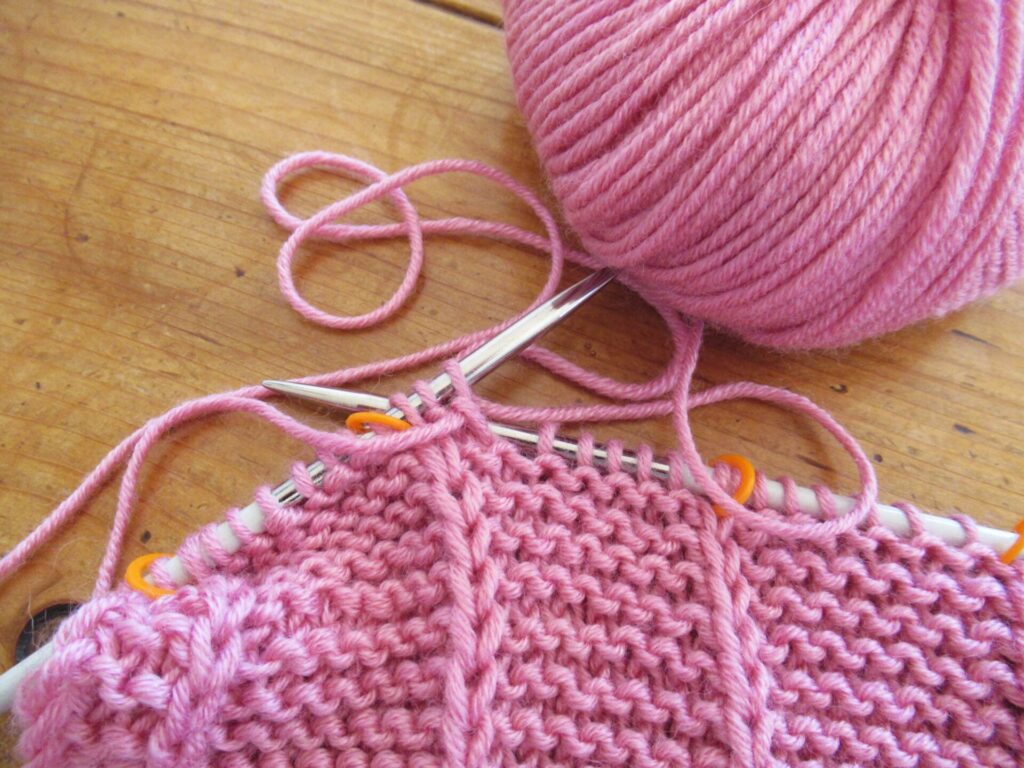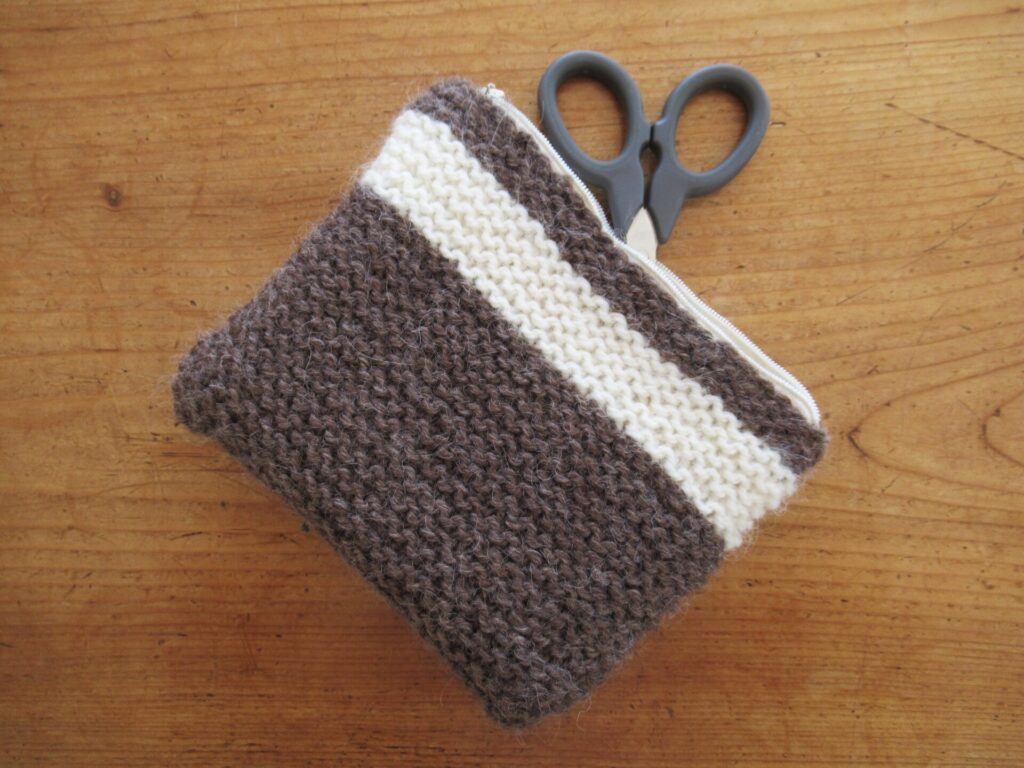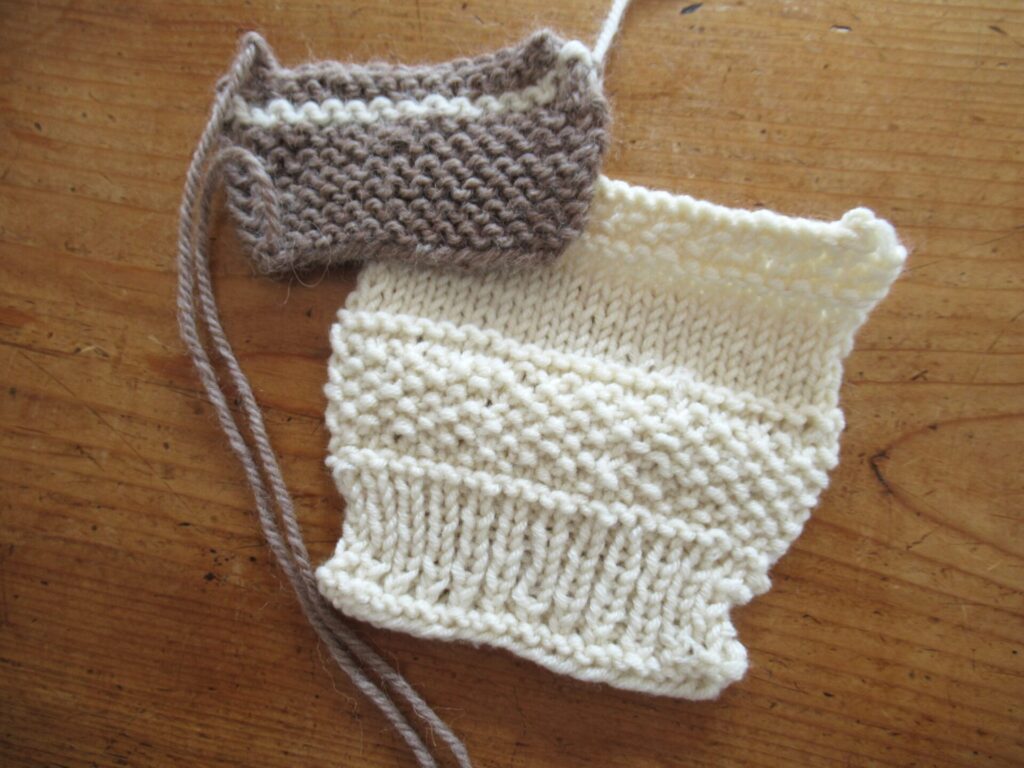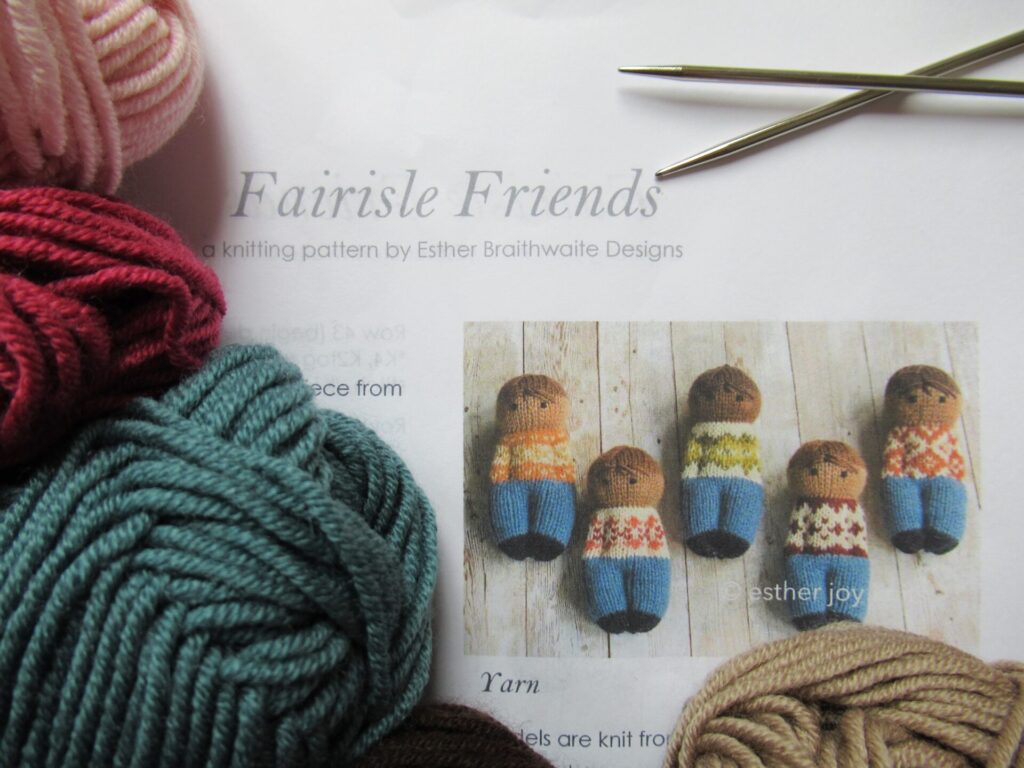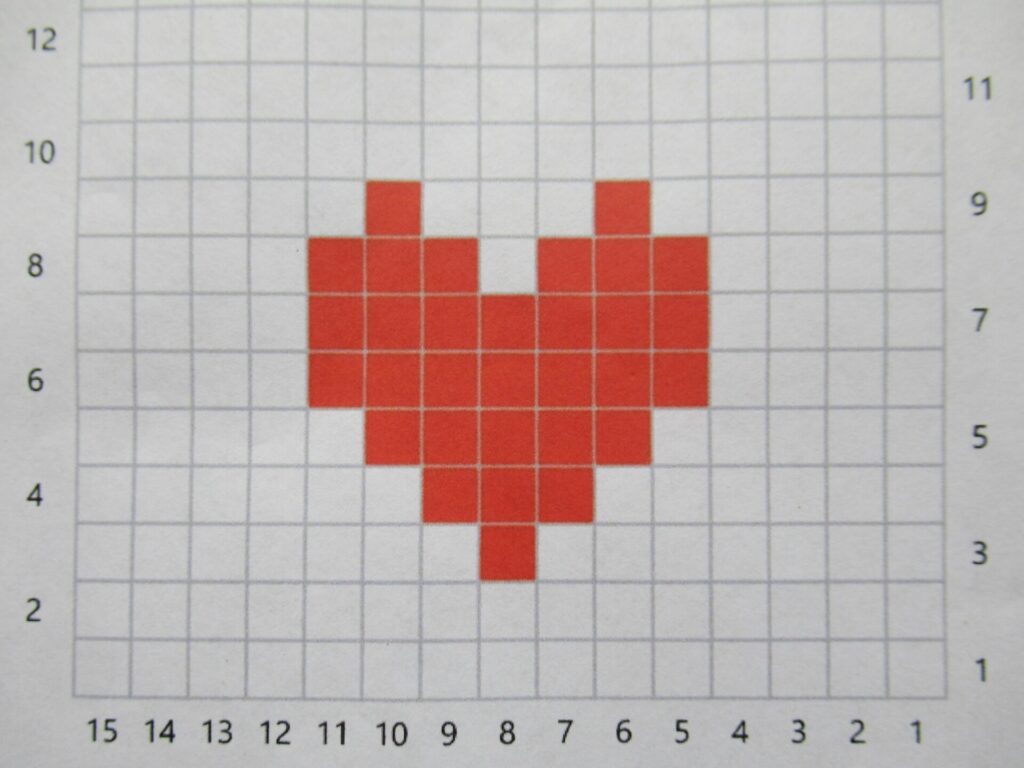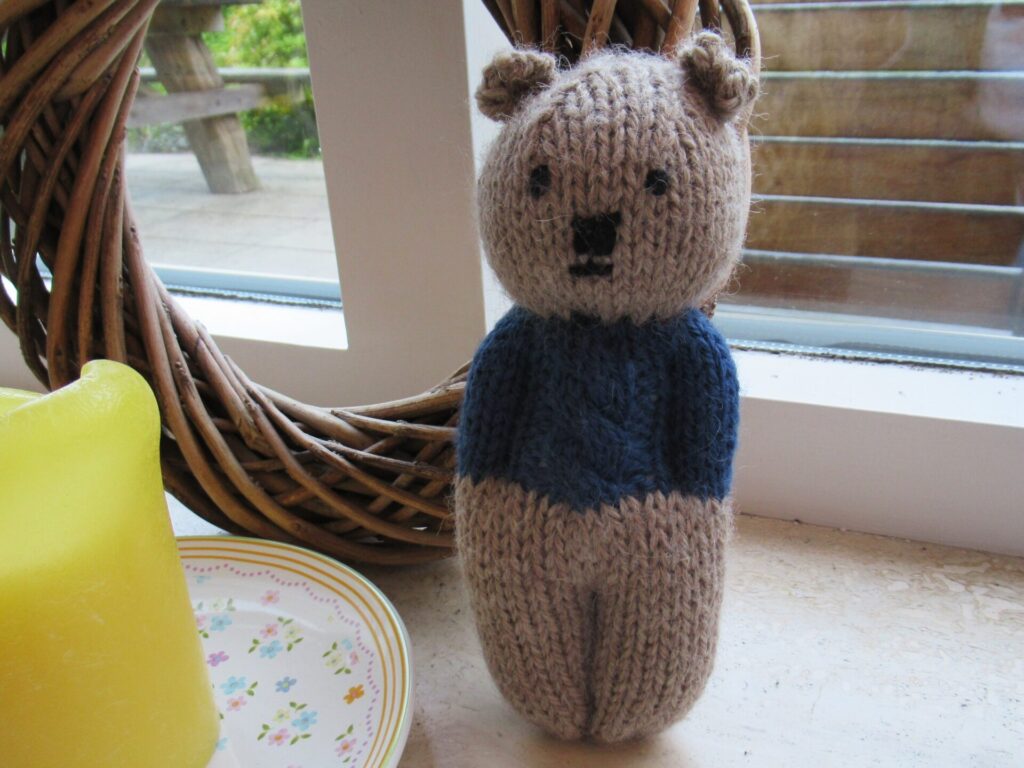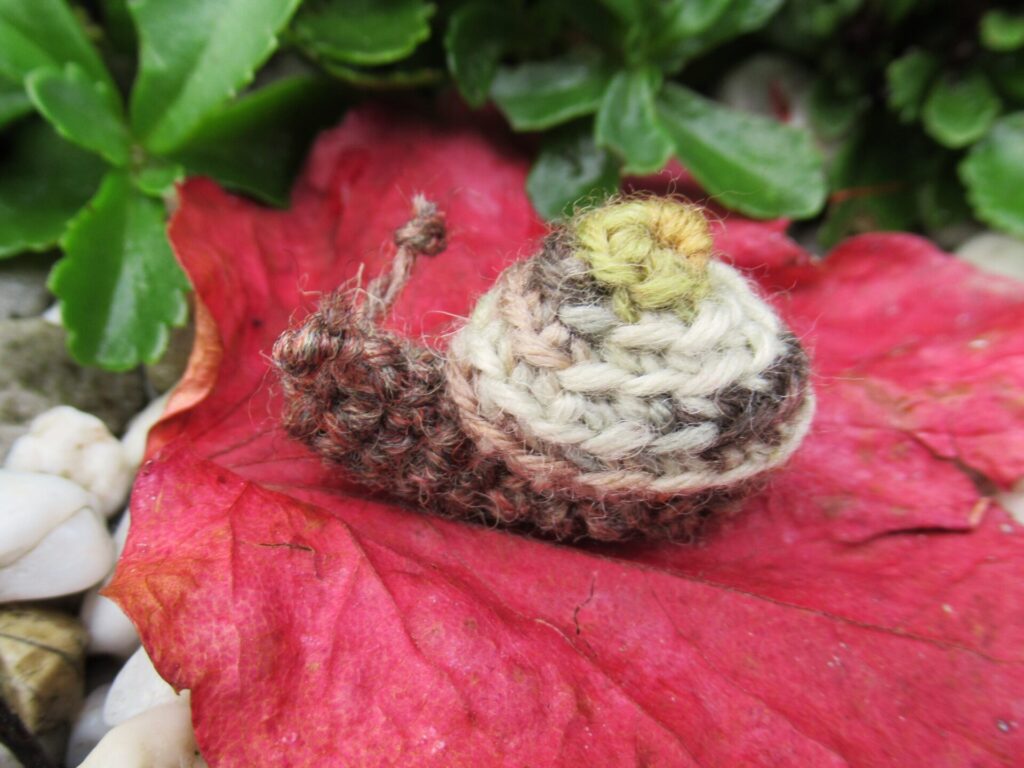
Hello! Last Friday, I attended the funeral of a friend’s mum, a very kind and gentle person. As a child I spent a lot of time at their place and during the funeral I silently expressed my gratitude to her for creating such a cosy home with a wonderful atmosphere of security. She was 92.
If I live to be her age, I have some 30 years ahead of me. If I am to die at the same age my mum did, I have about 3 years ahead of me. Very different prospects. The latter sometimes gives me a feeling of hurry, hurry, hurry! But hurry with what? I do not even have a bucket list. Or… hang on a sec, there is something on my bookshelves:
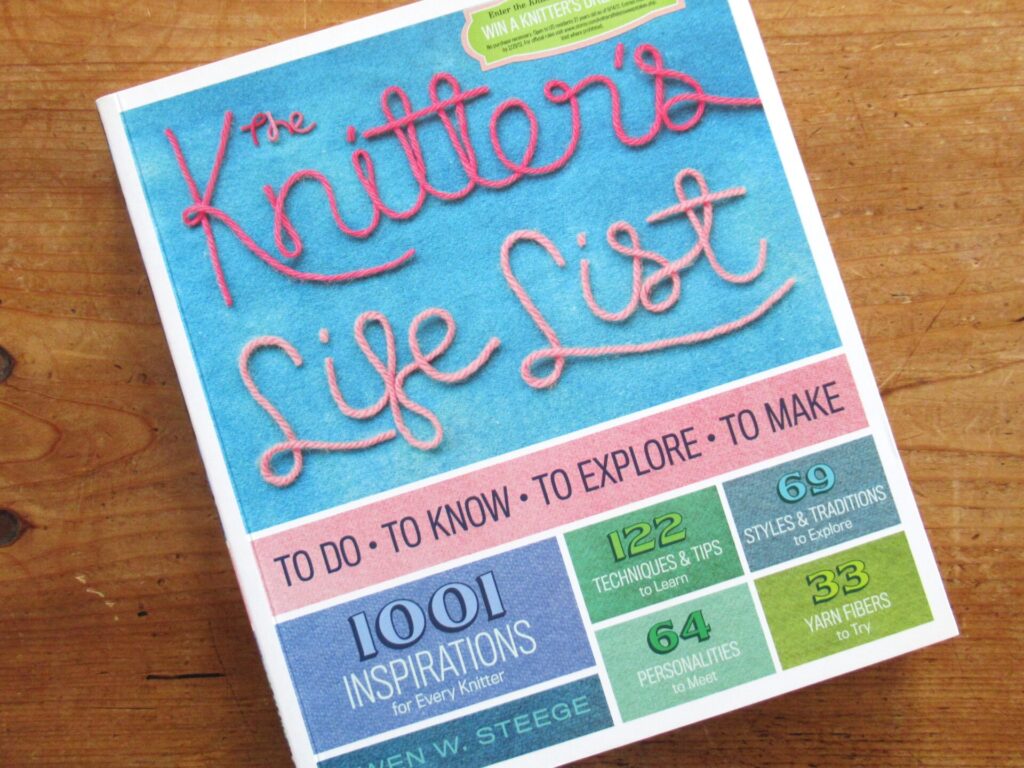
A book with a knitter’s version of a bucket list: The Knitter’s Life List by Gwen W. Steege. It’s a marvellous book with literally hundreds of ideas for knitters: techniques and yarns to explore, skills to learn, patterns to try. Apart from endless lists, it contains lots of tips and interesting background information on techniques, yarns, fibres, people, places to visit etc. etc., as well as inspirational quotes (below p. 96).
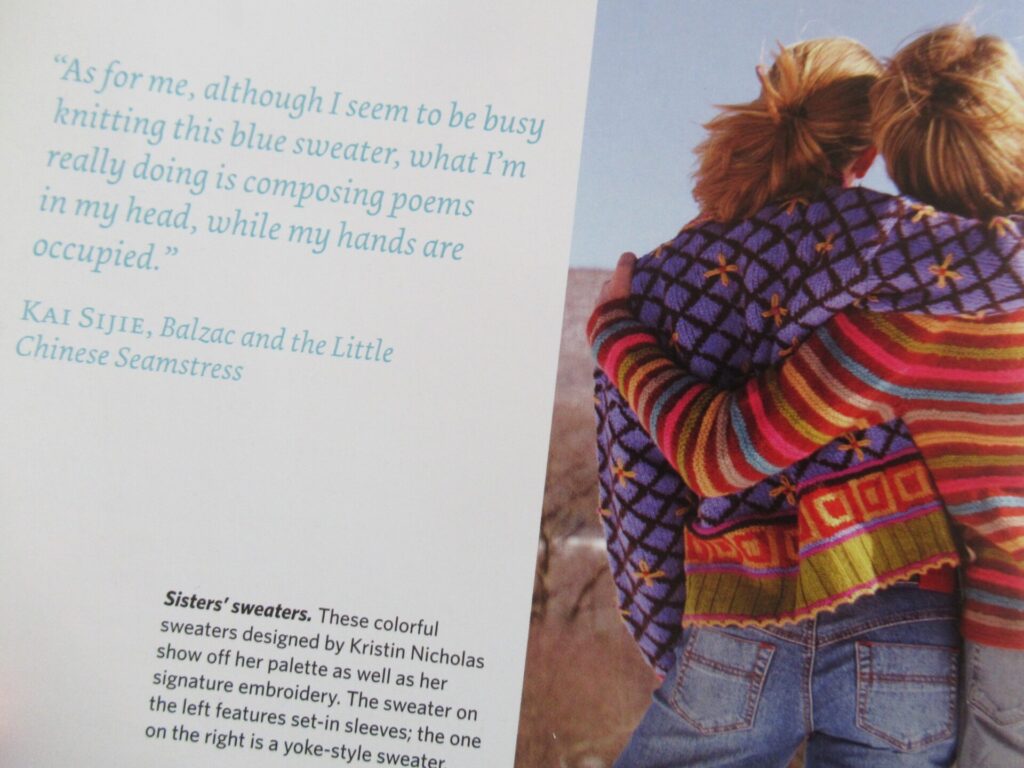
It was published in 2011, and I’ve had mine since then. It is a little dated in some respects (info about designers and patterns), but still very much worth having if you can find a copy. One of the ideas in it I’d love to try someday is thrummed mittens, incorporating tufts of unspun wool for extra warmth (p. 204).
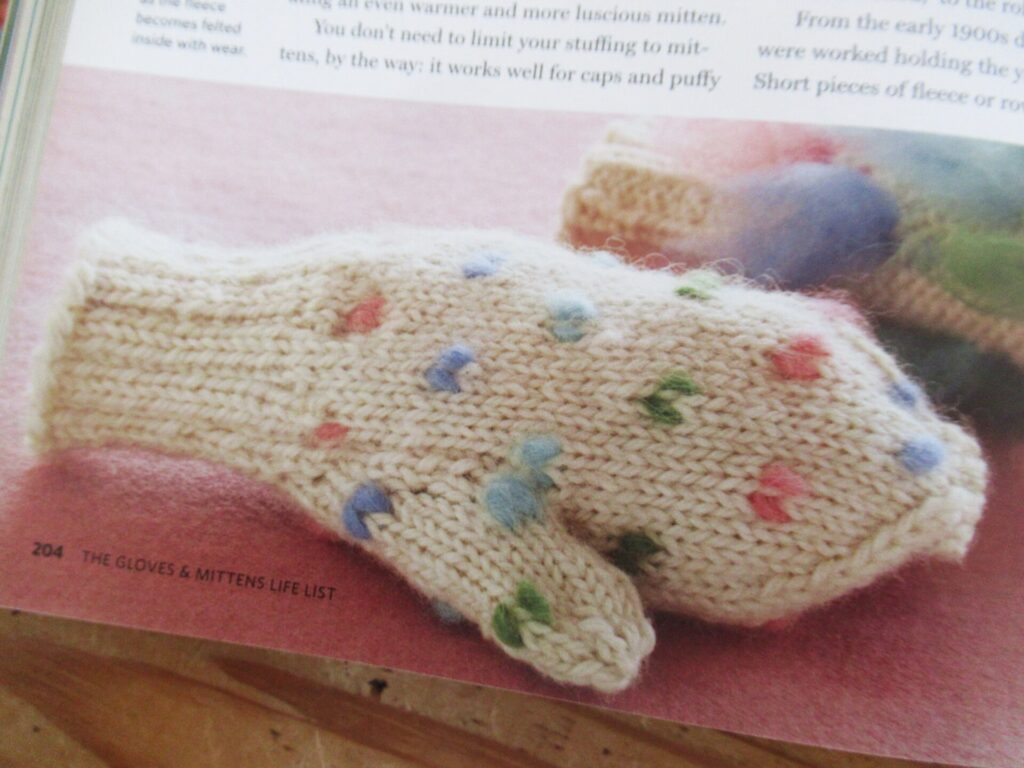
Maybe my feeling of ‘hurry, hurry, hurry’ is what drew me to the small crochet kit for a couple of snails on the Knitting and Crochet Days I wrote about last week. The four tiny bits of yarn in it came with instructions, a postcard and a bookmark.
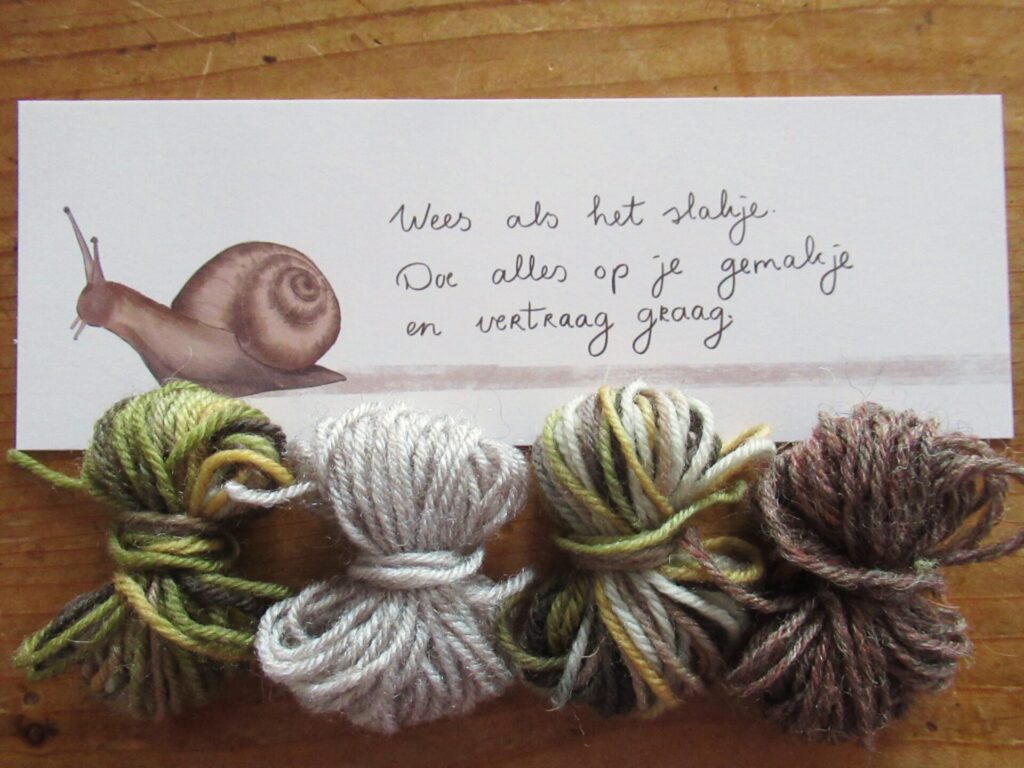
‘Wees als het slakje. Doe alles op je gemakje. Vertraag graag’, the card and bookmark say – ‘Be like a snail. Do everything at your ease. Slow down please.’ I like the sentiment, although I often do not have the patience to be like a snail and really prefer to rush through some things. I found the kit at Lievia’s stall and it was designed by someone with the Instagram name truidabaas.
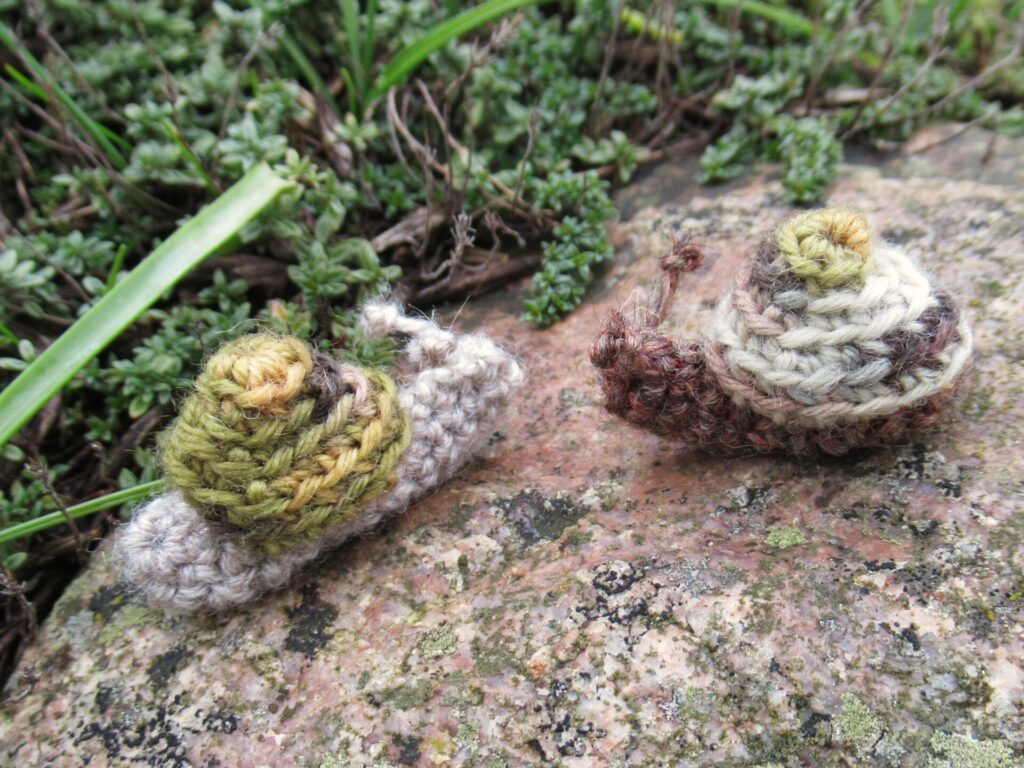
The snails are approx. 4 cm/1.6” long and are crocheted using a 2-2.5 mm hook. The instructions were a bit of a puzzle, to be honest, but I ended up with something that looks like a snail so that’s okay.
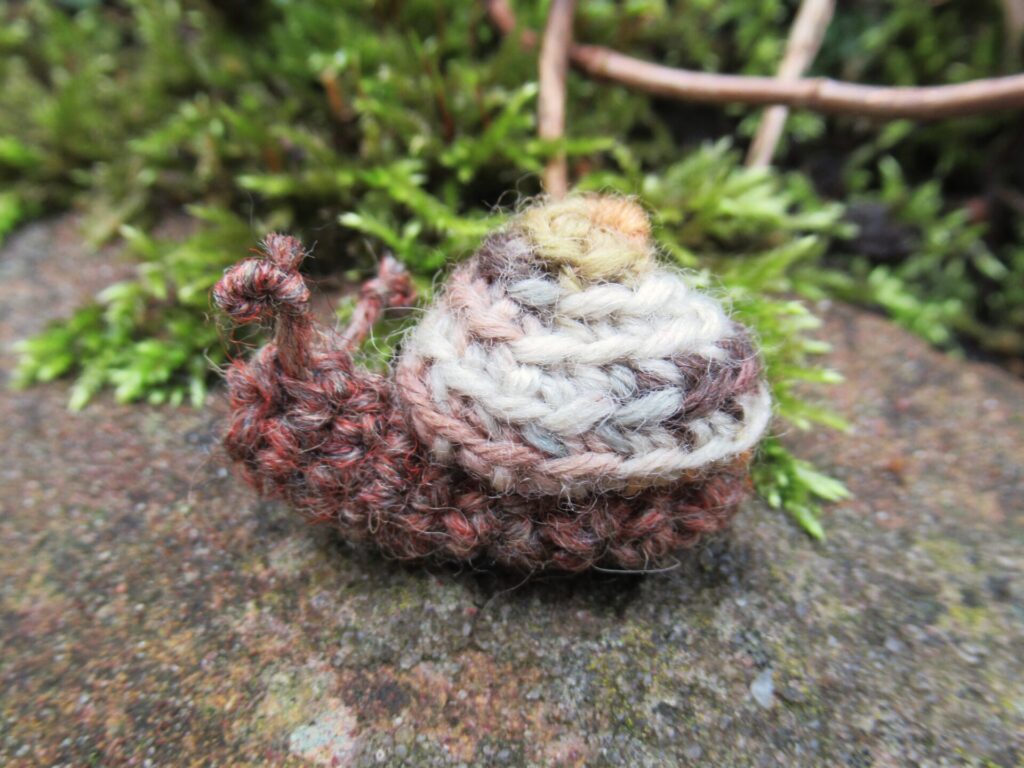
Crocheting these wee creatures is one of those things that seem to make time slow down. I often have the same feeling when I’m knitting. While knitting, I rarely feel hurried. On the whole it doesn’t make any difference to me whether something is finished quickly or not. It just takes the time it takes. My Helma cardigan is progressing at a snail’s pace and that’s fine.
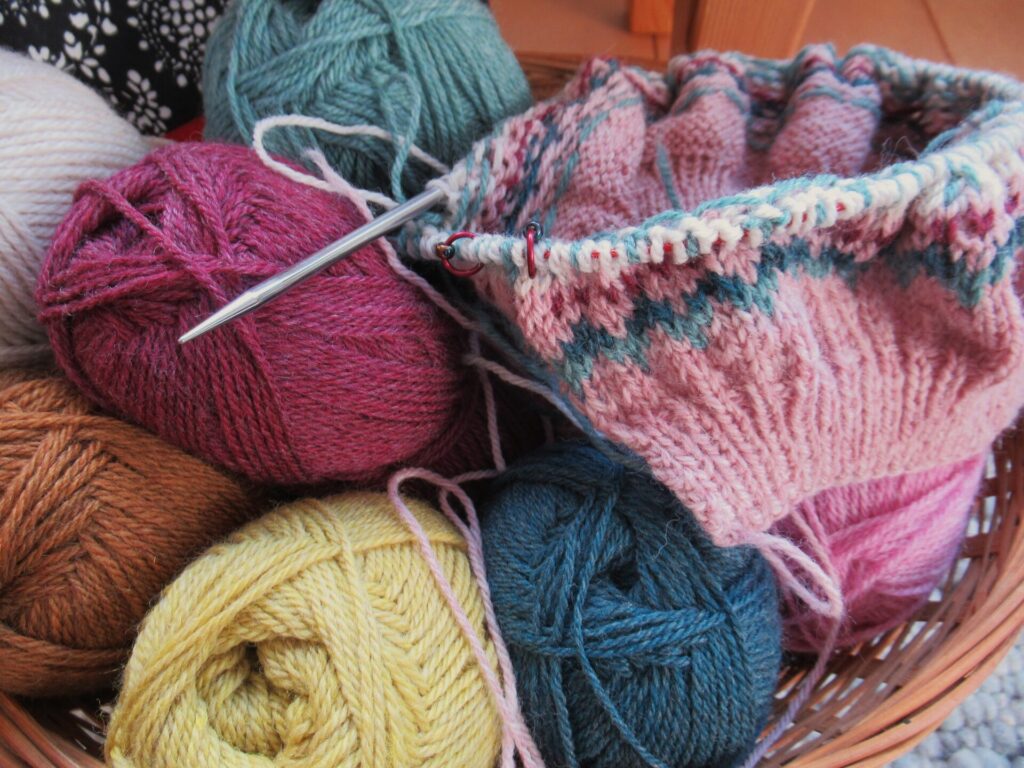
Knits for my grandsons are the exception, though – they have to be finished before the boys have outgrown them. I want to finish the tractor sweater for my eldest grandson asap.
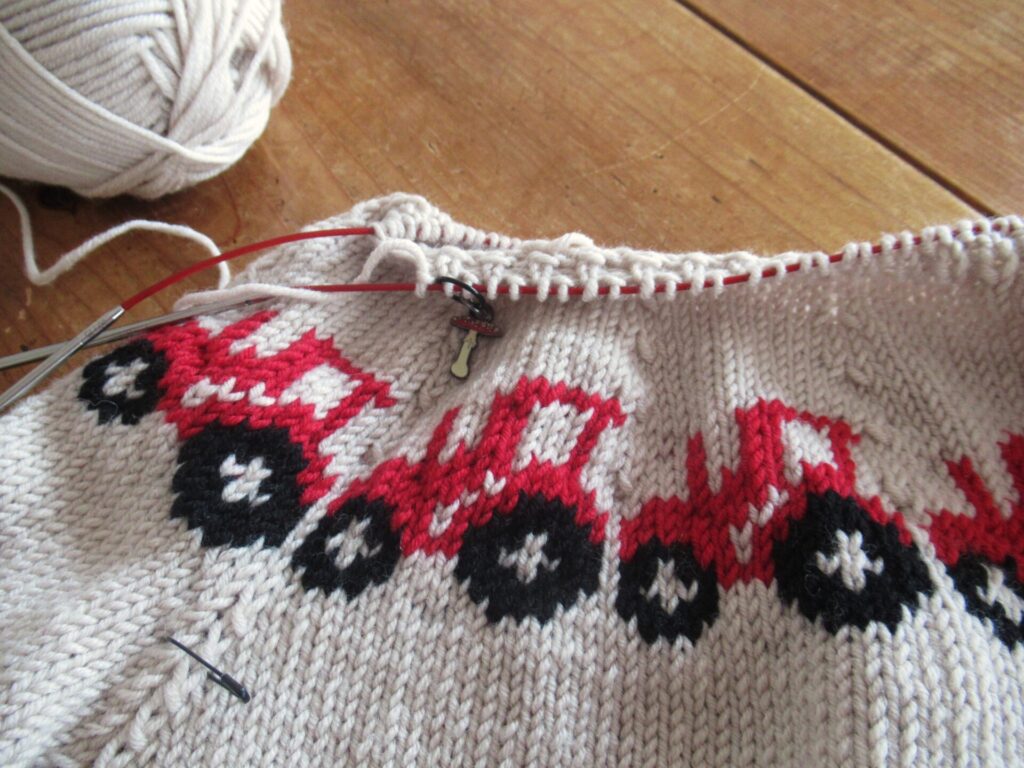
I’m also going to knit a matching tractor hat and hope to have everything finished next week. Or is that totally unrealistic? We’ll see. Well, that’s it for today. Wishing you a good week, with plenty of opportunities to go at your own pace, whether that’s a snail’s or a cheetah’s.
